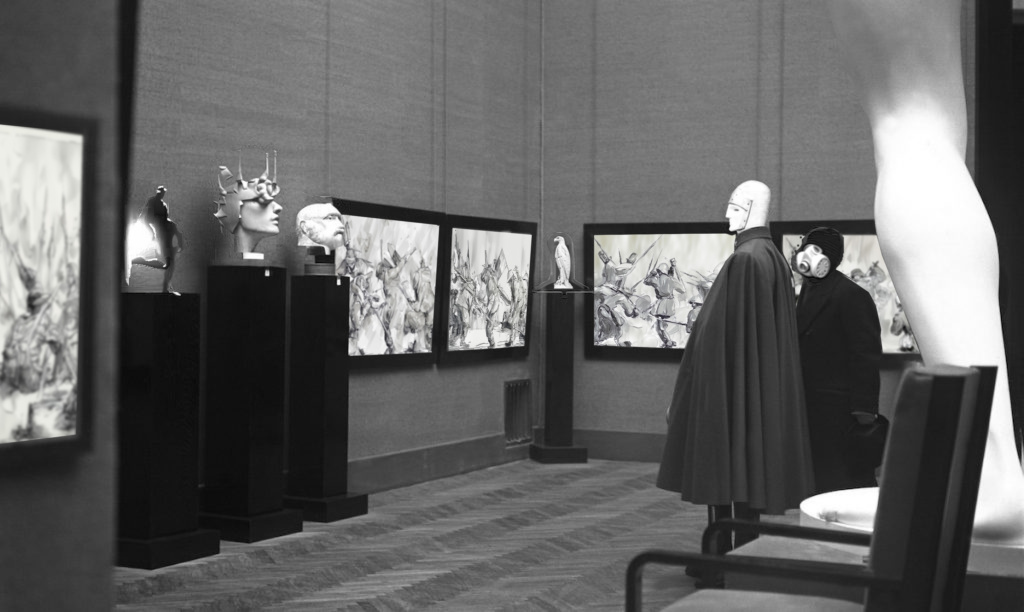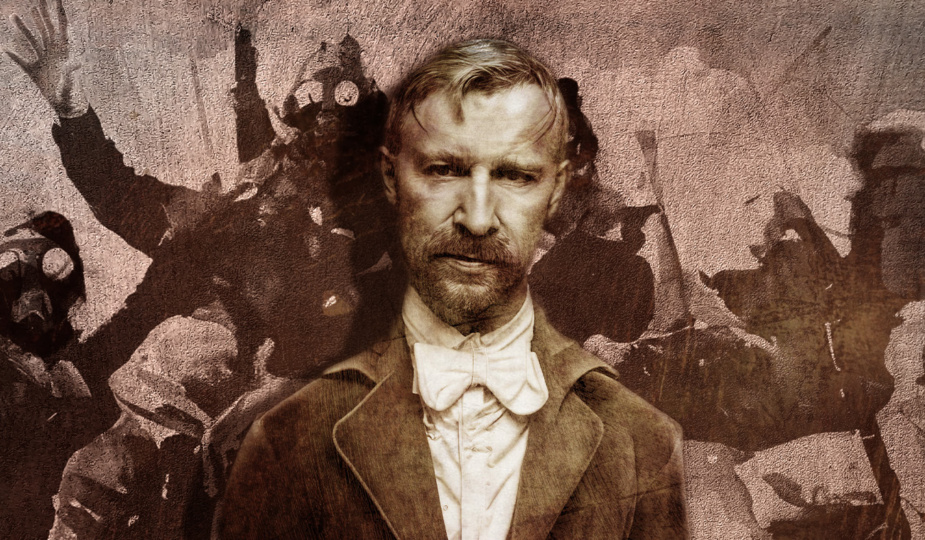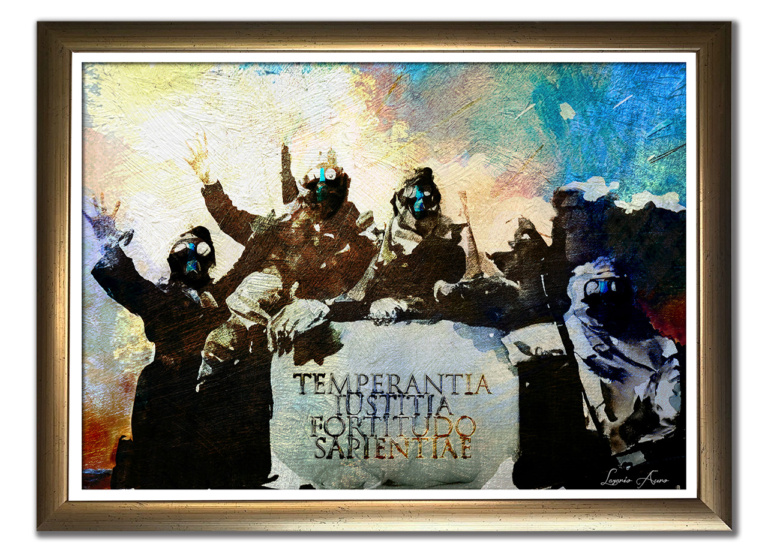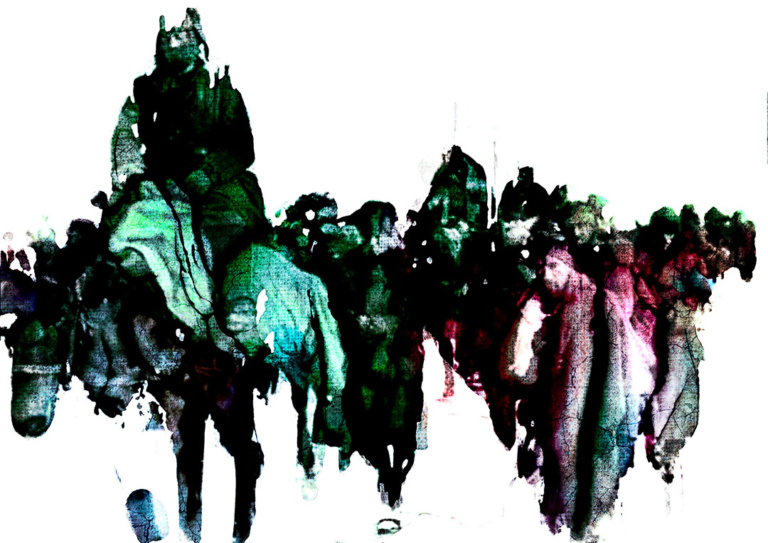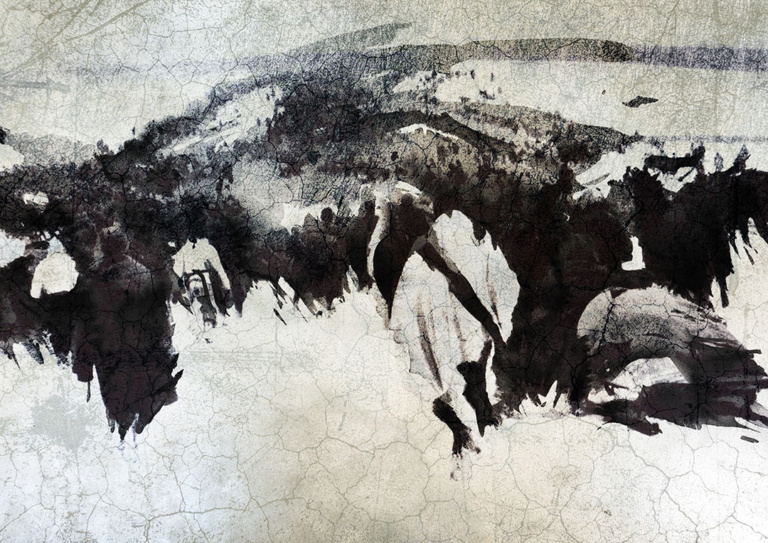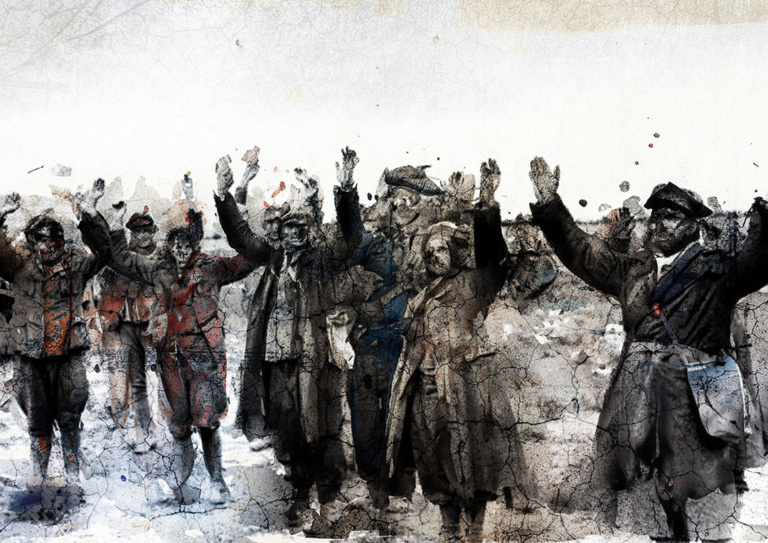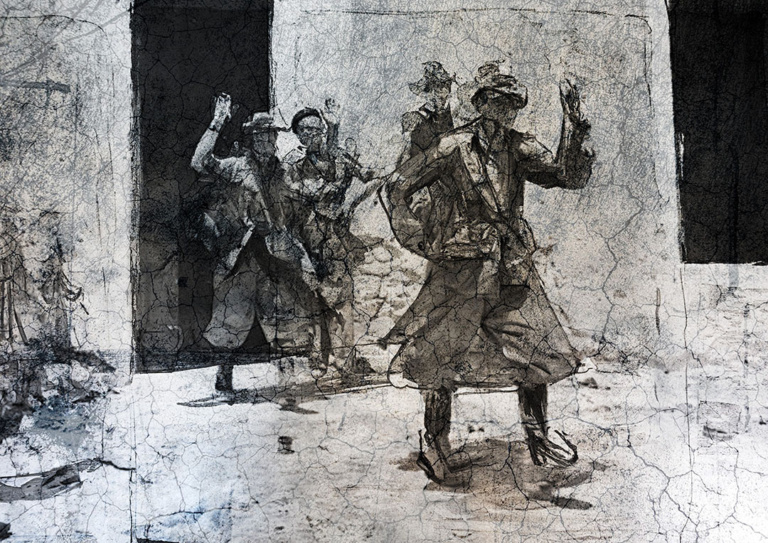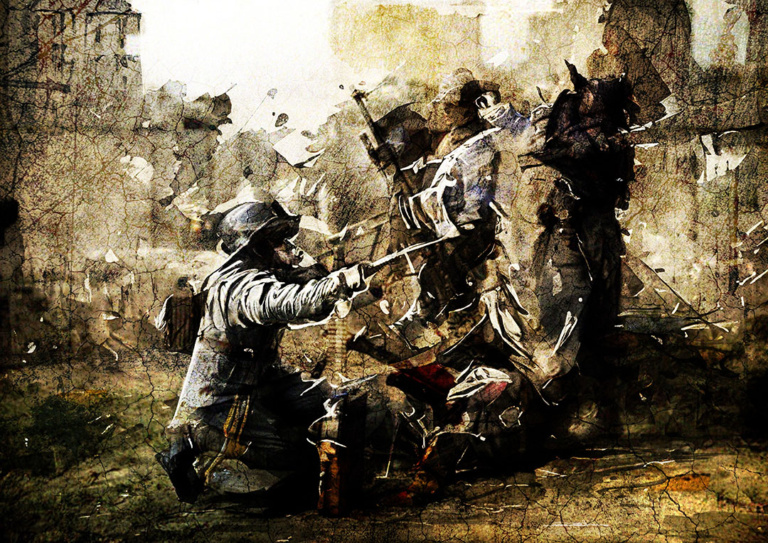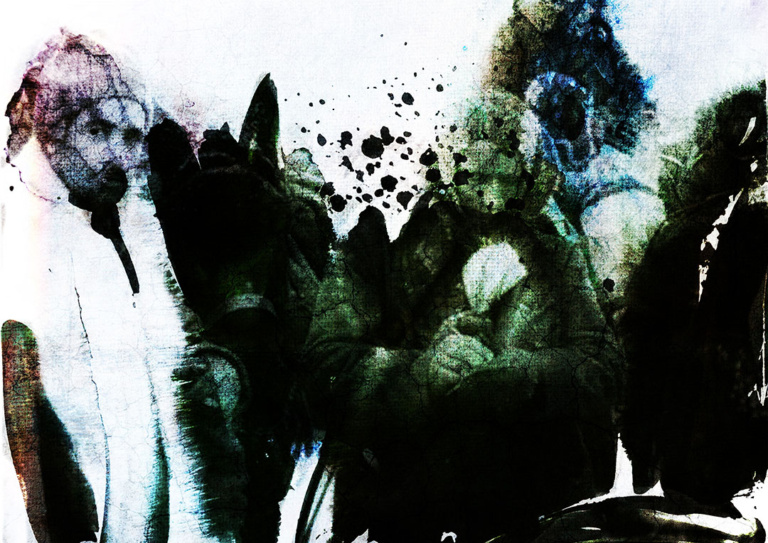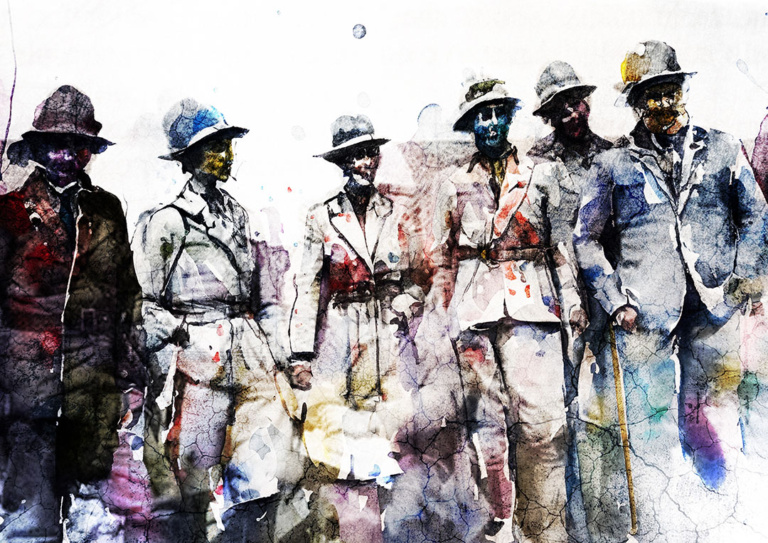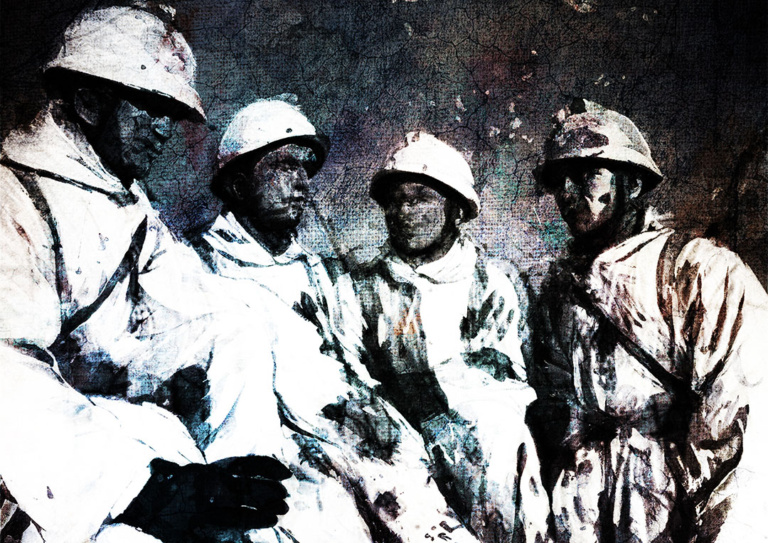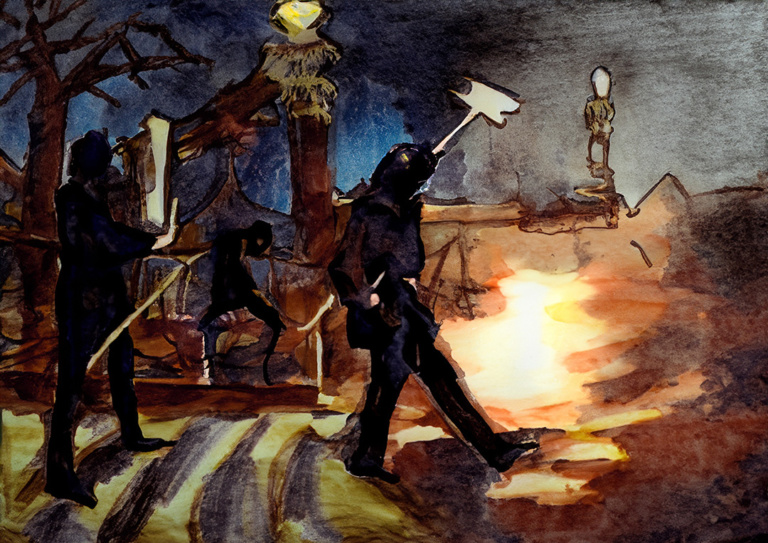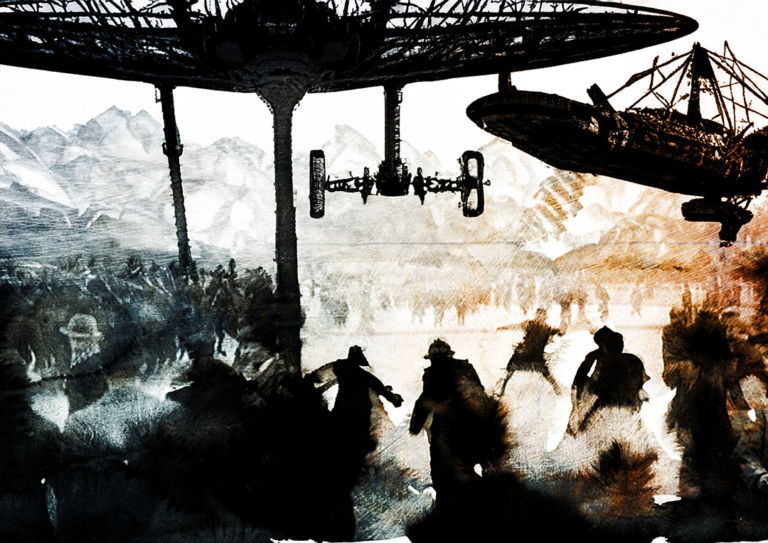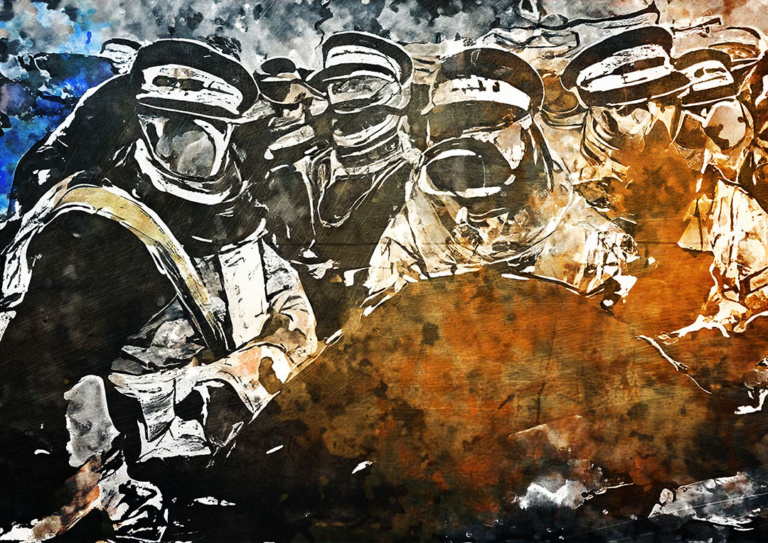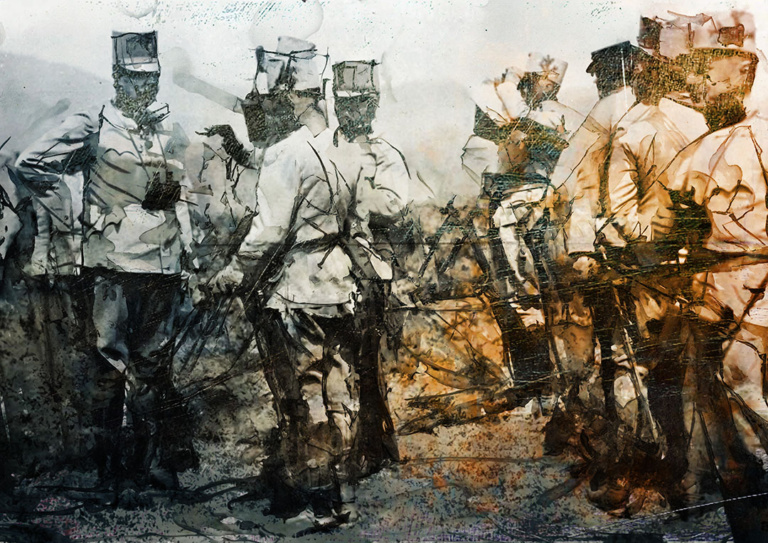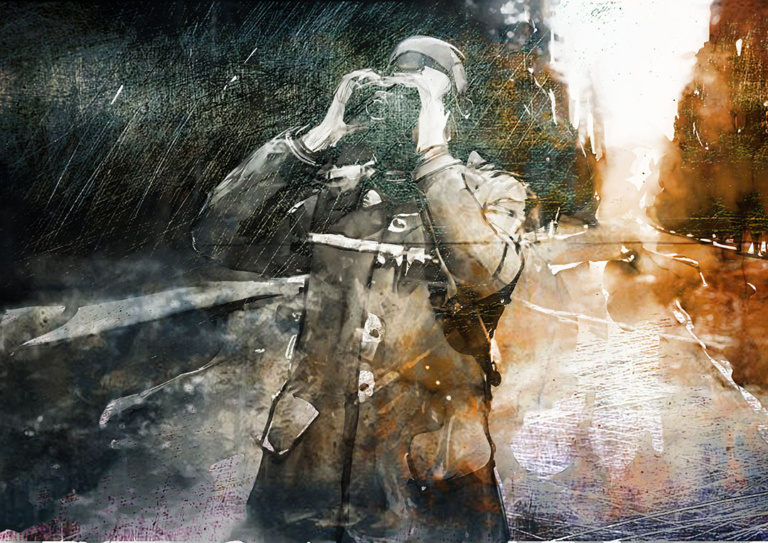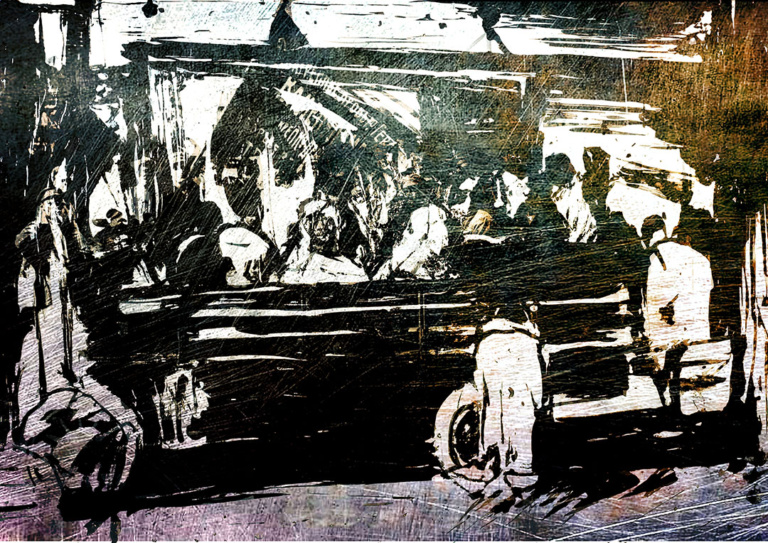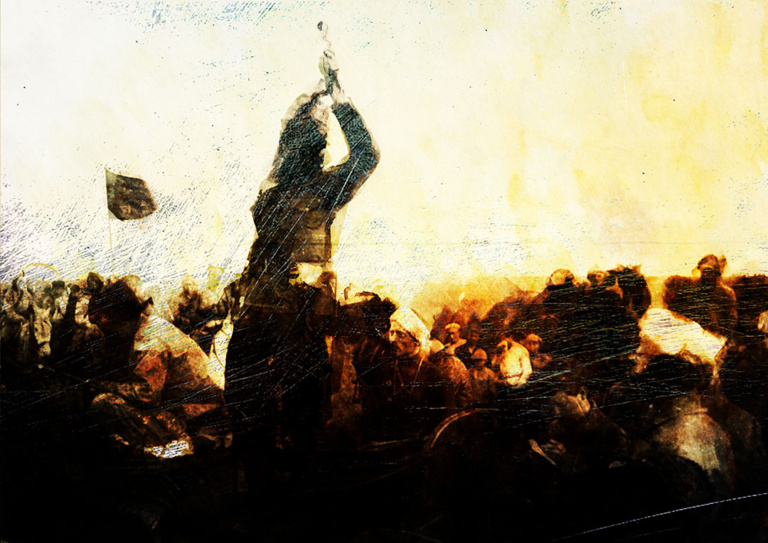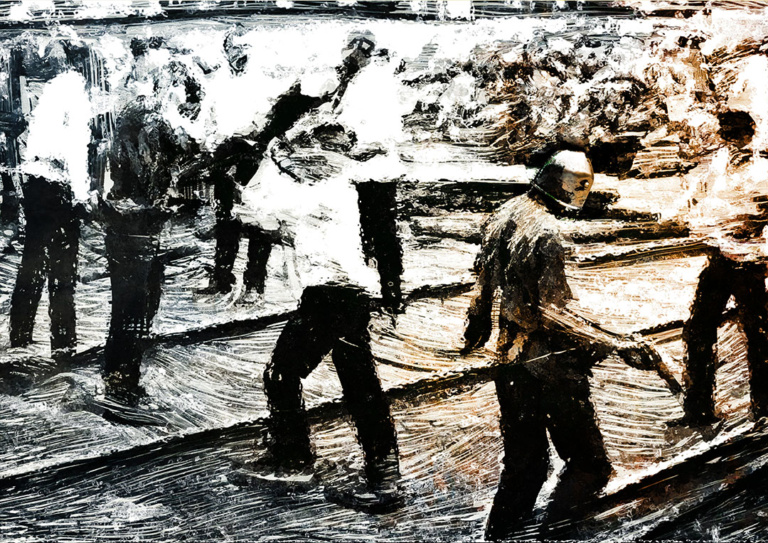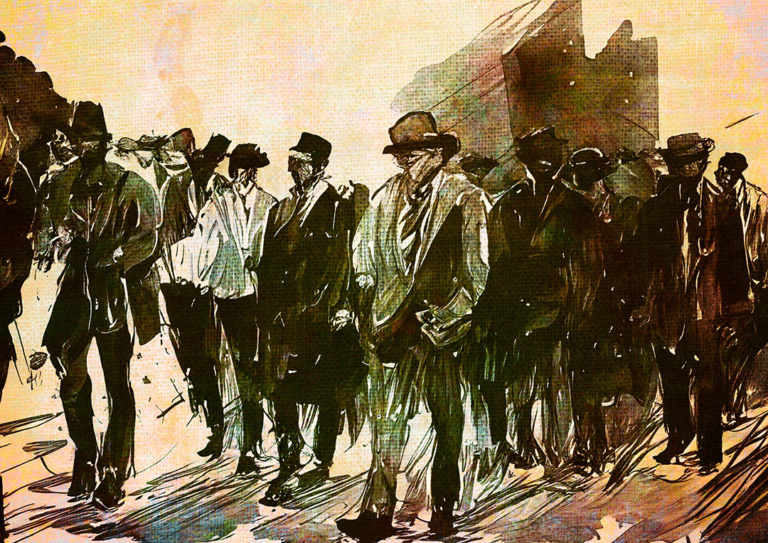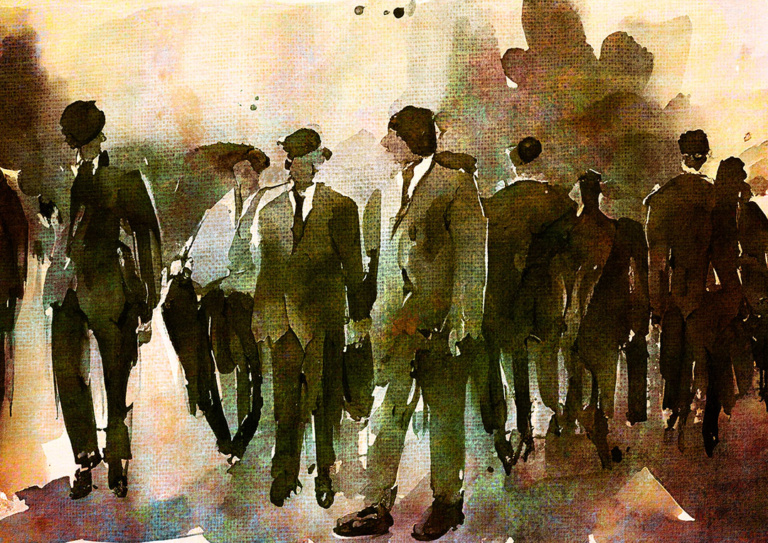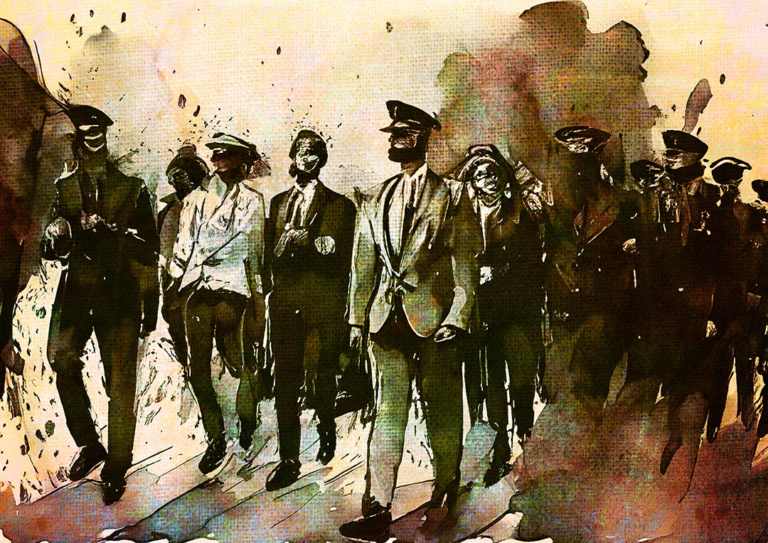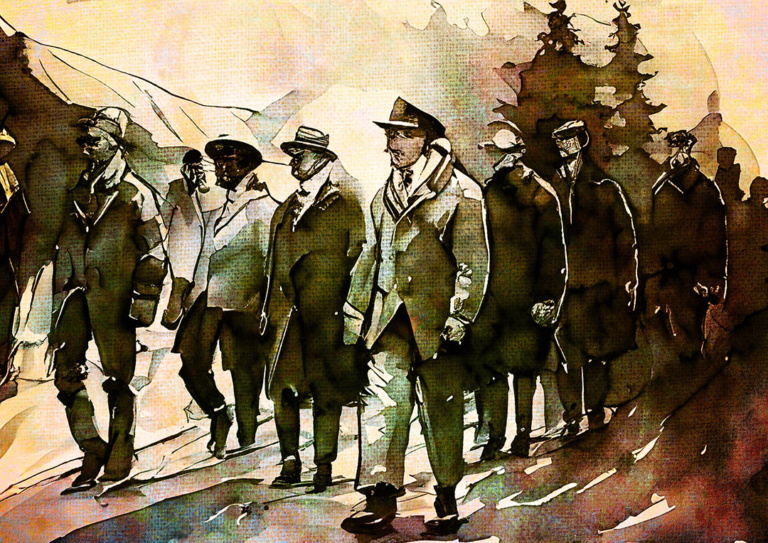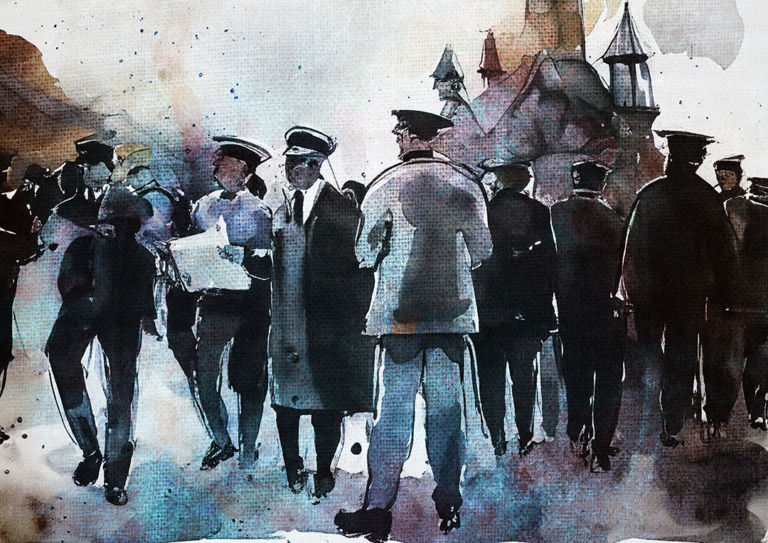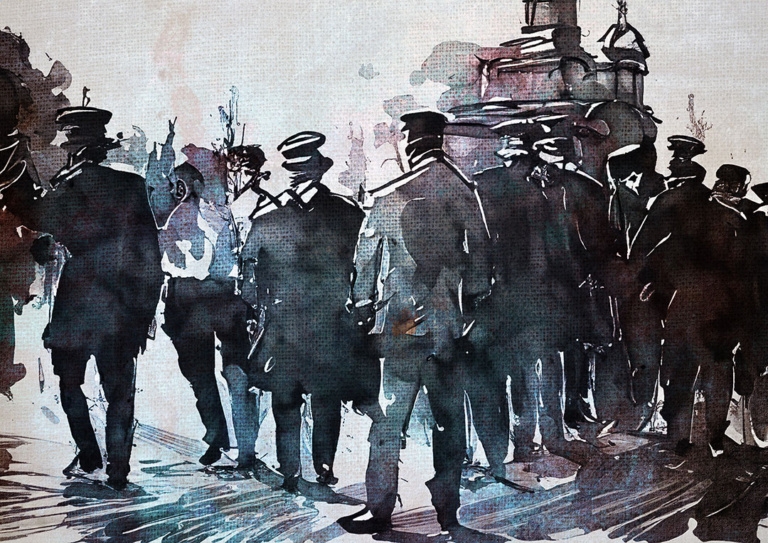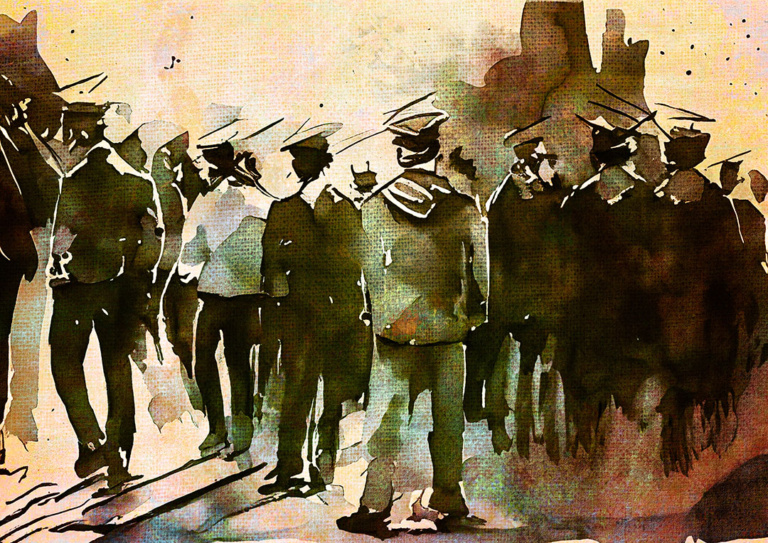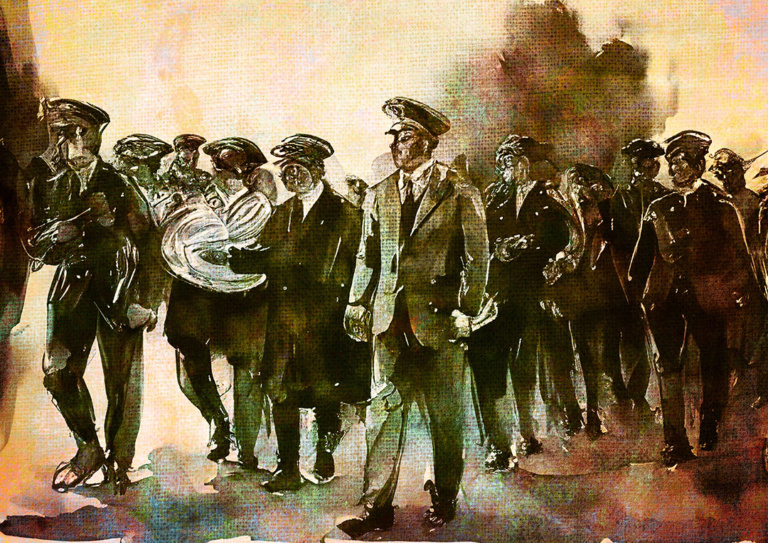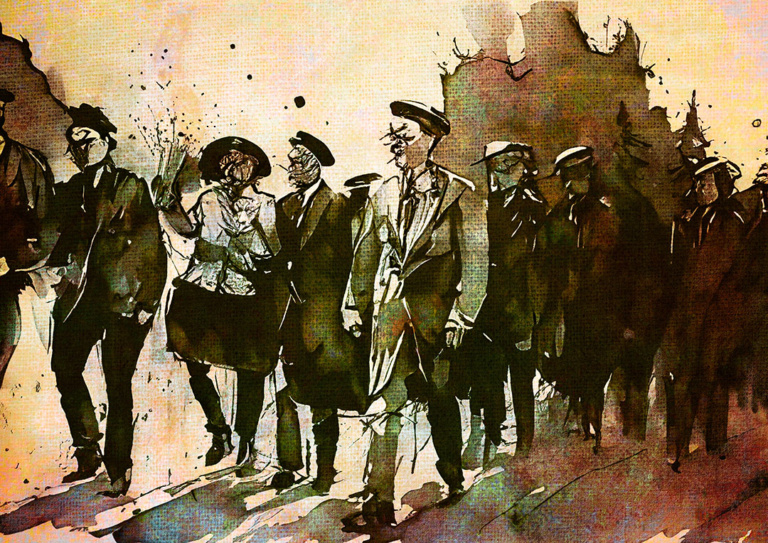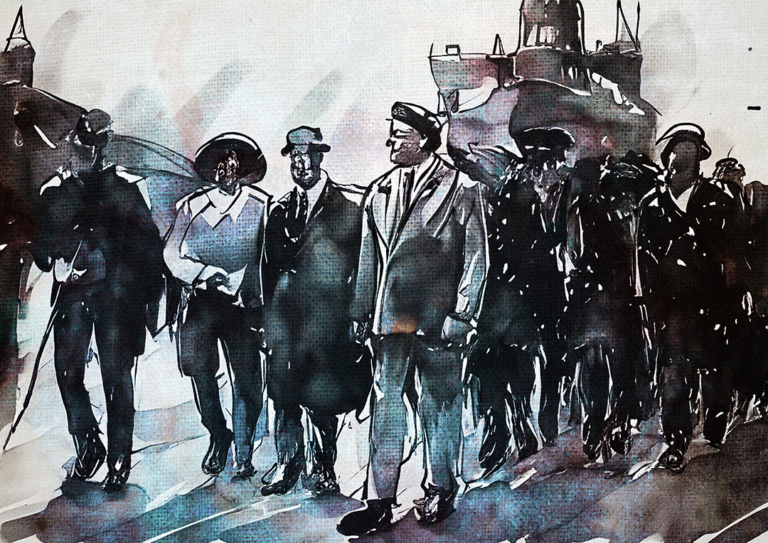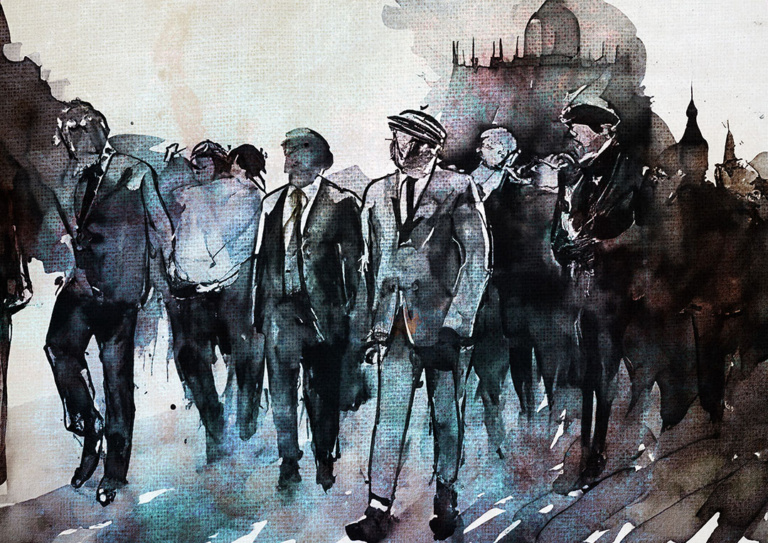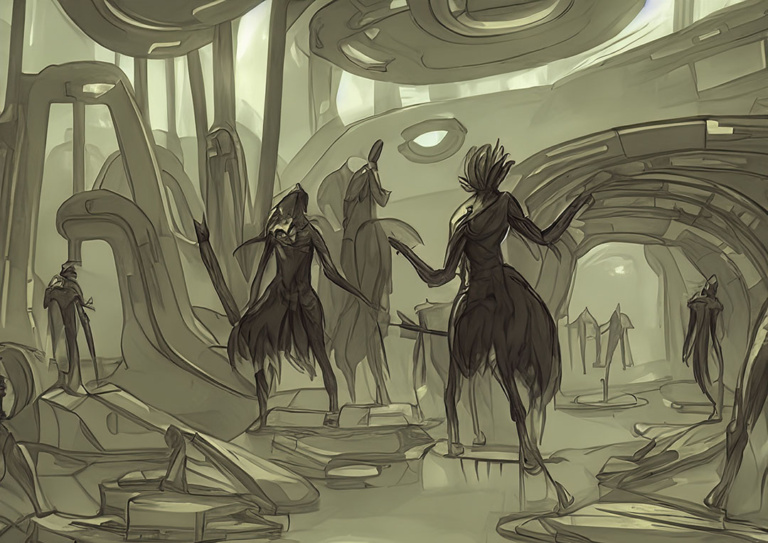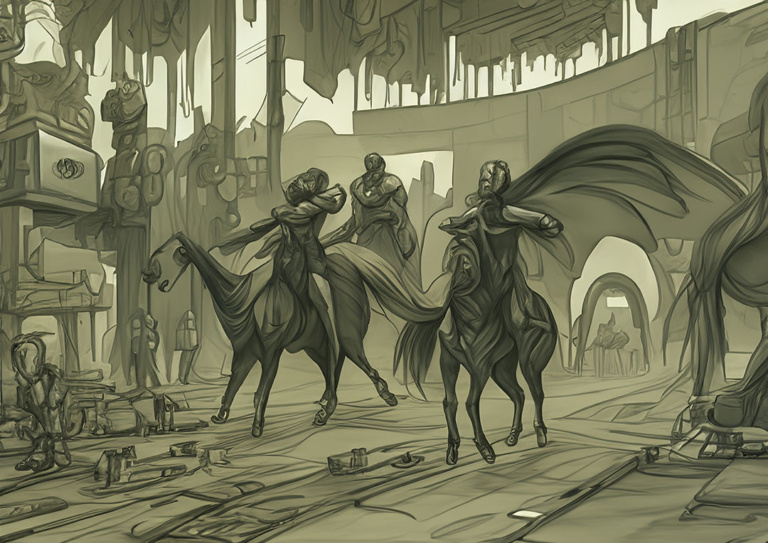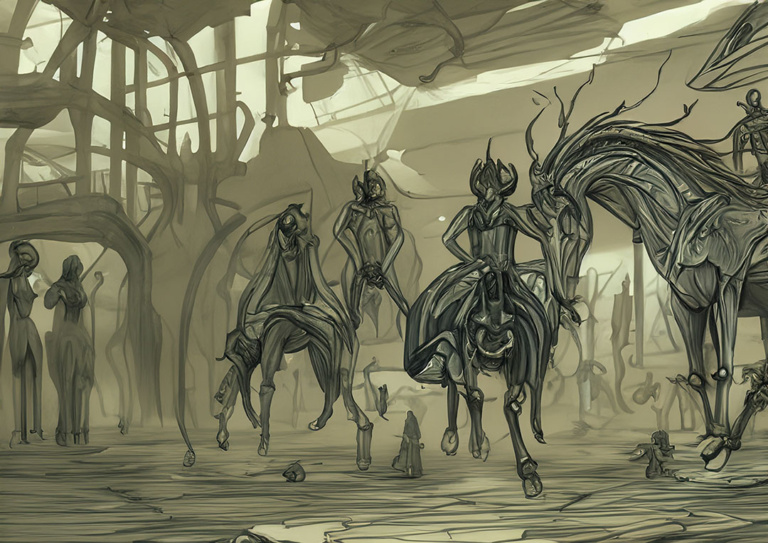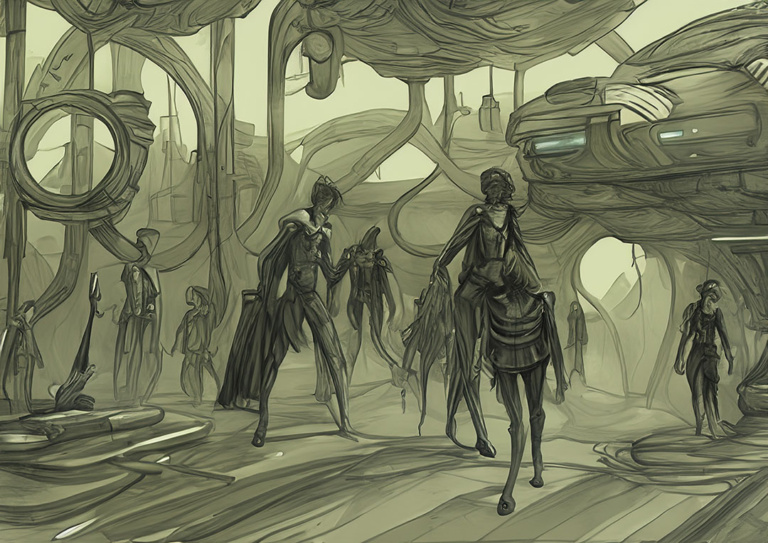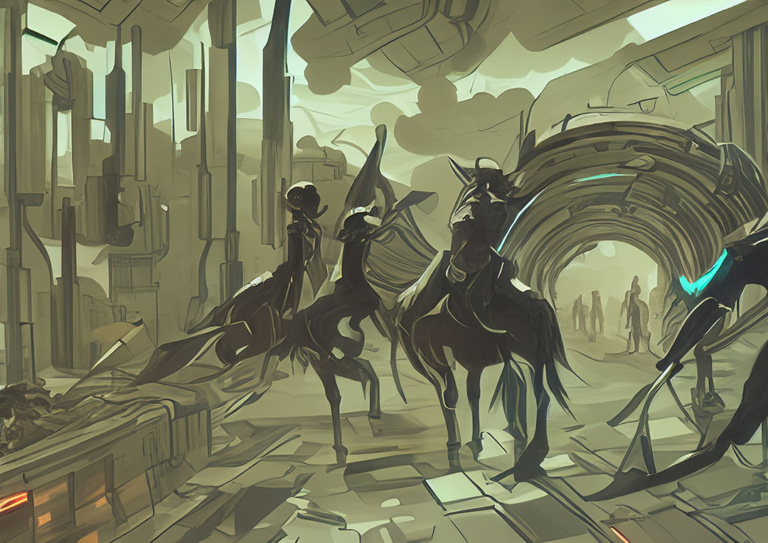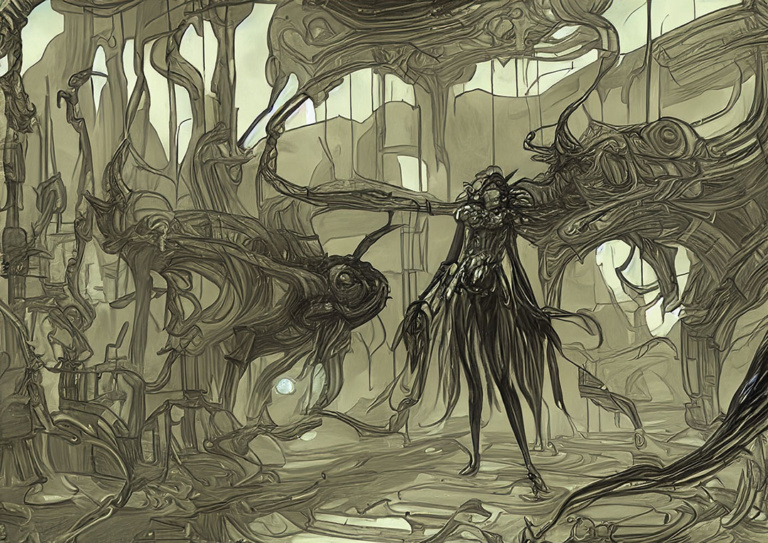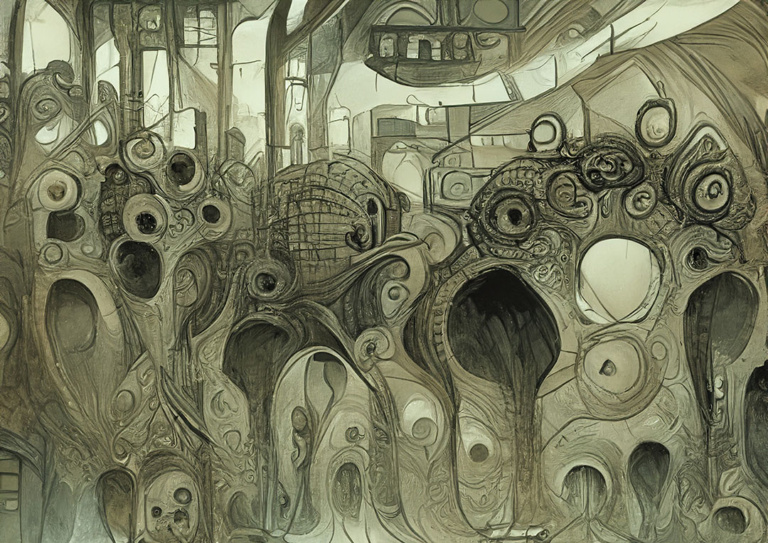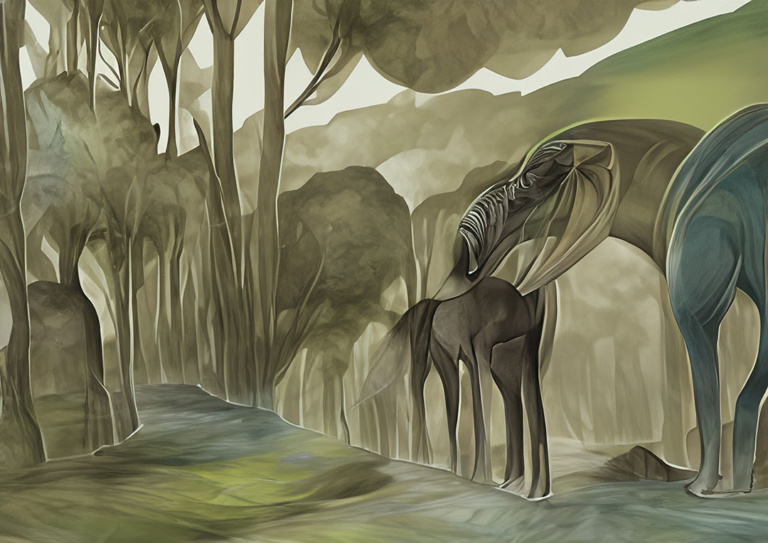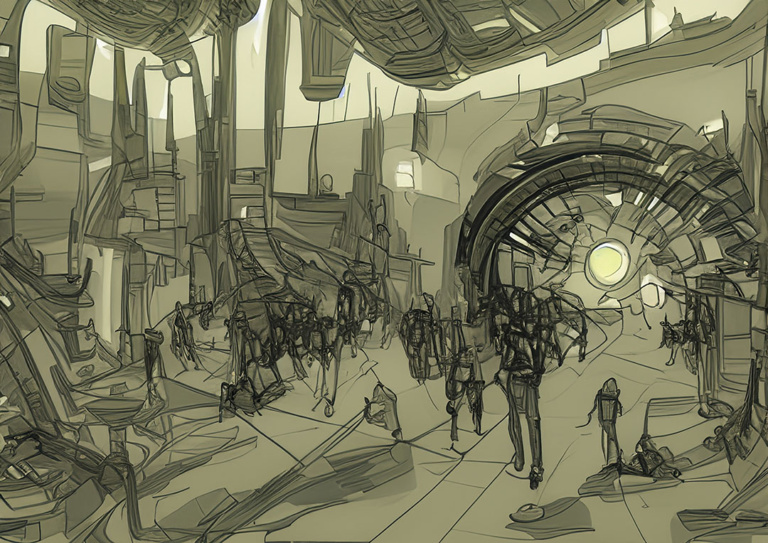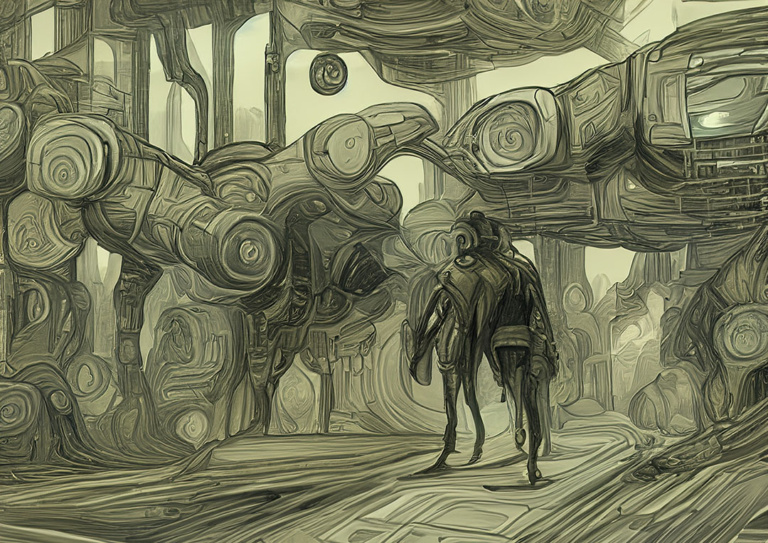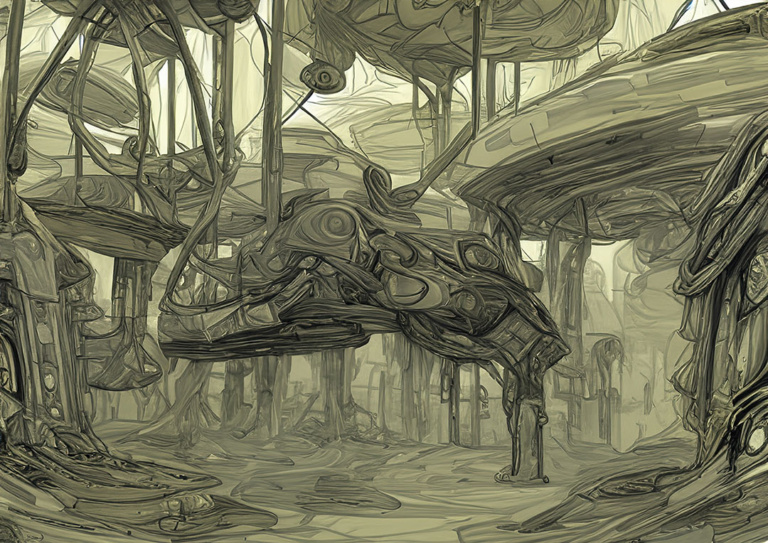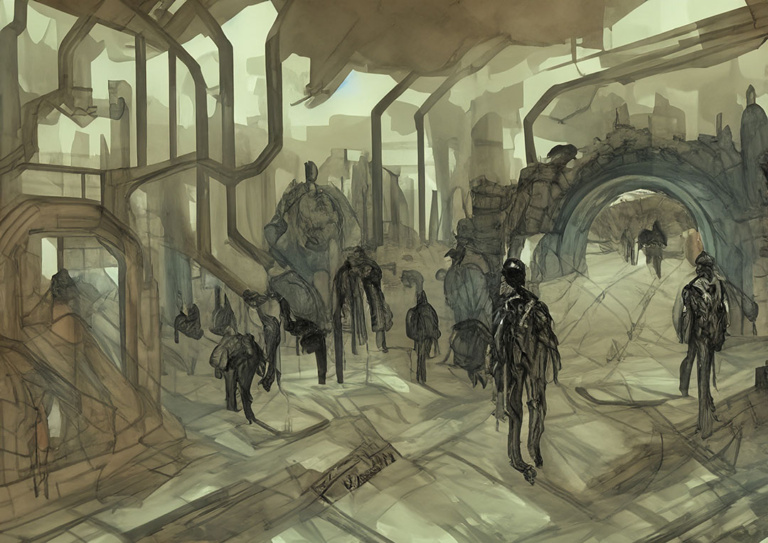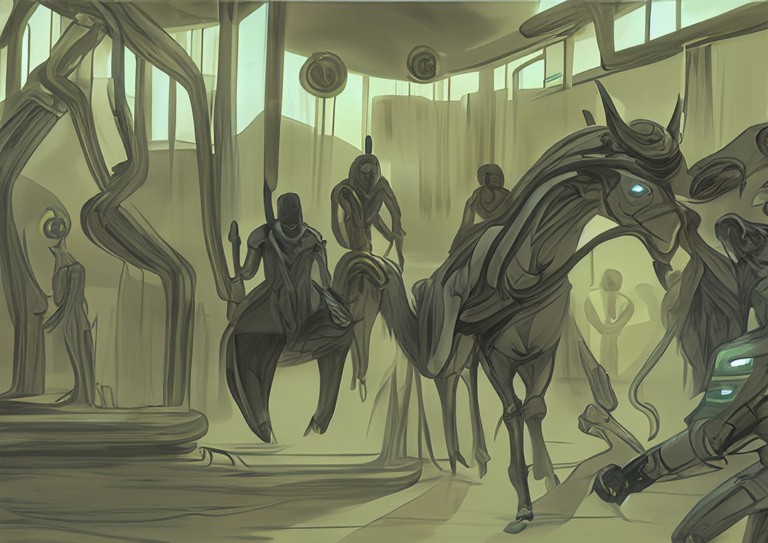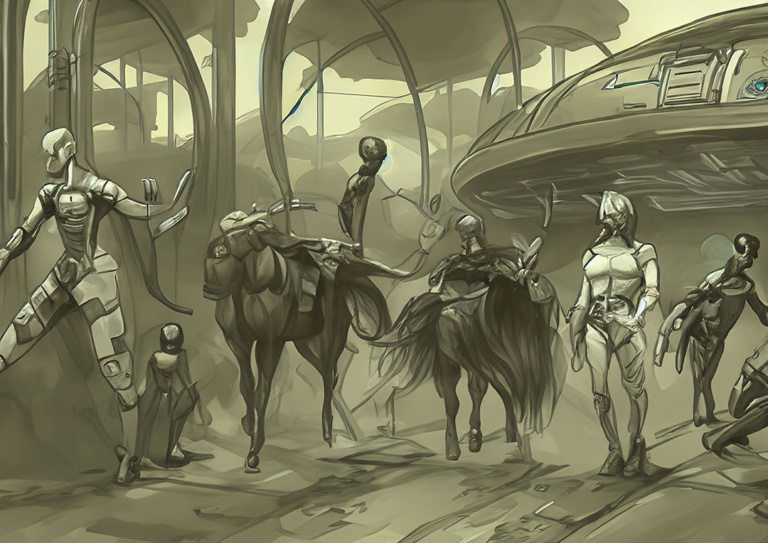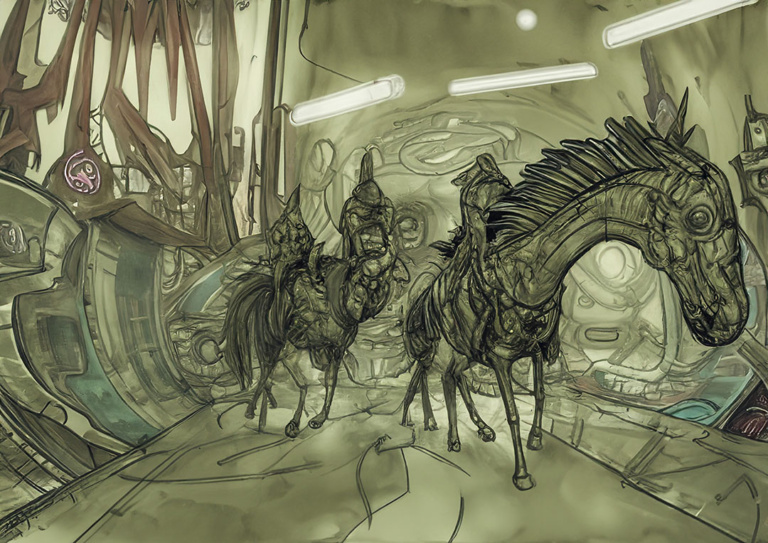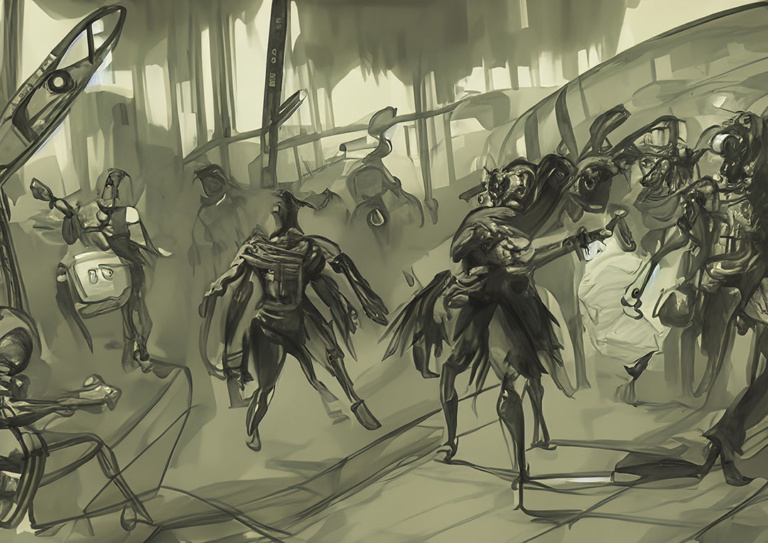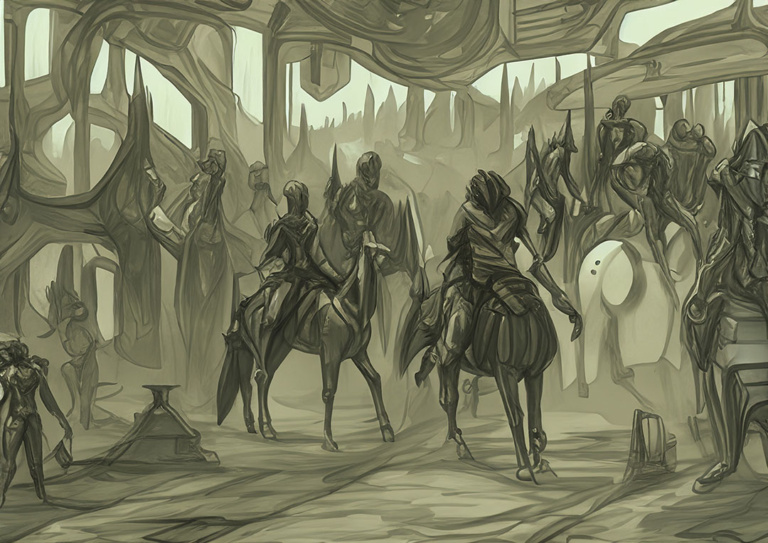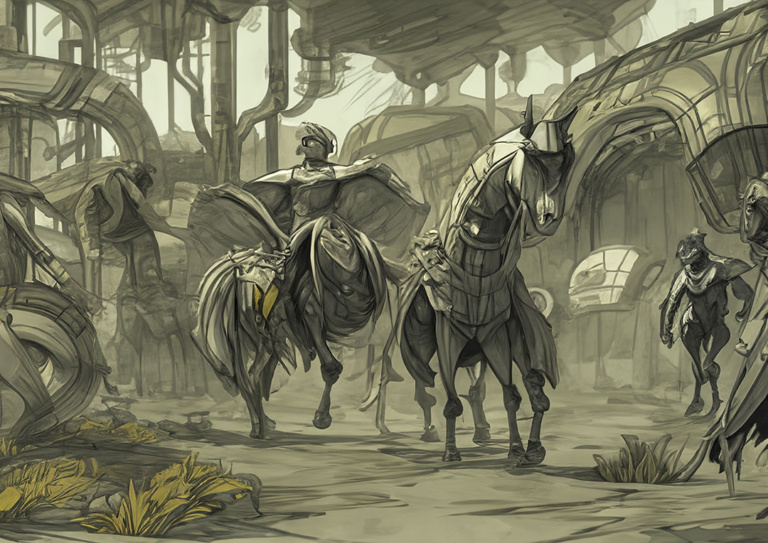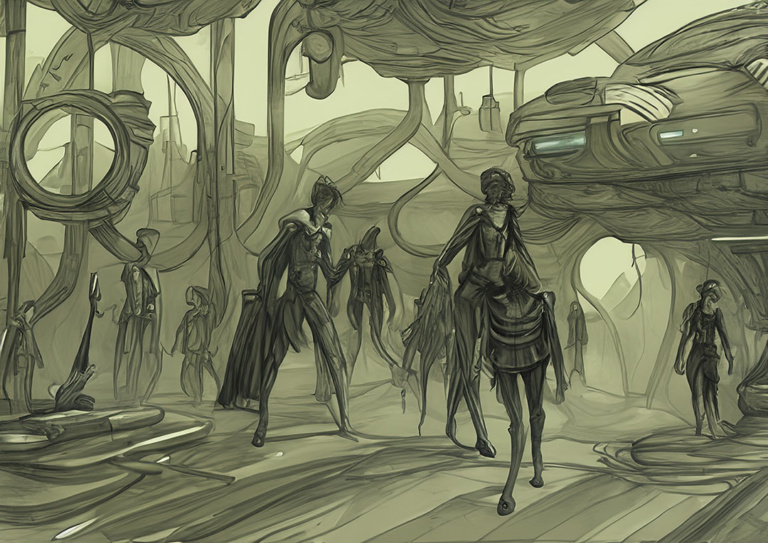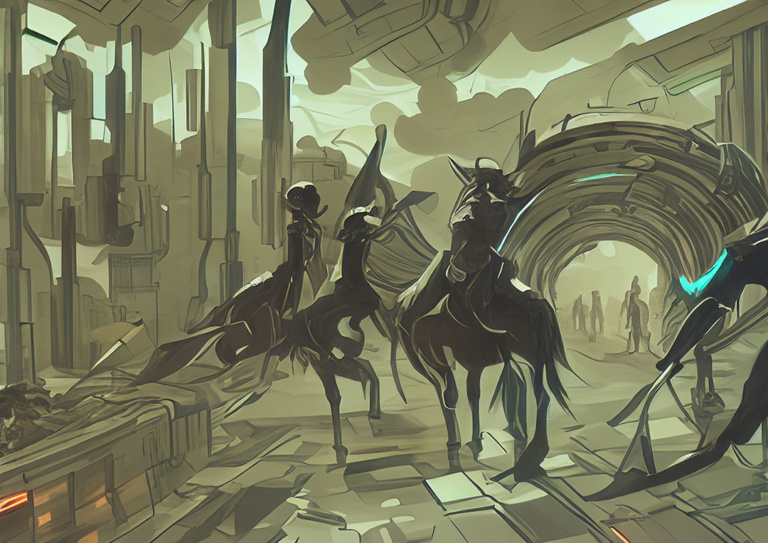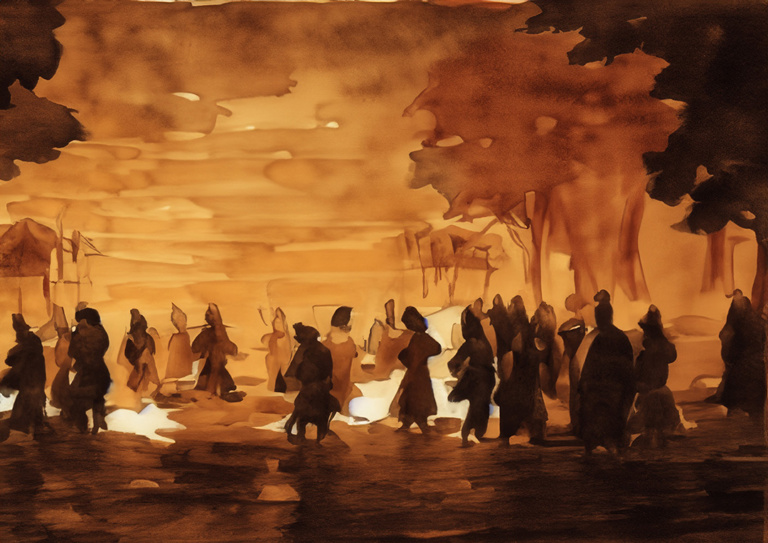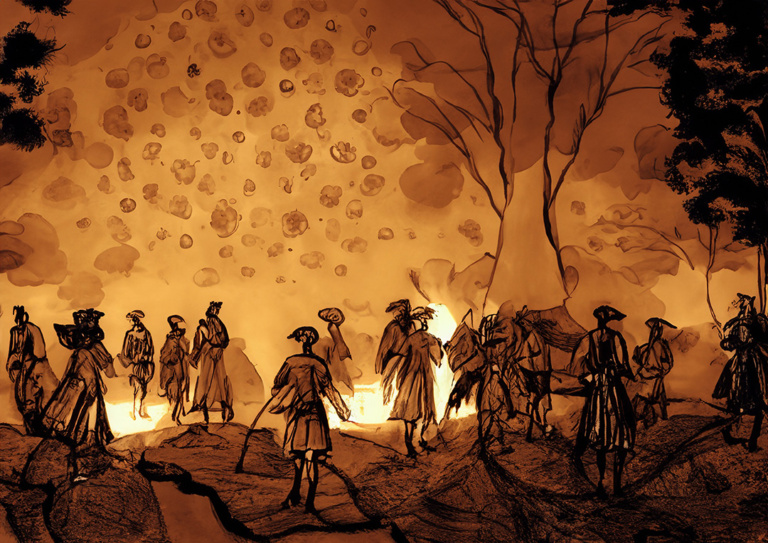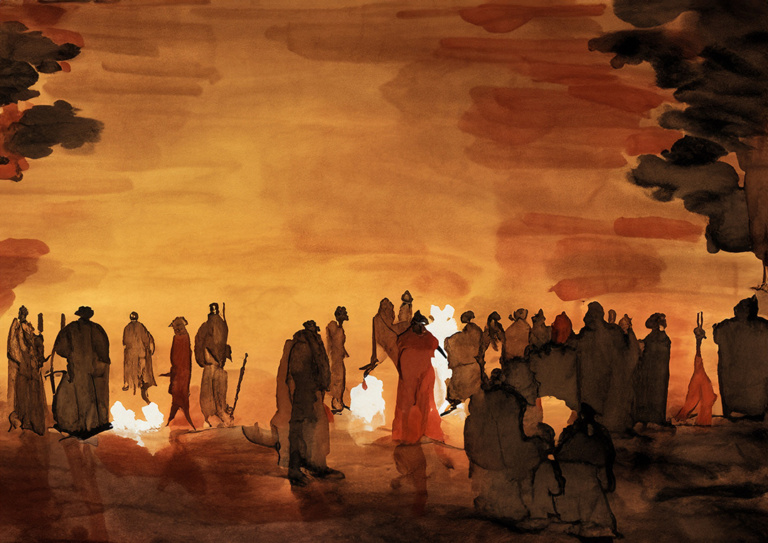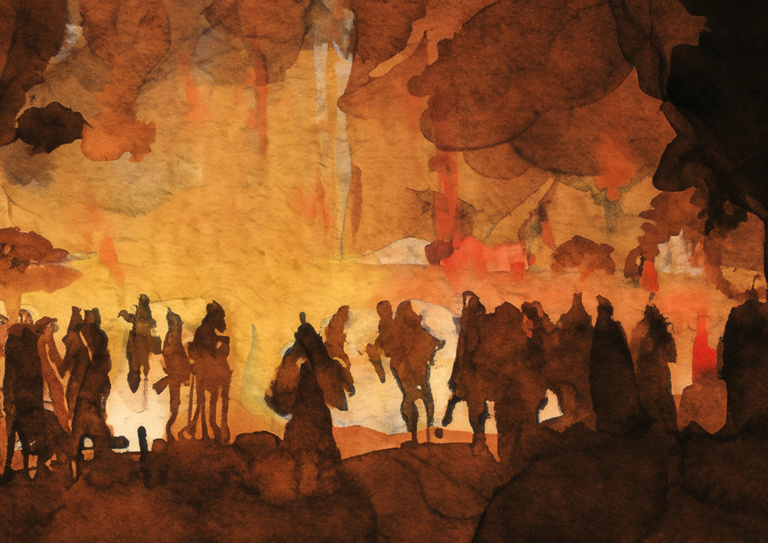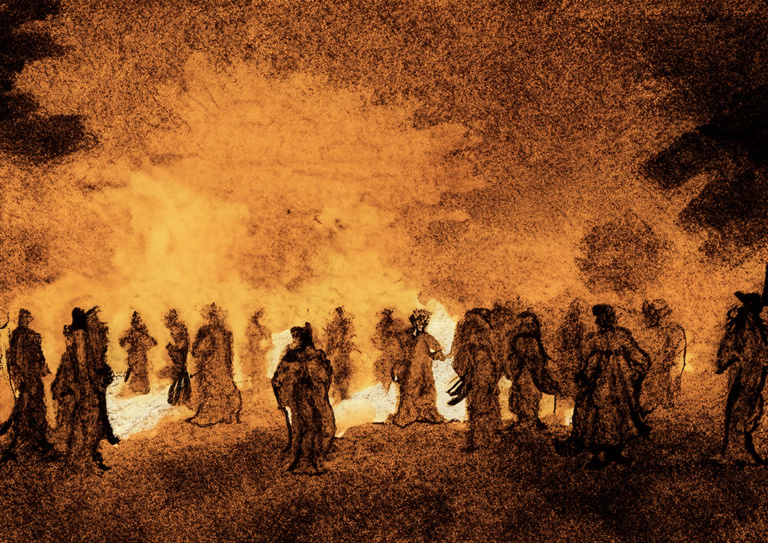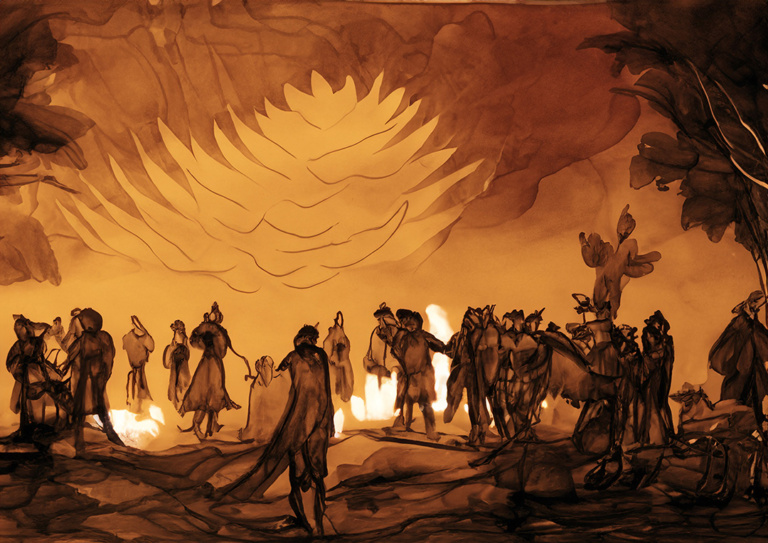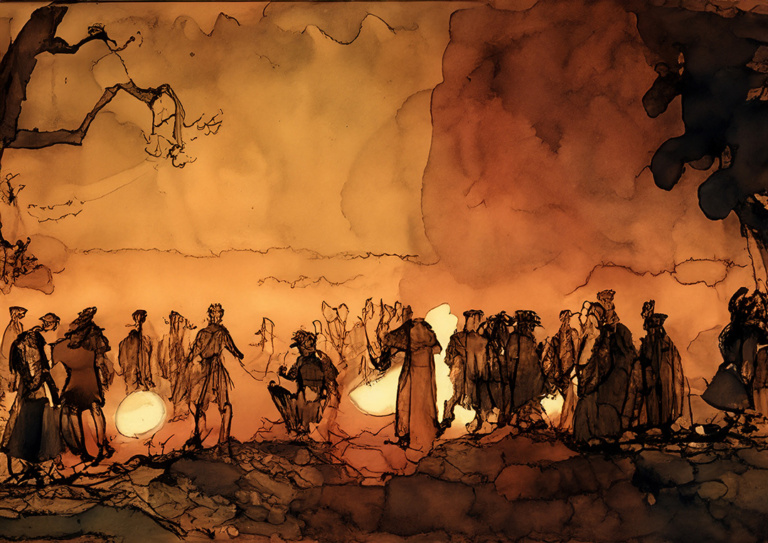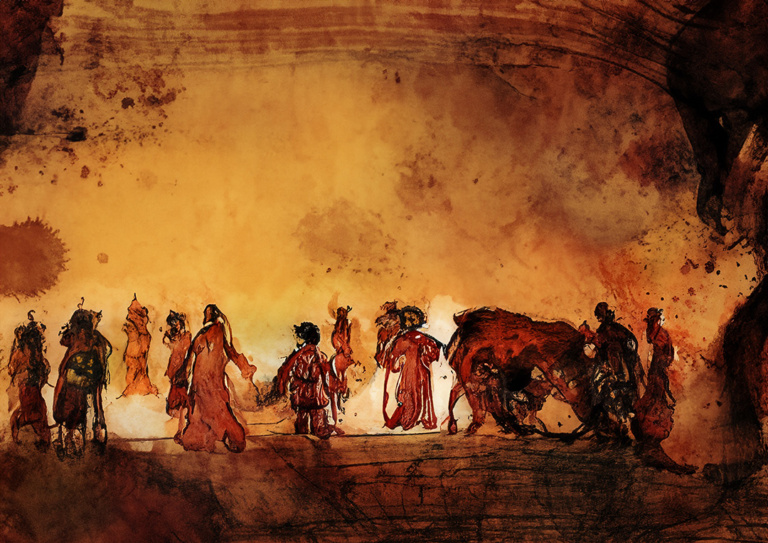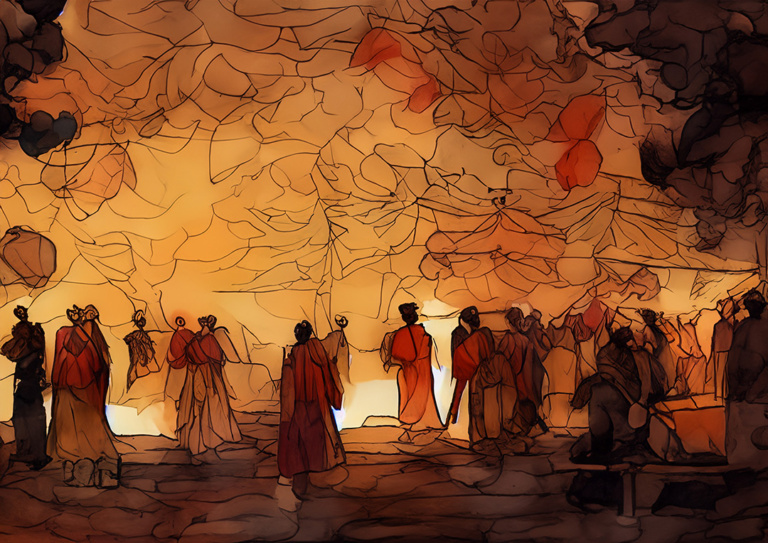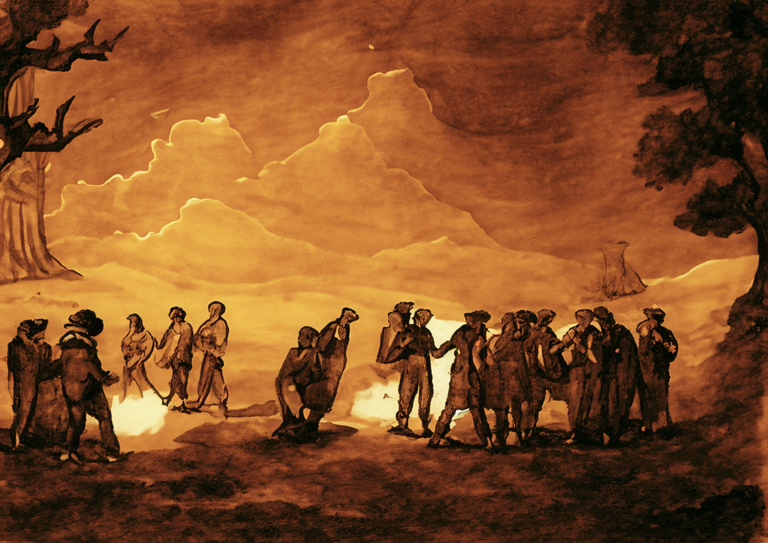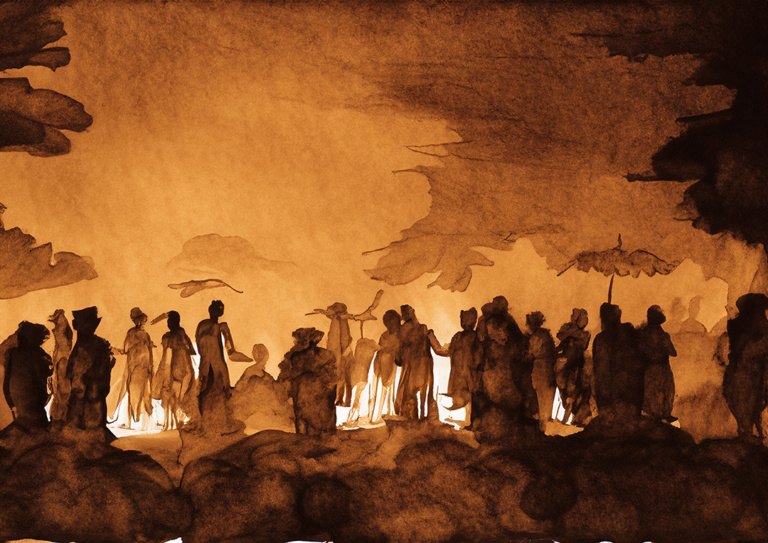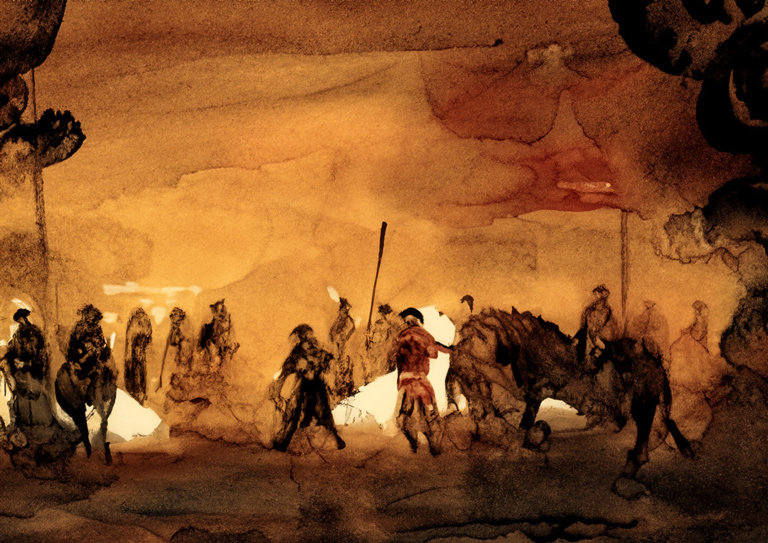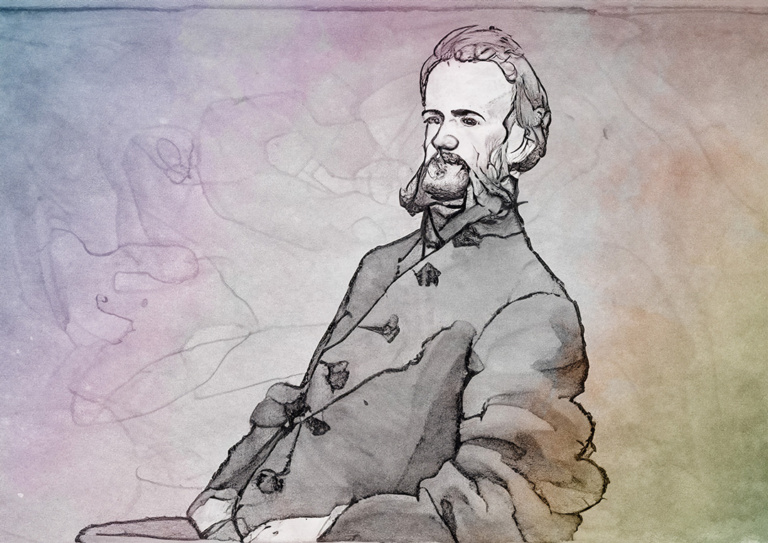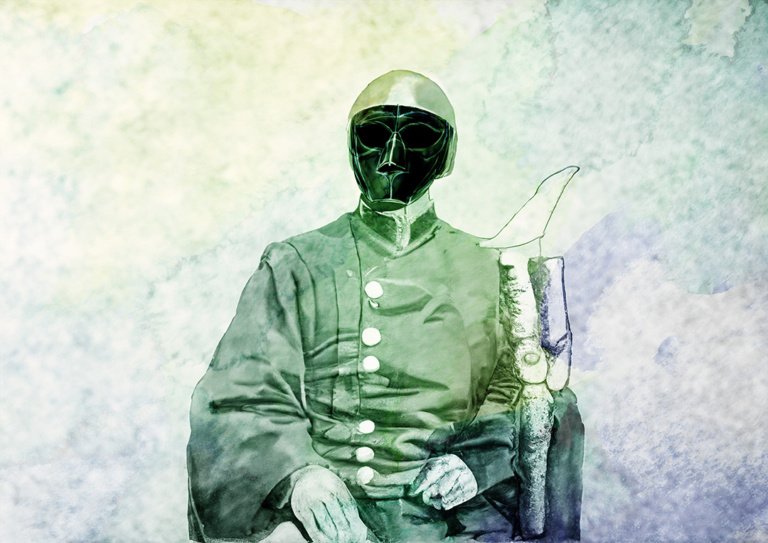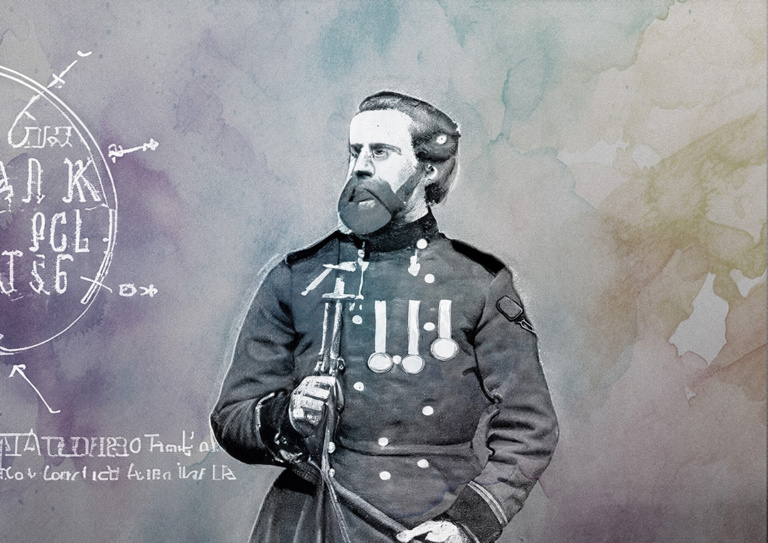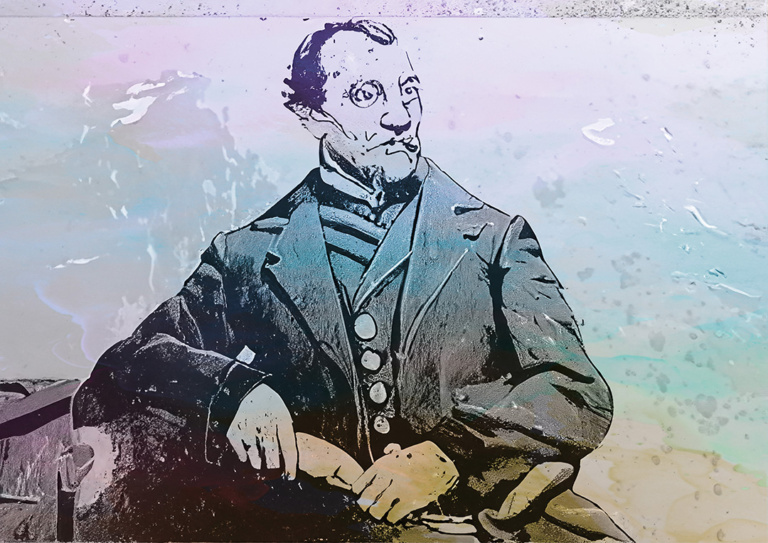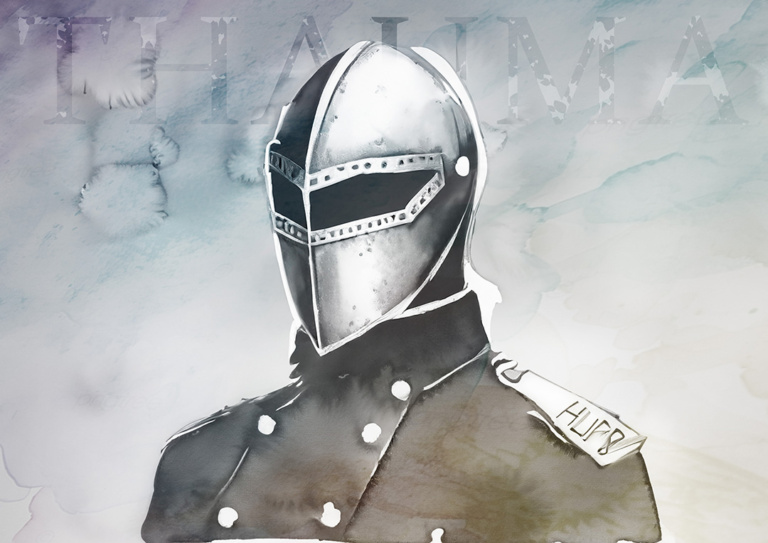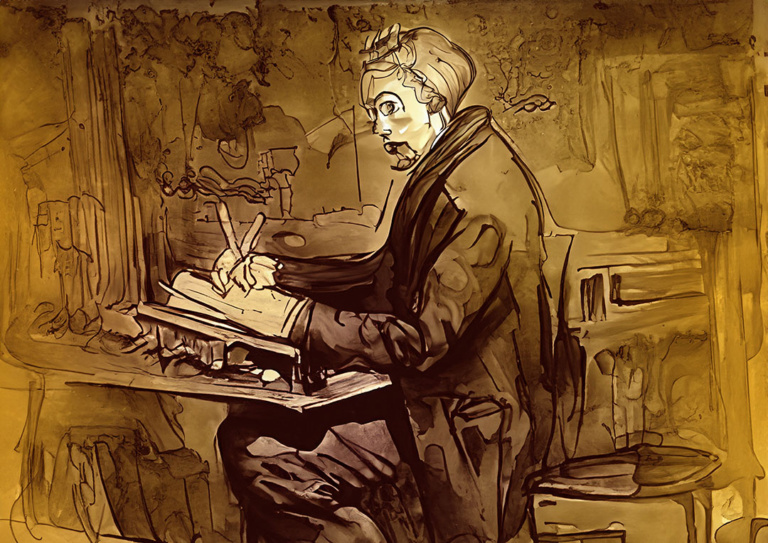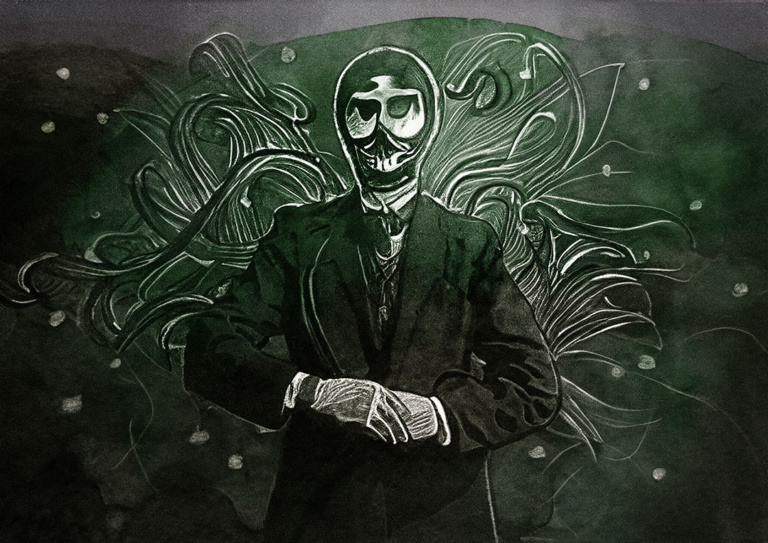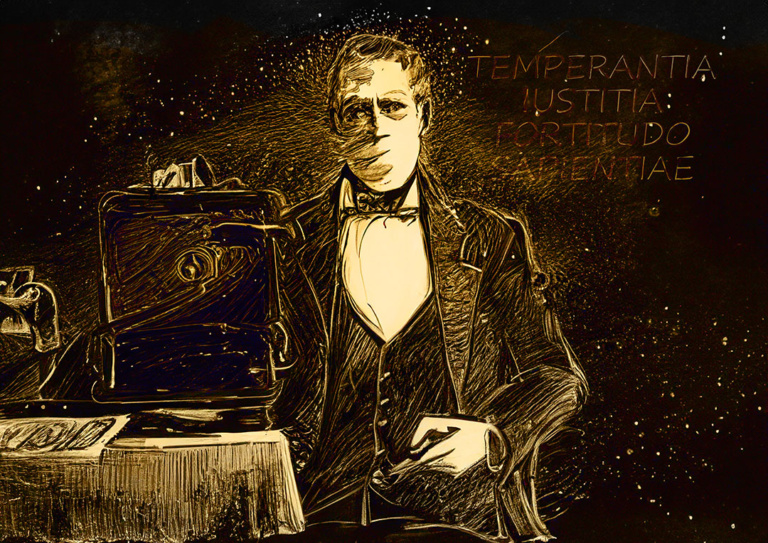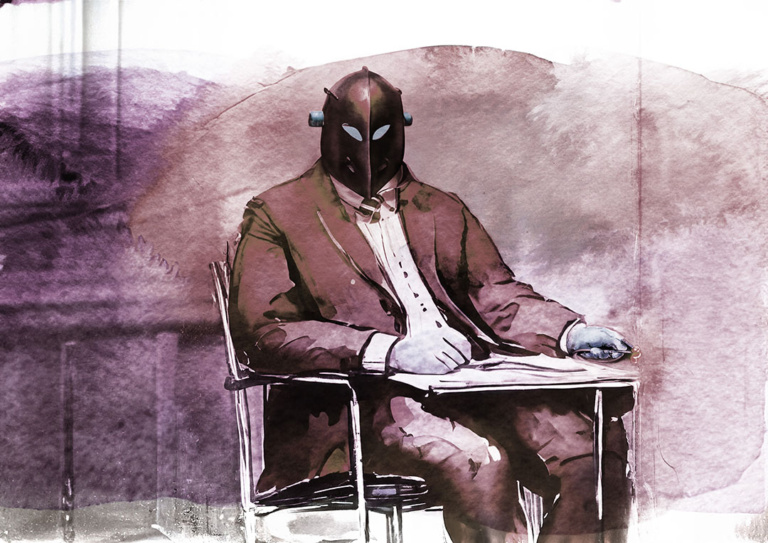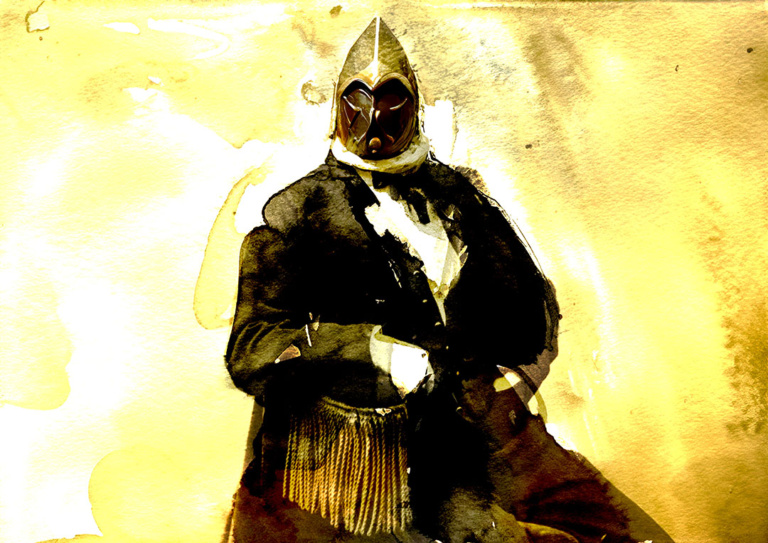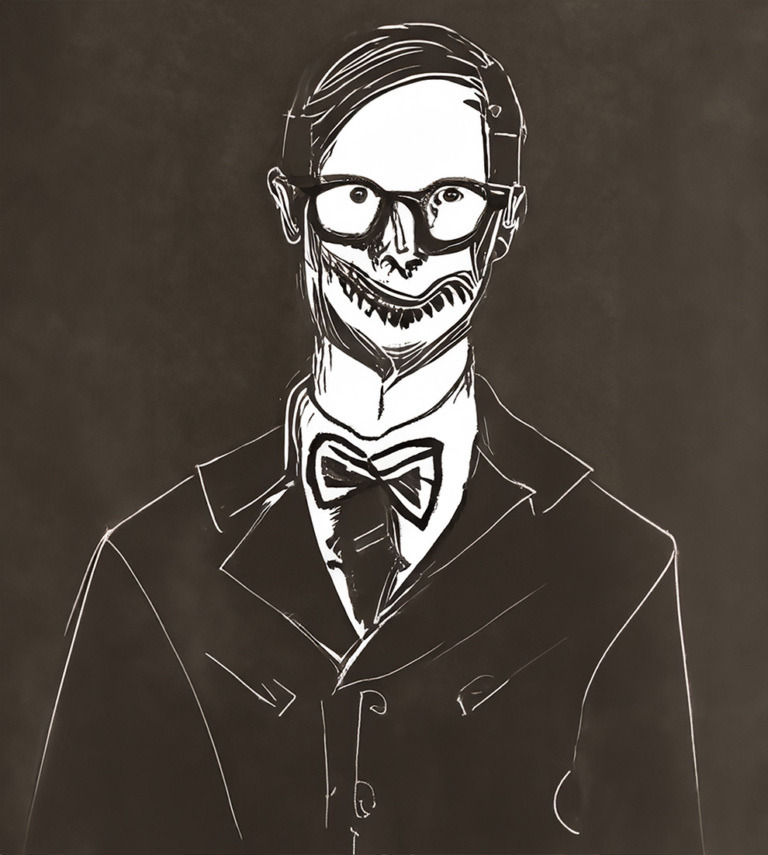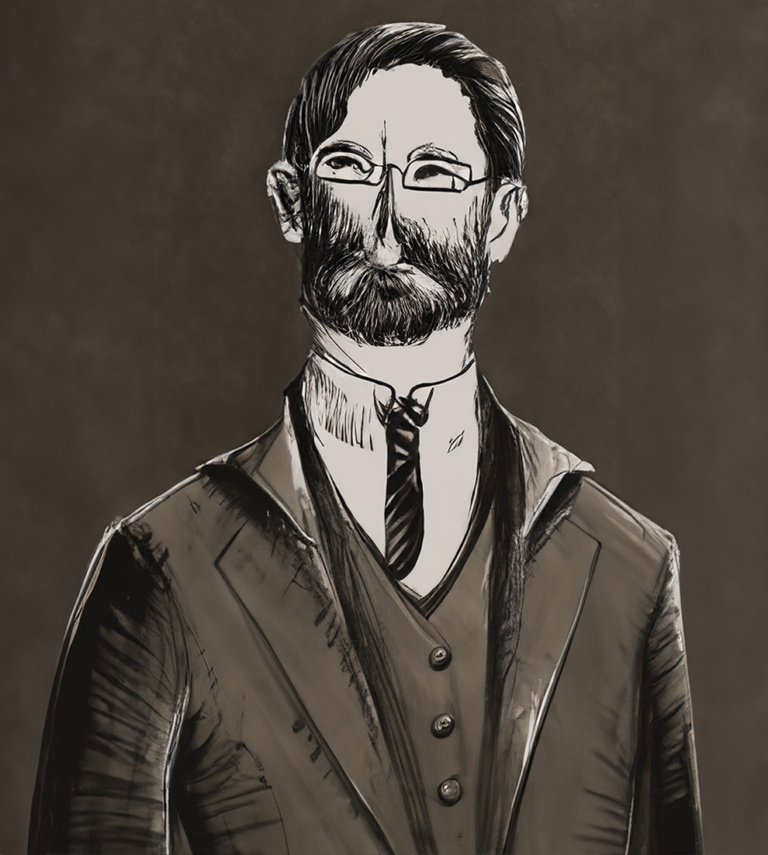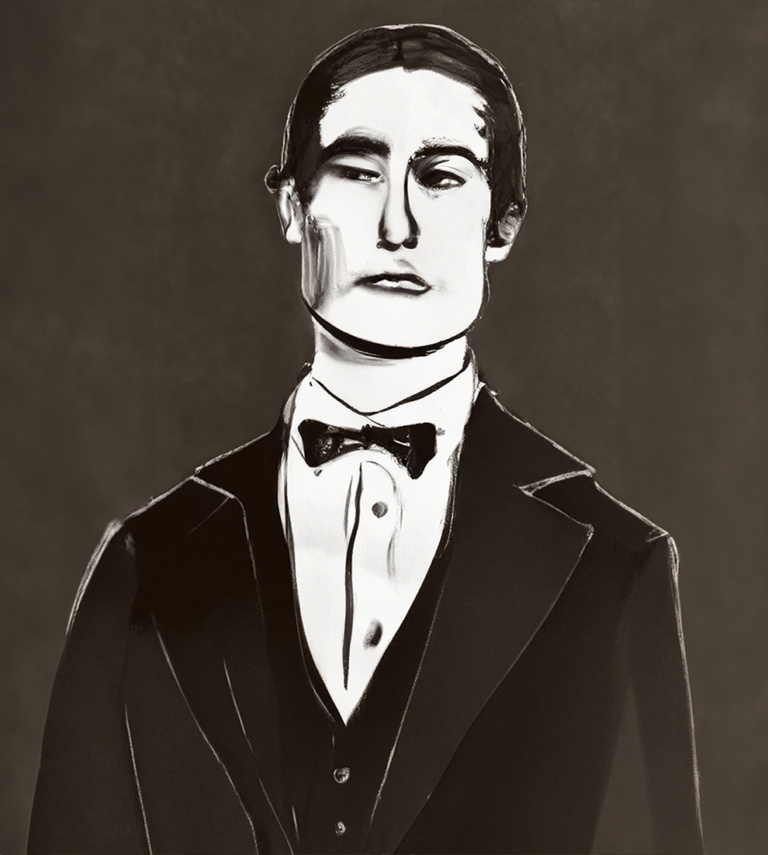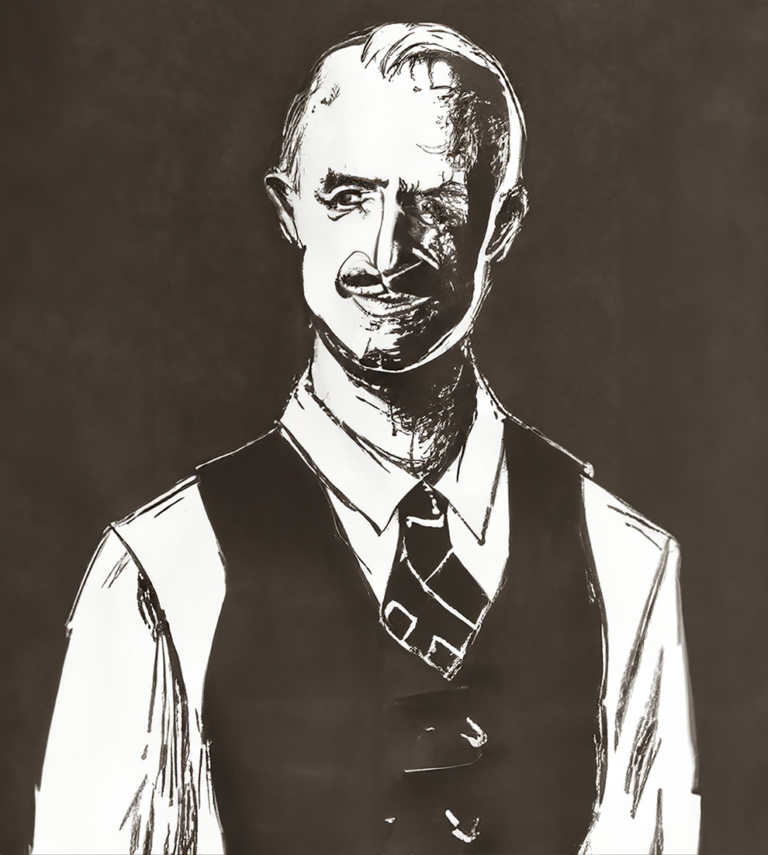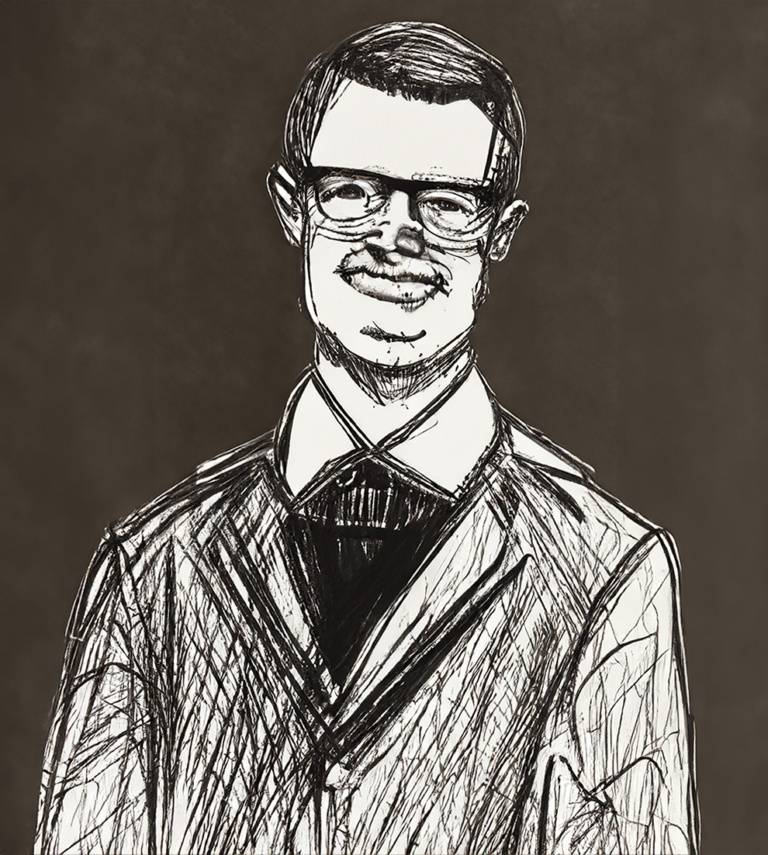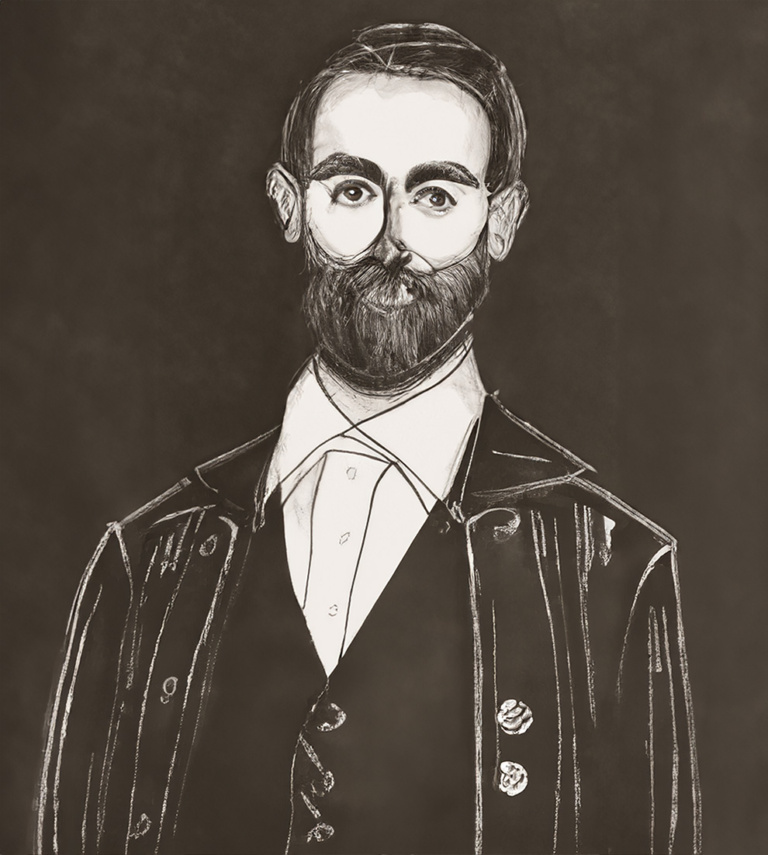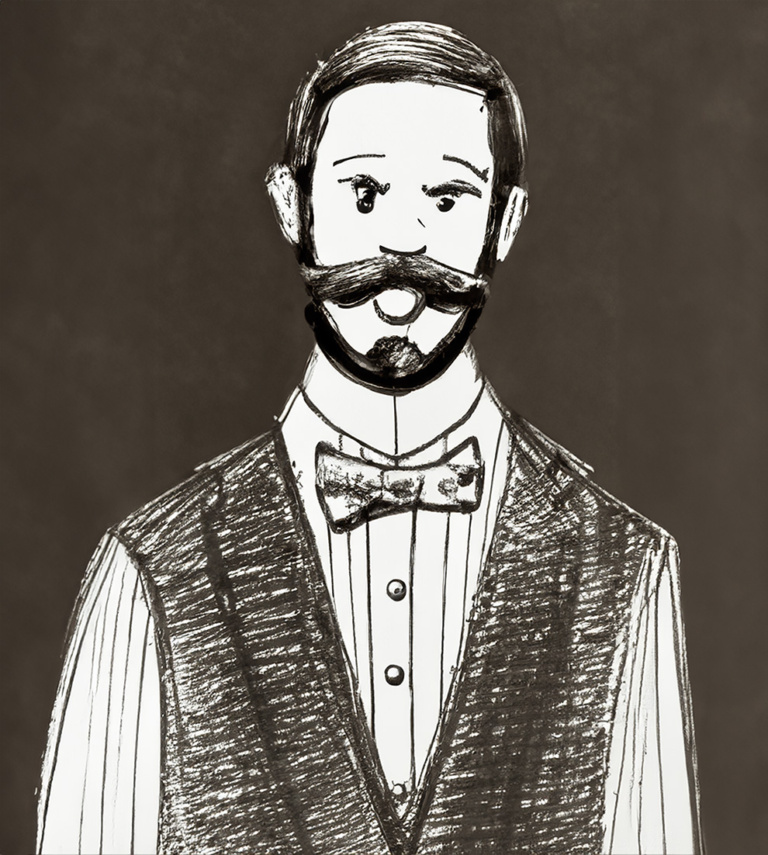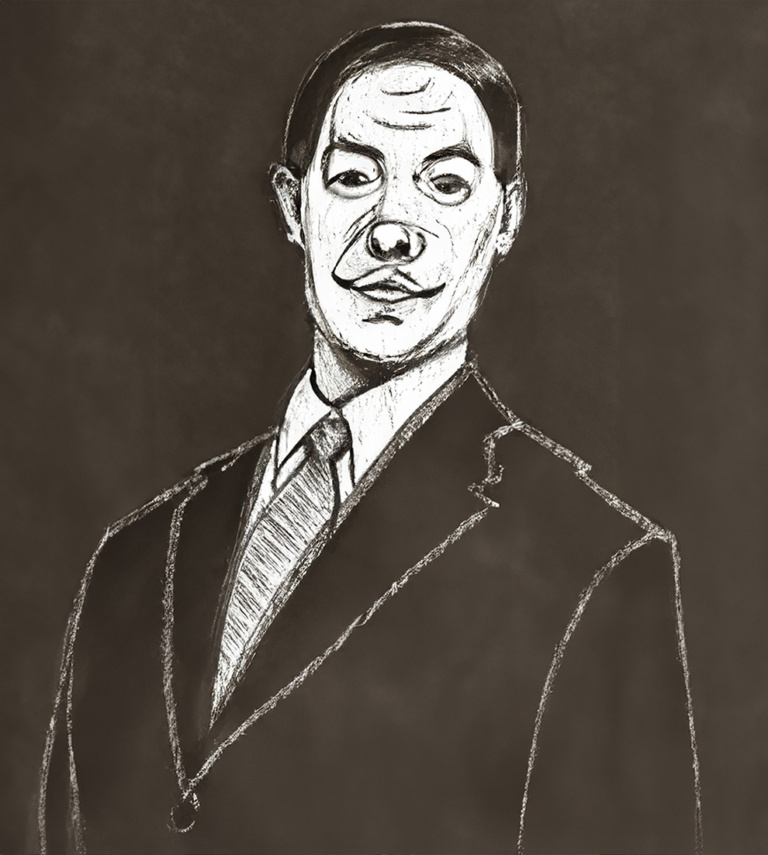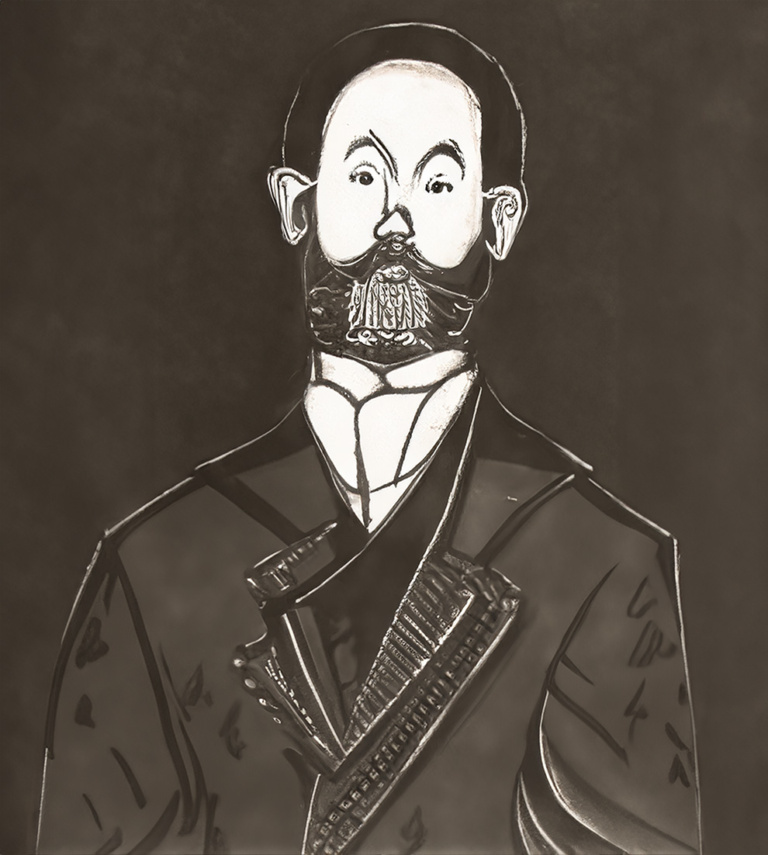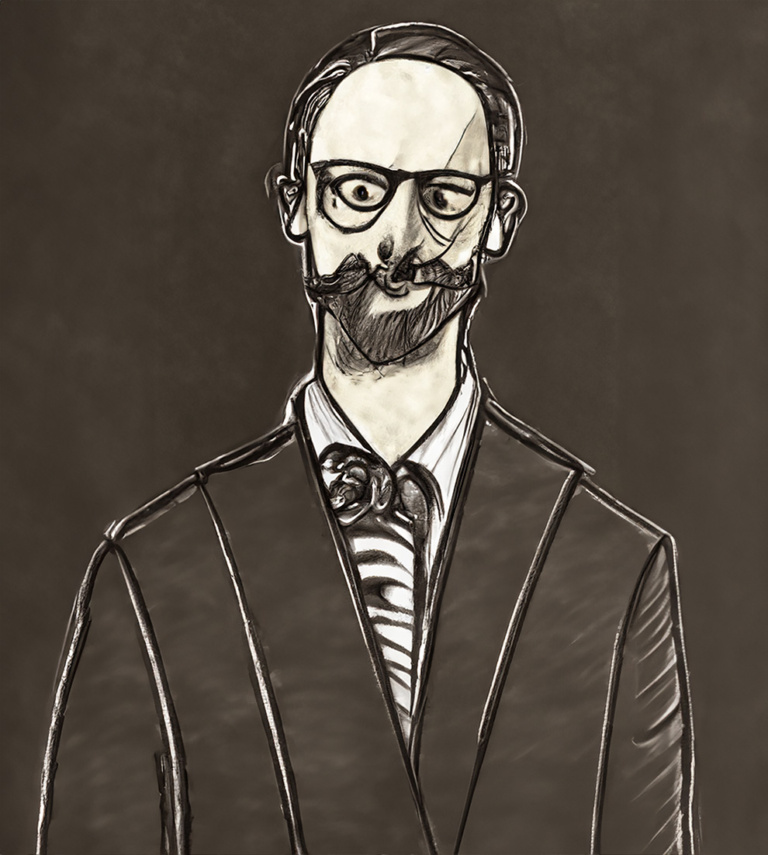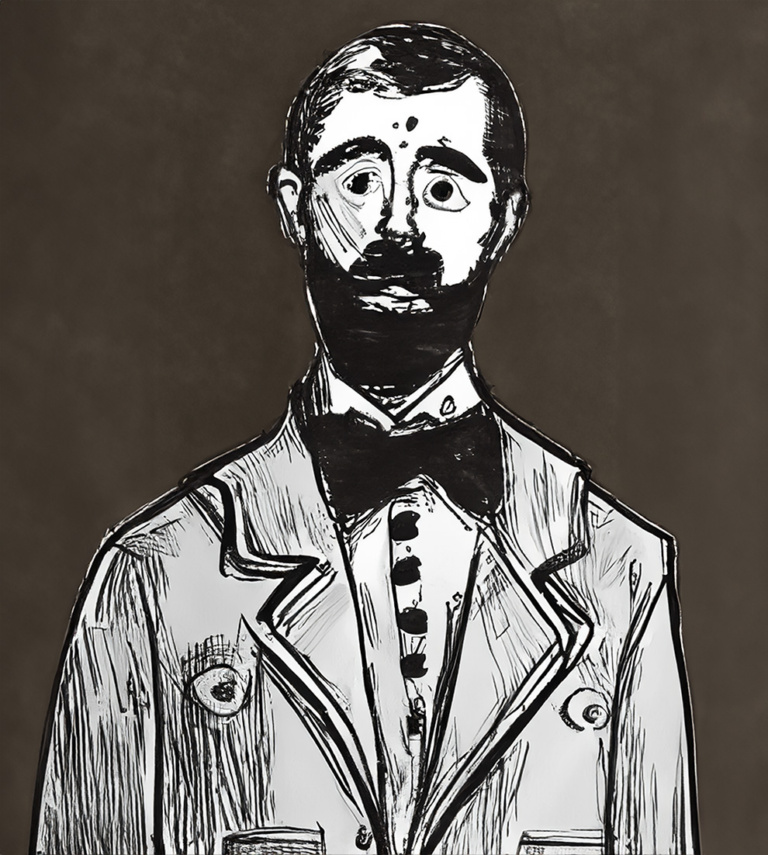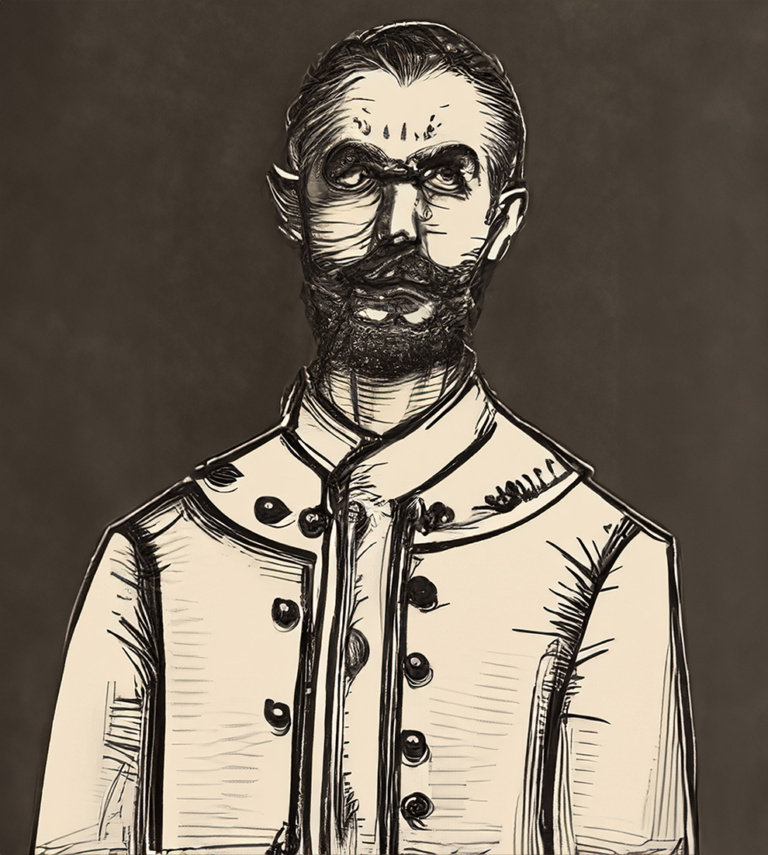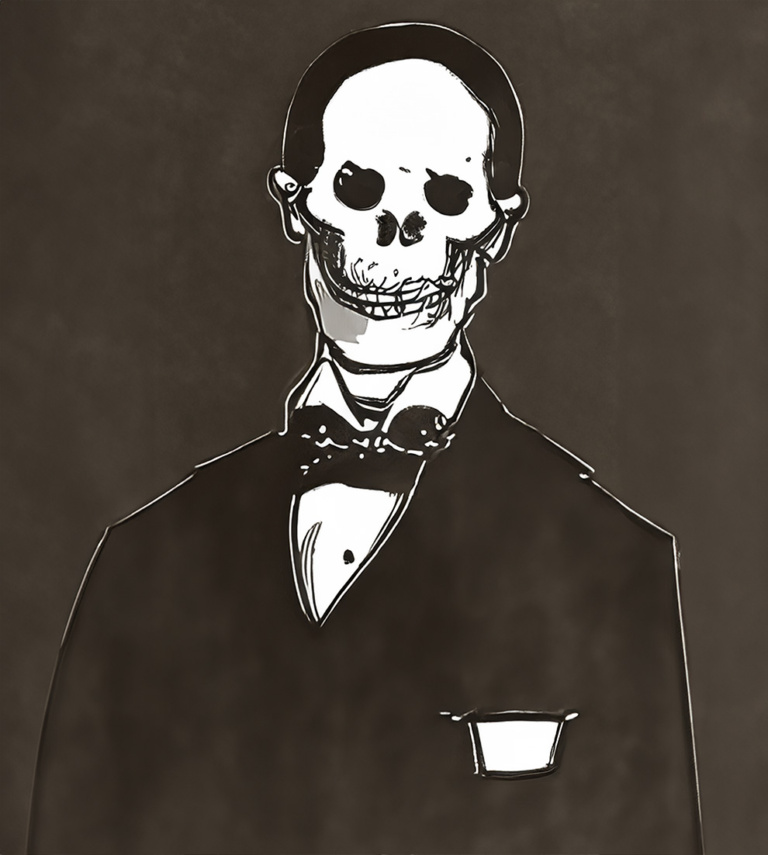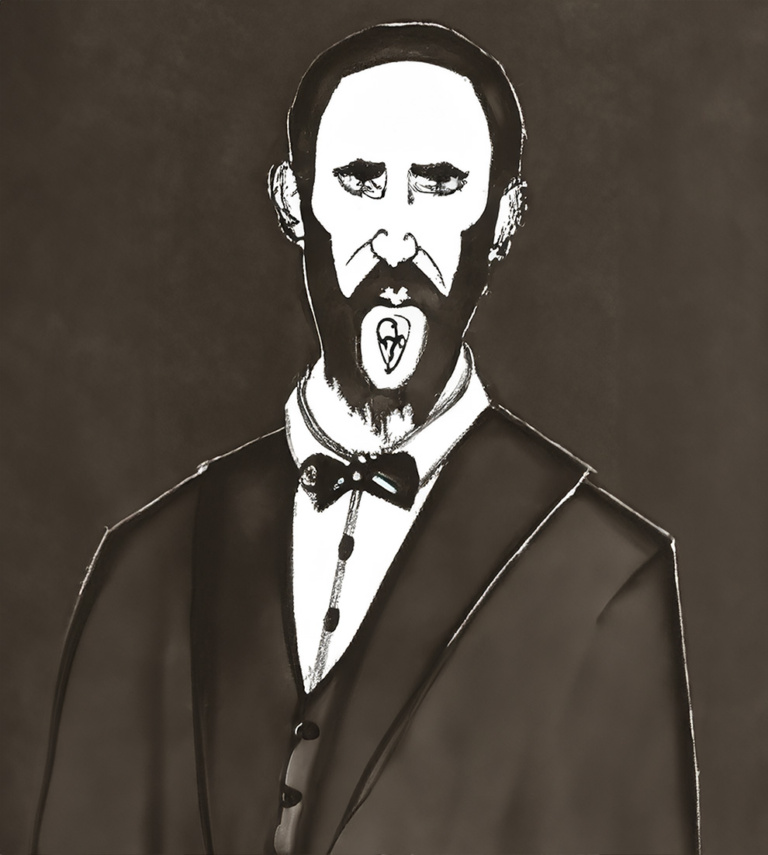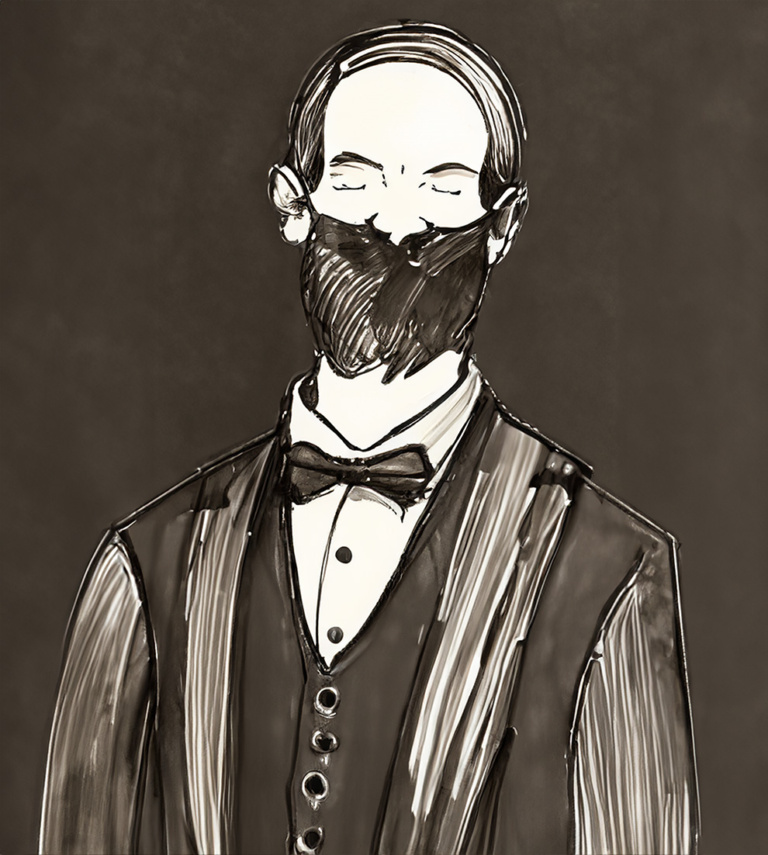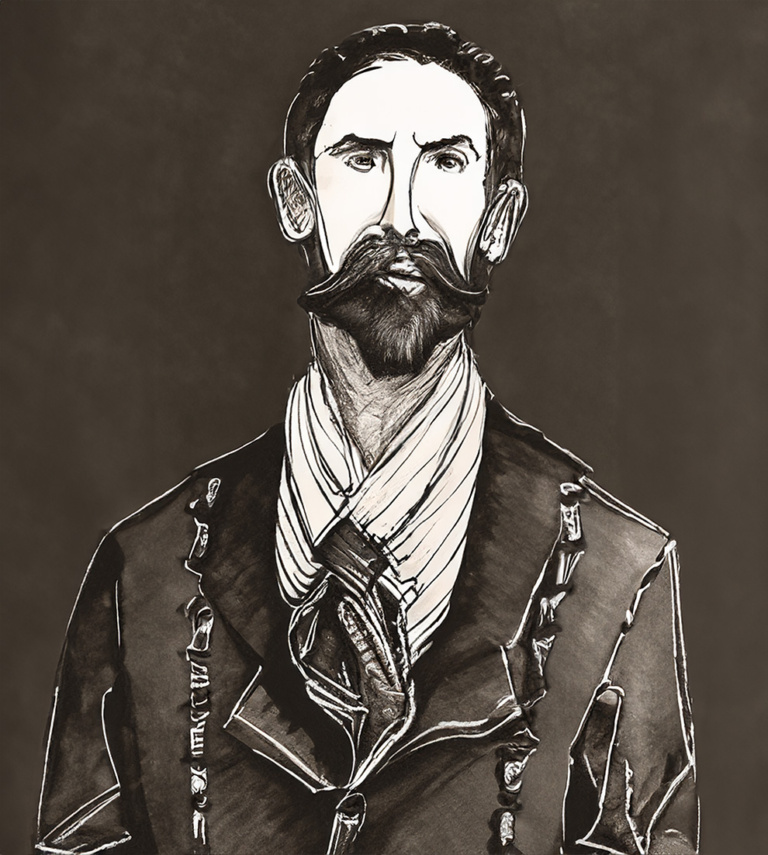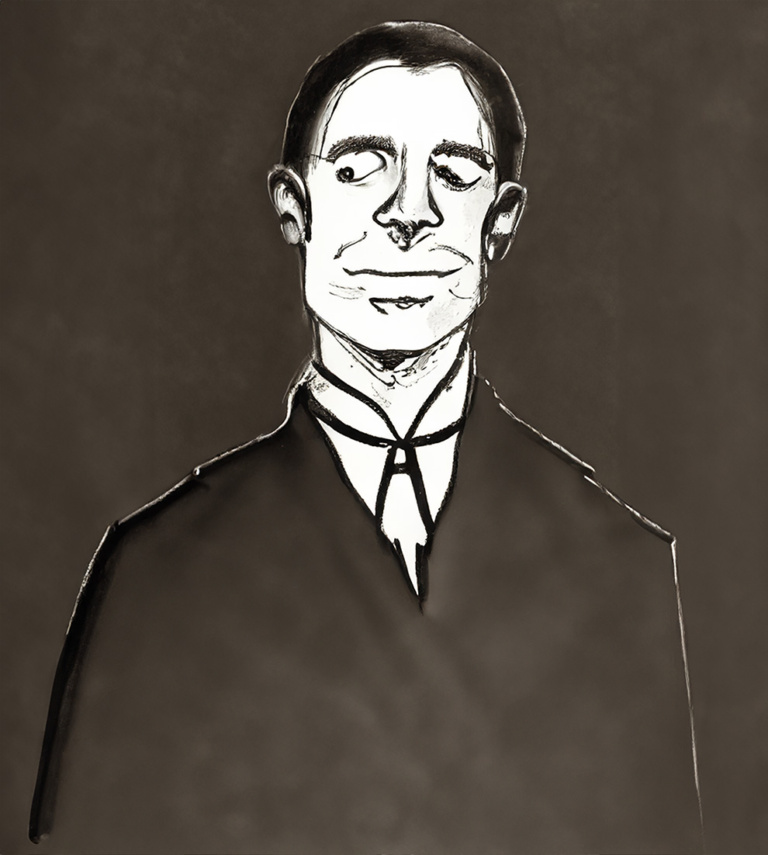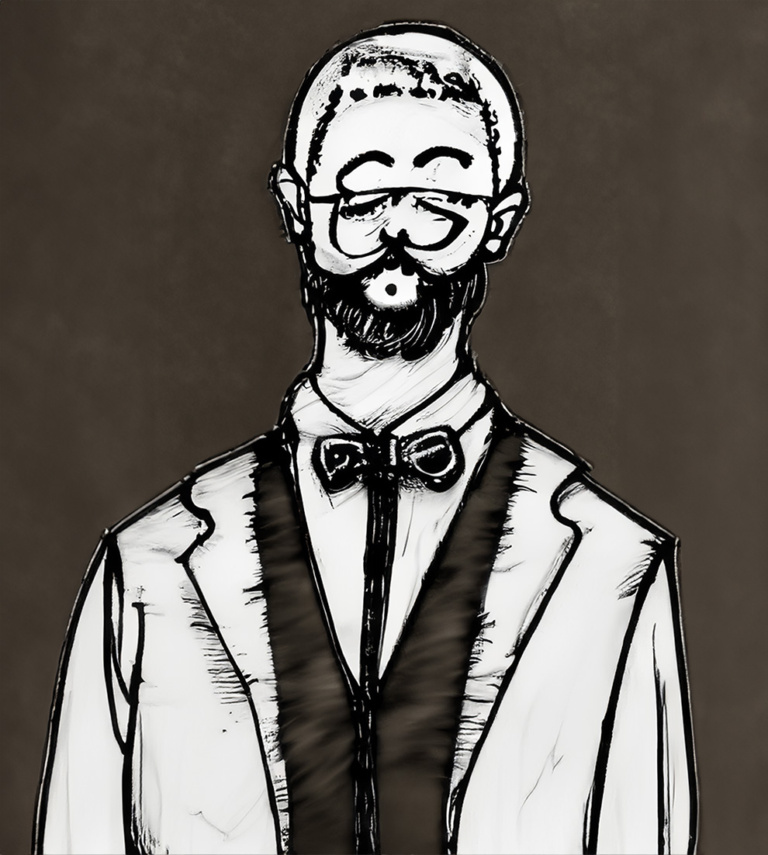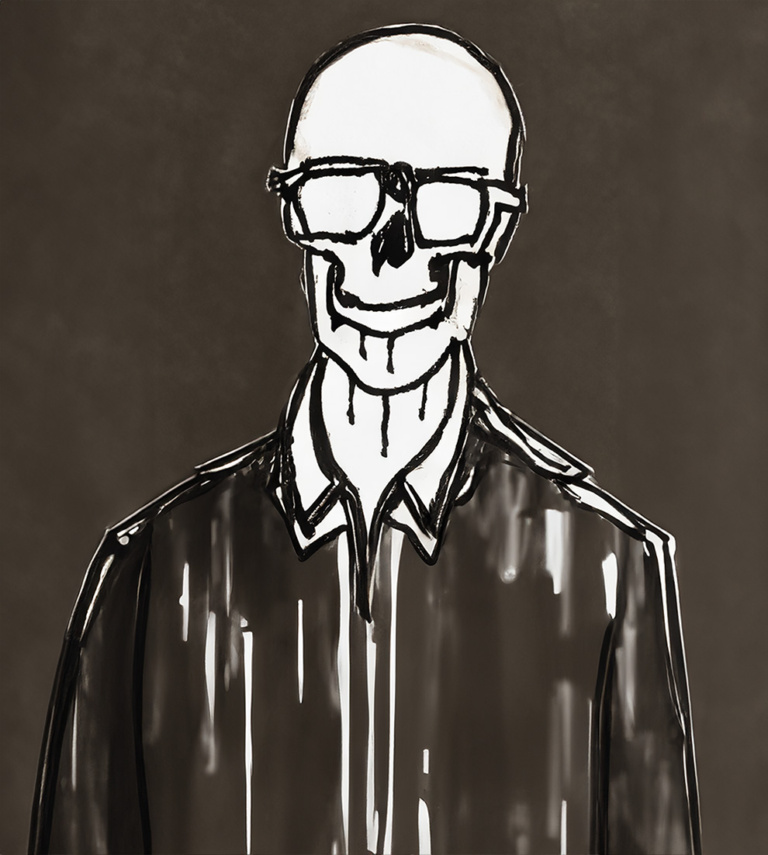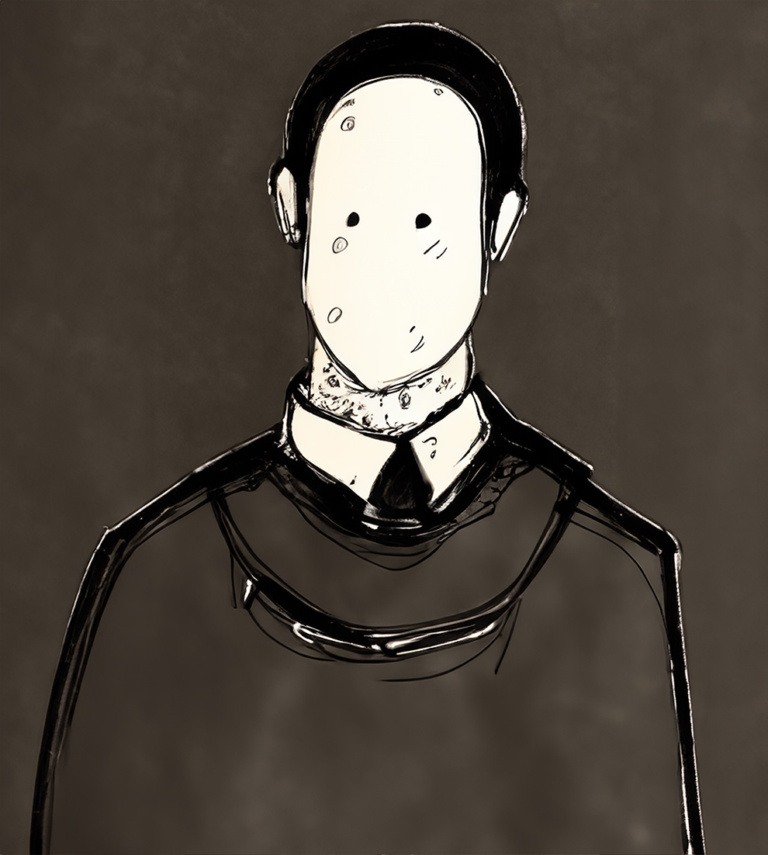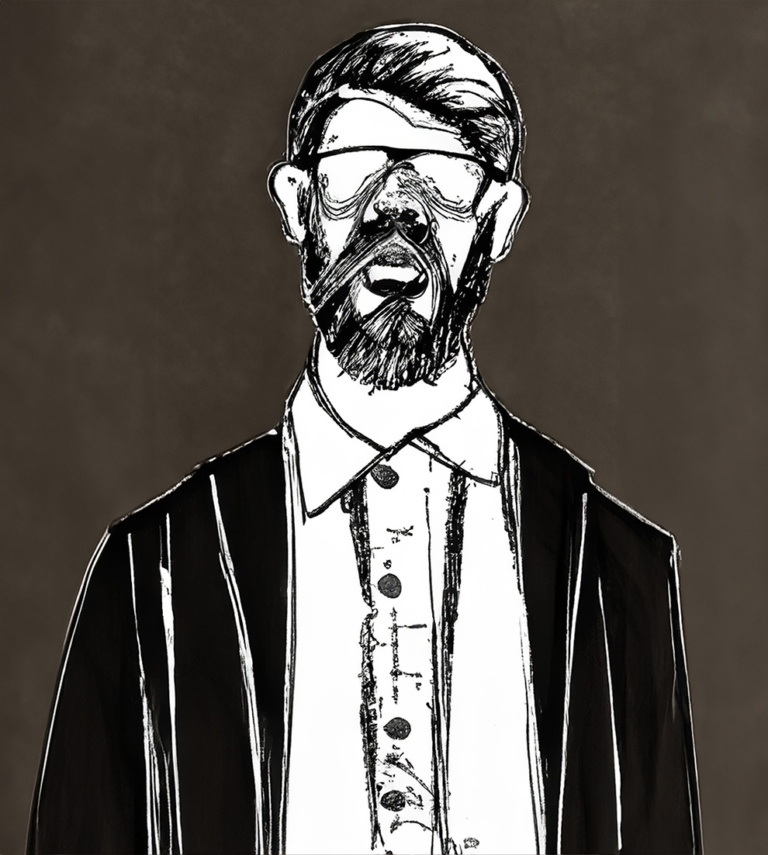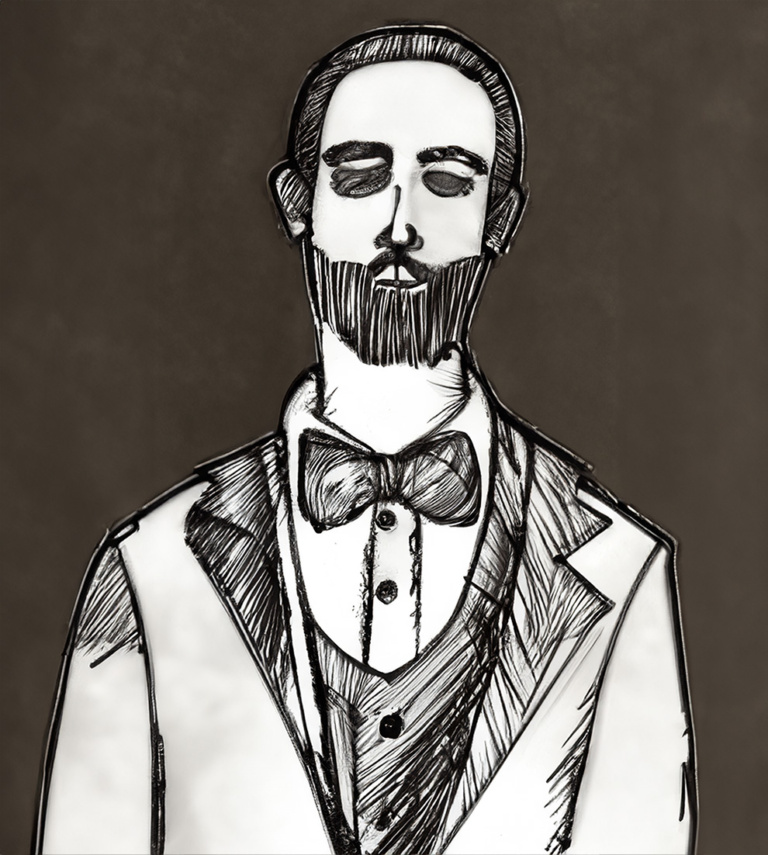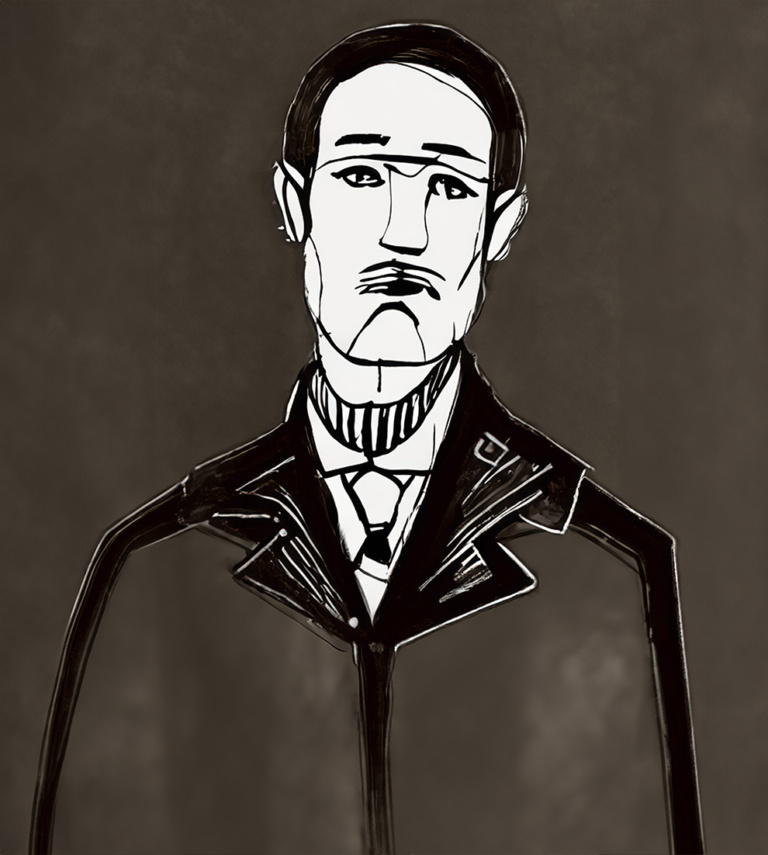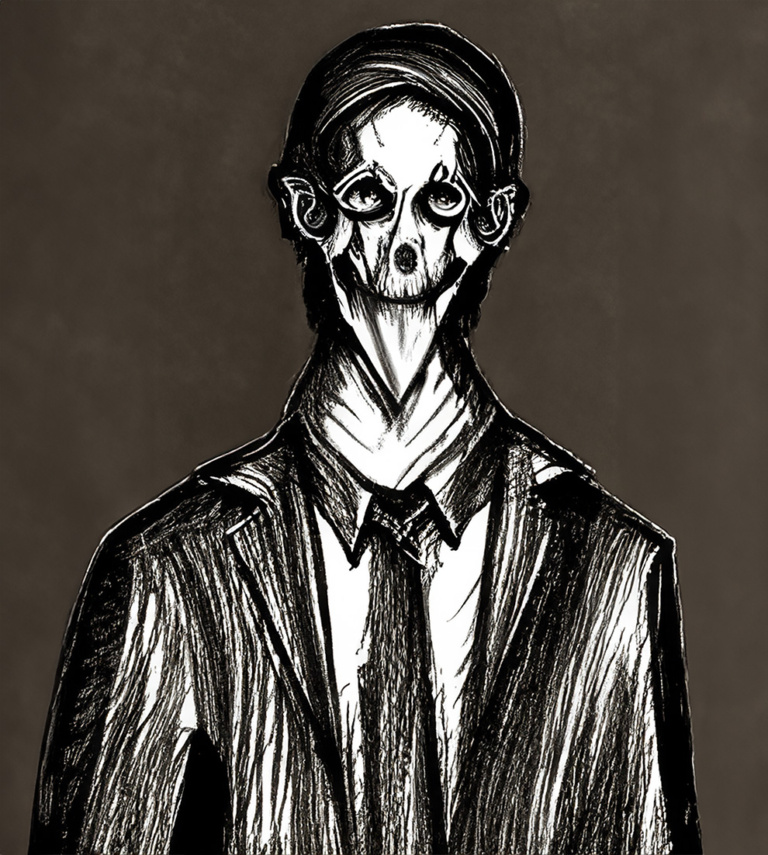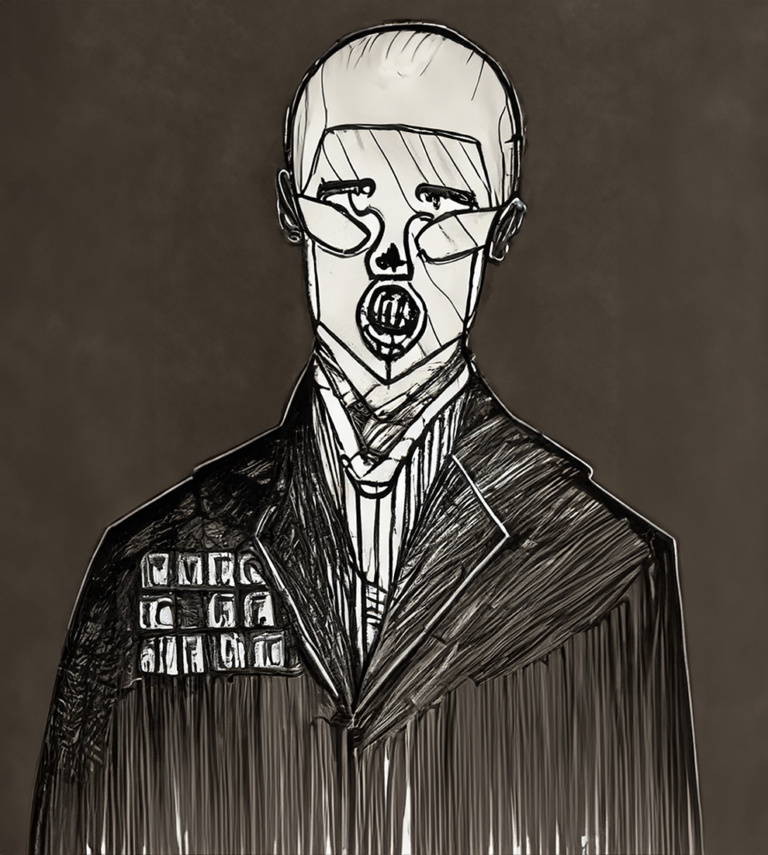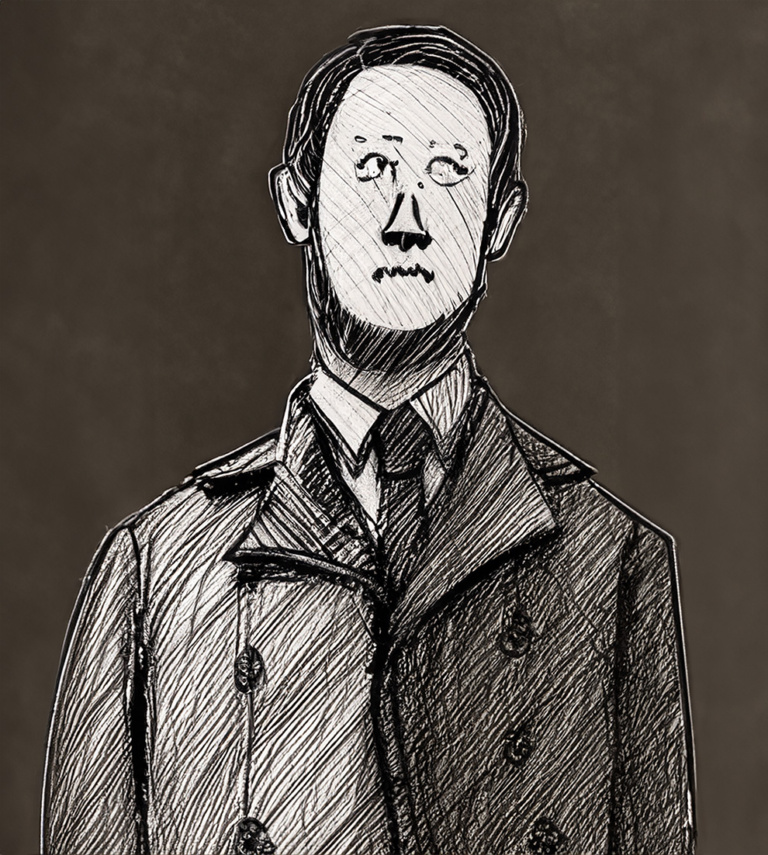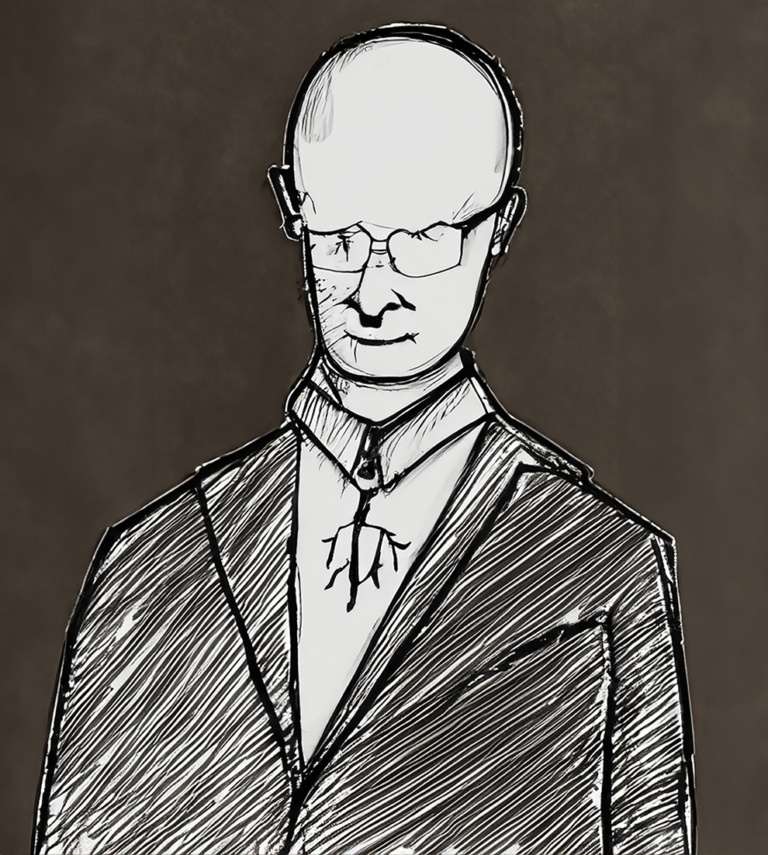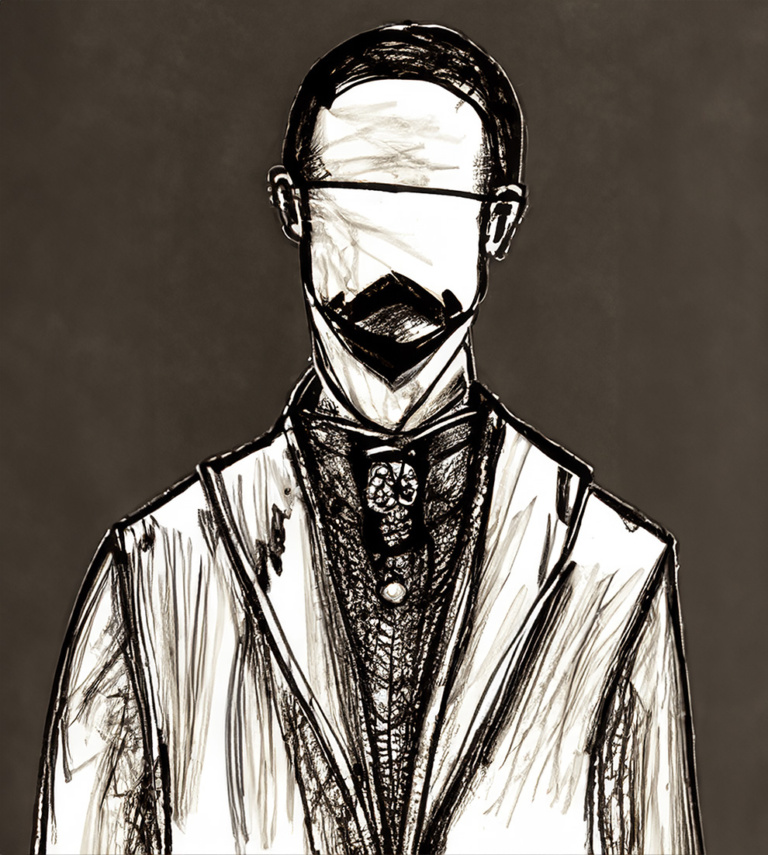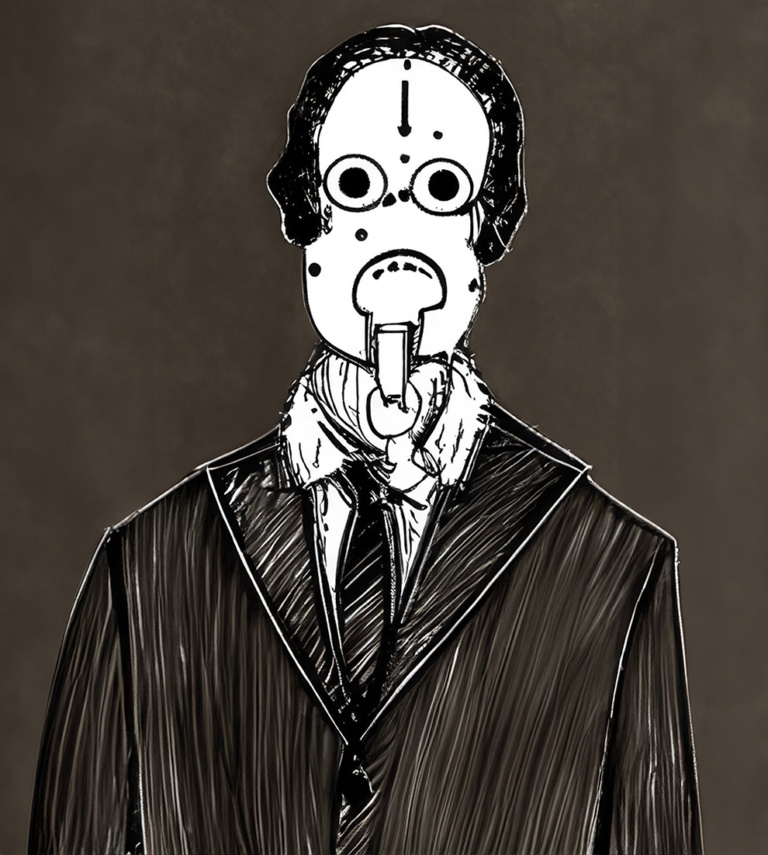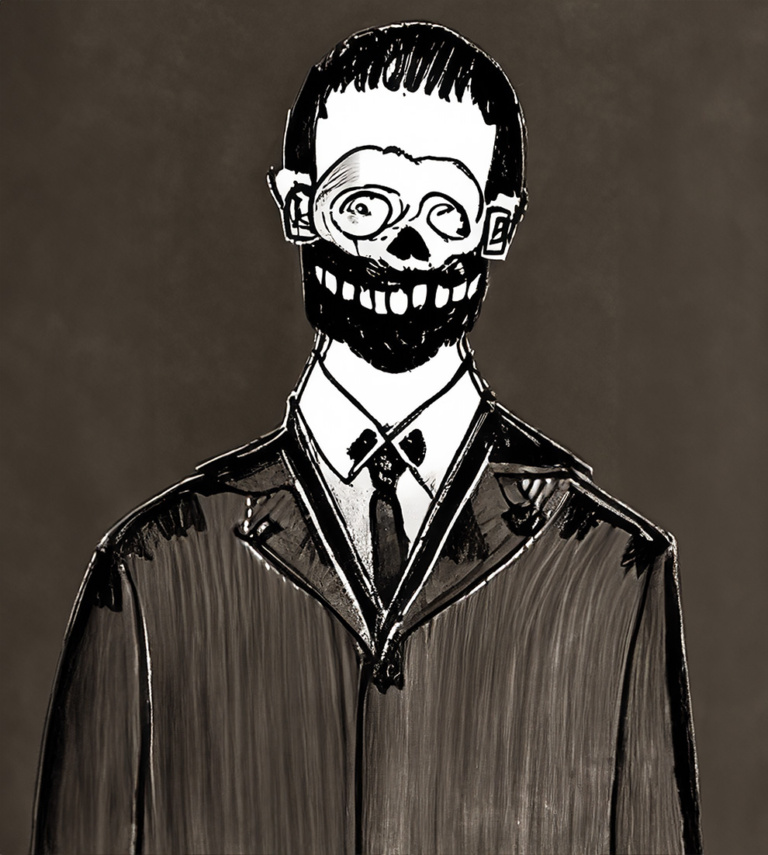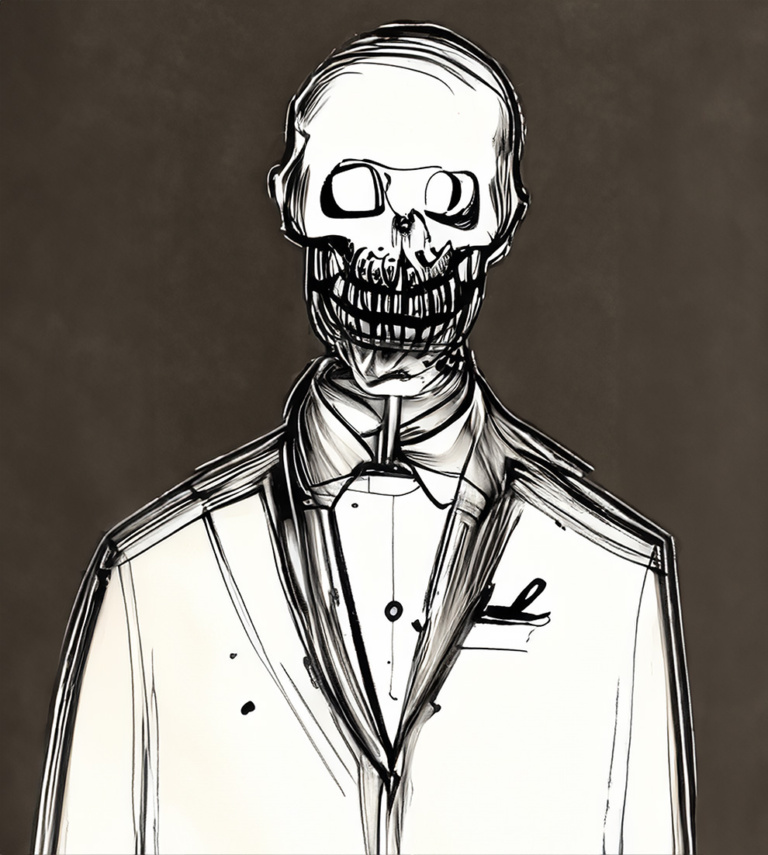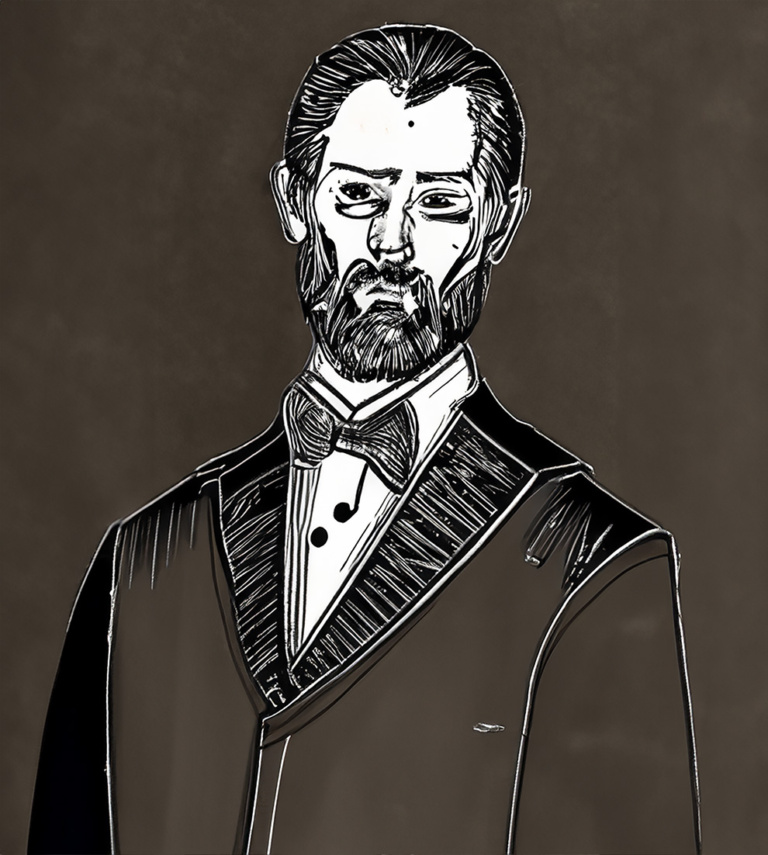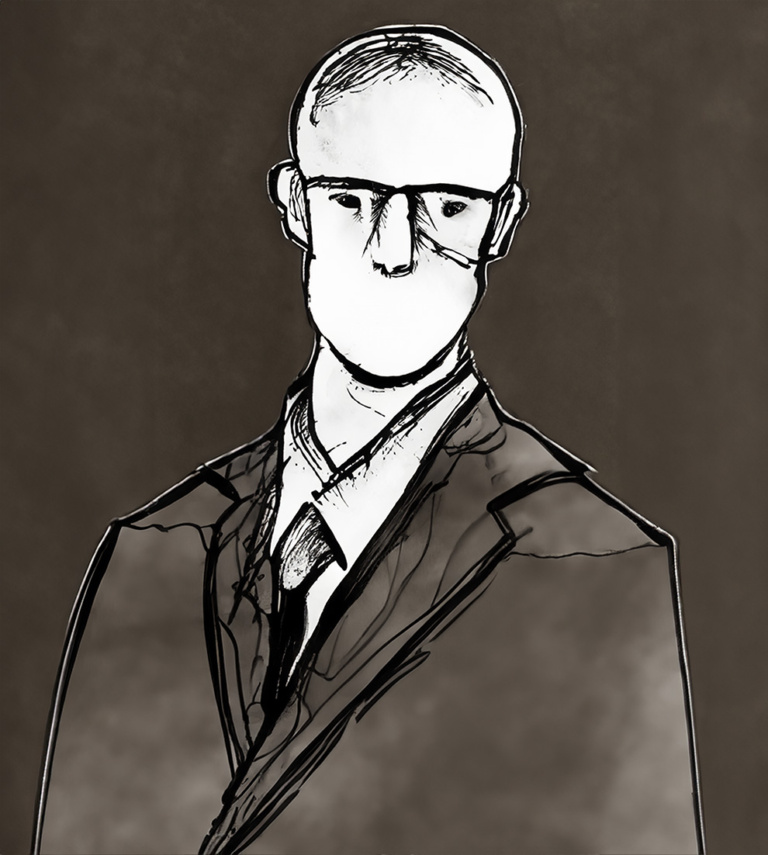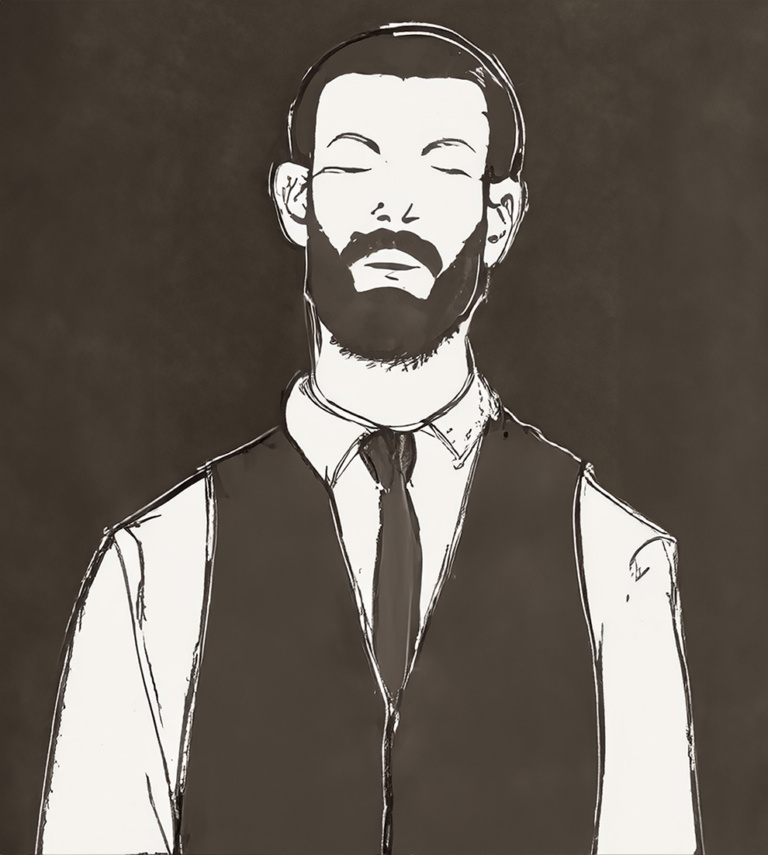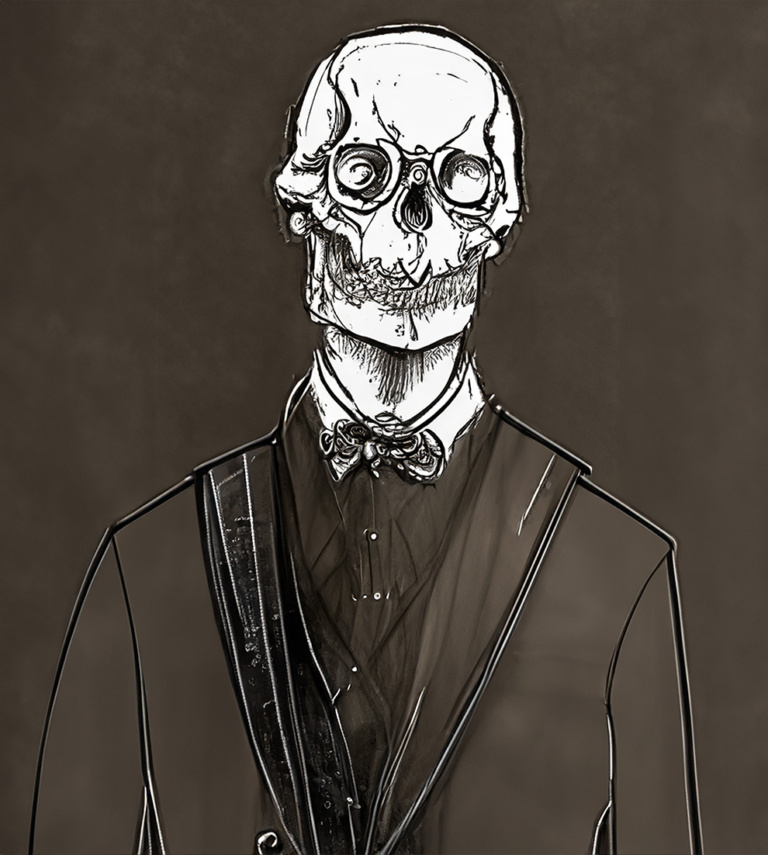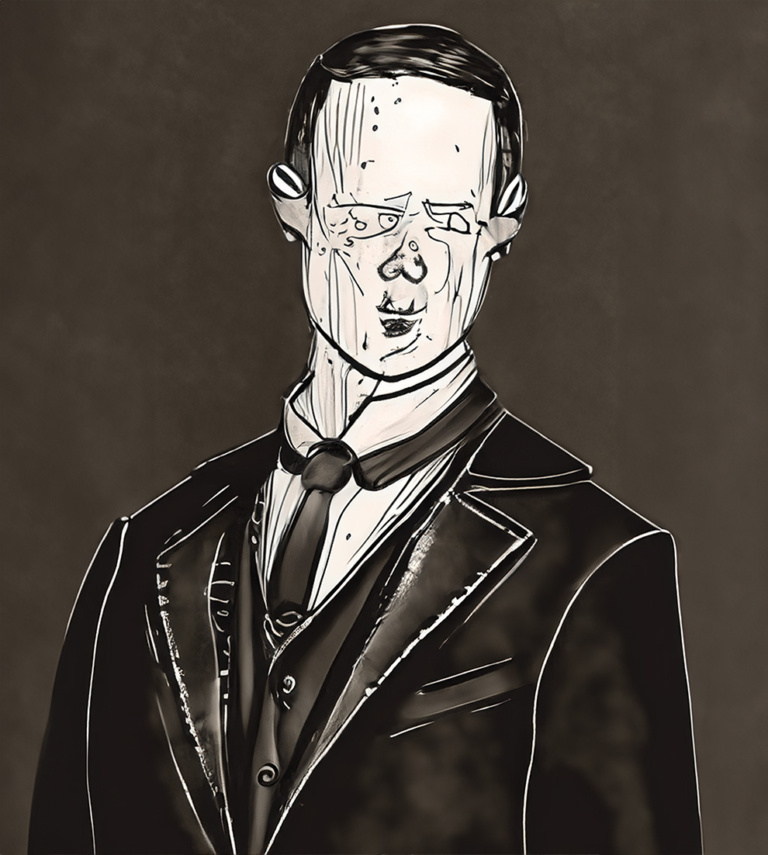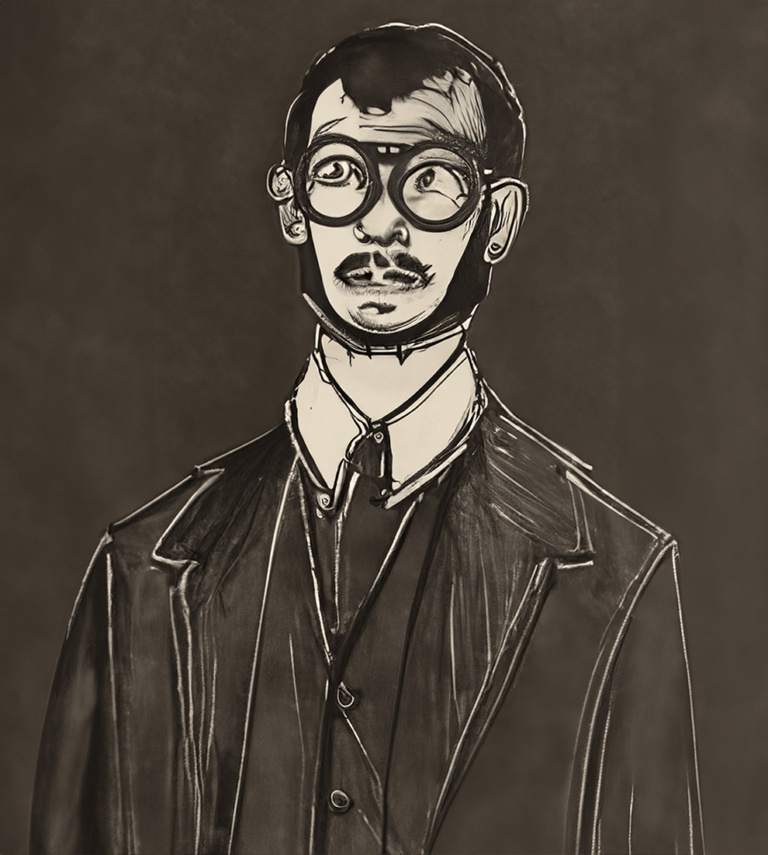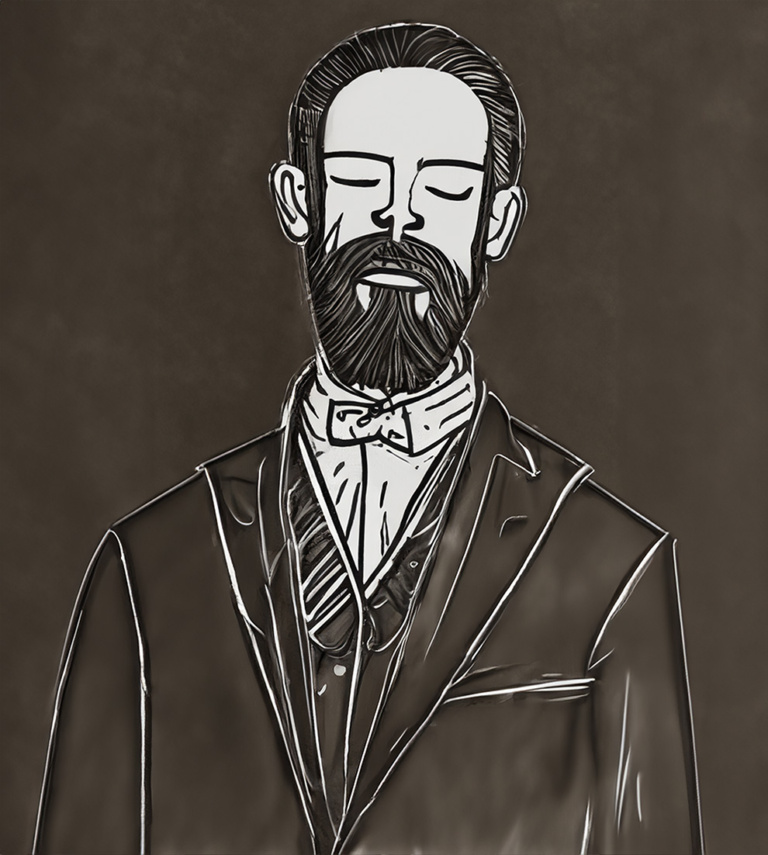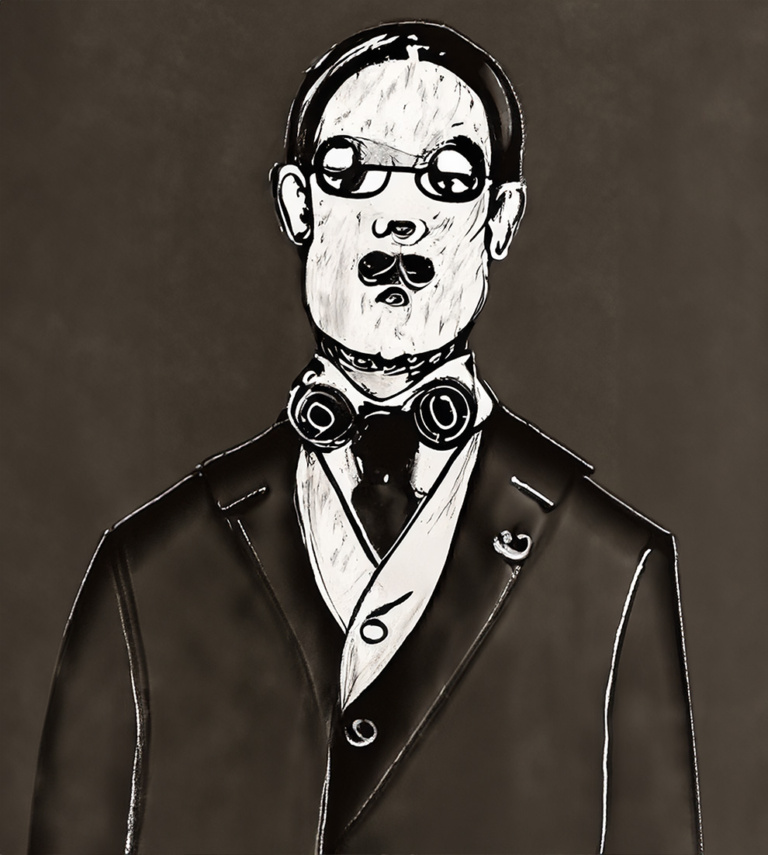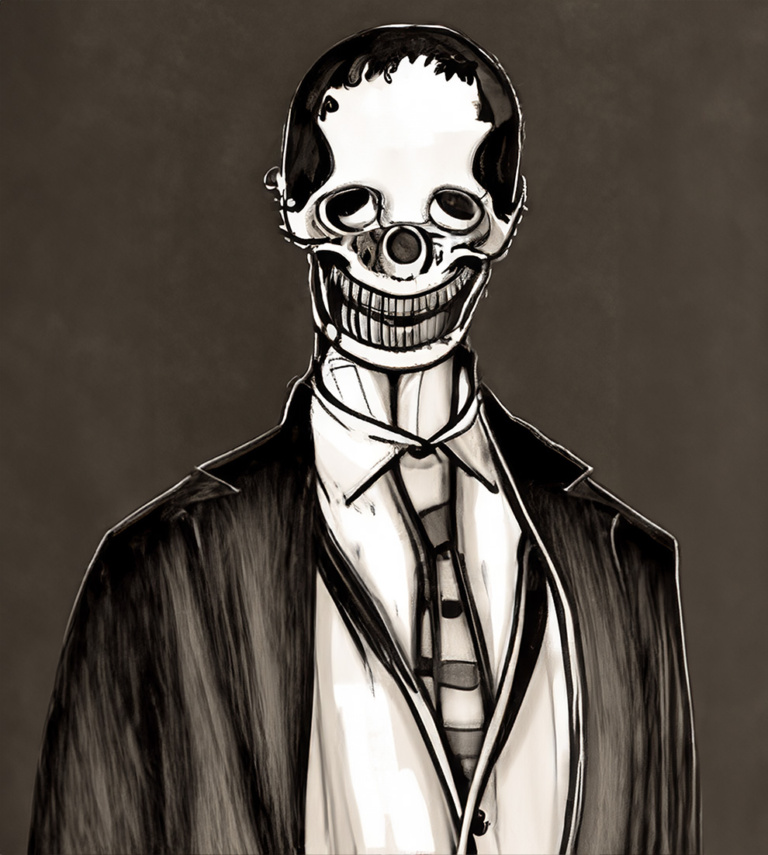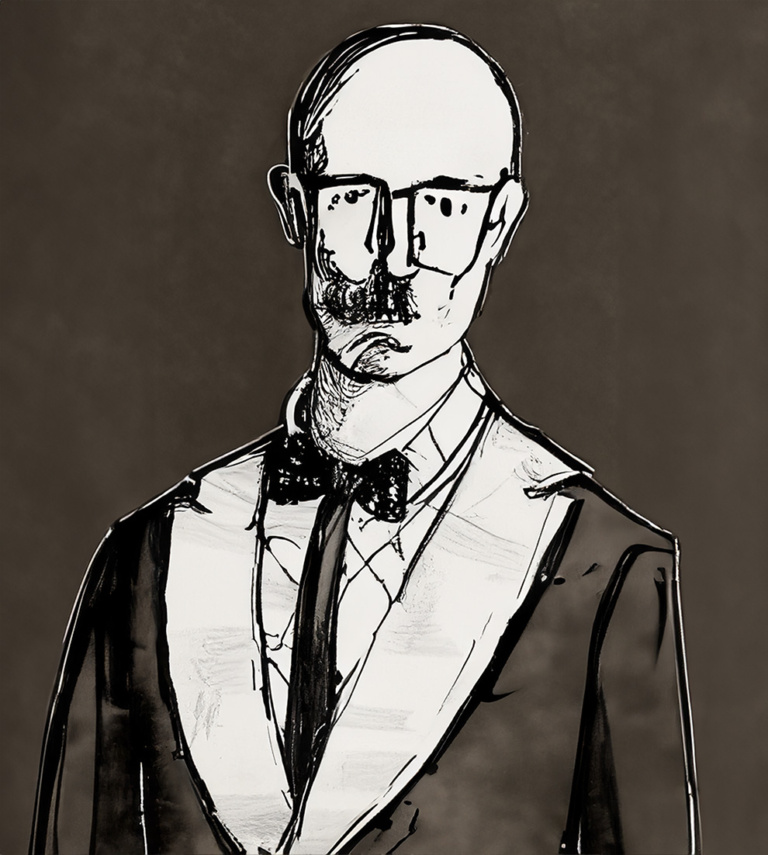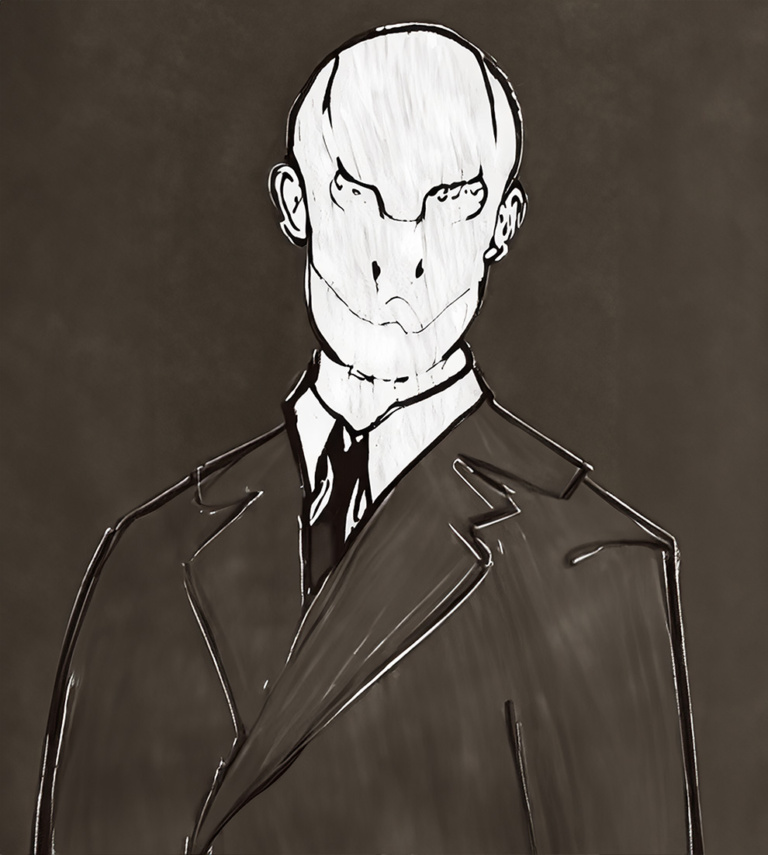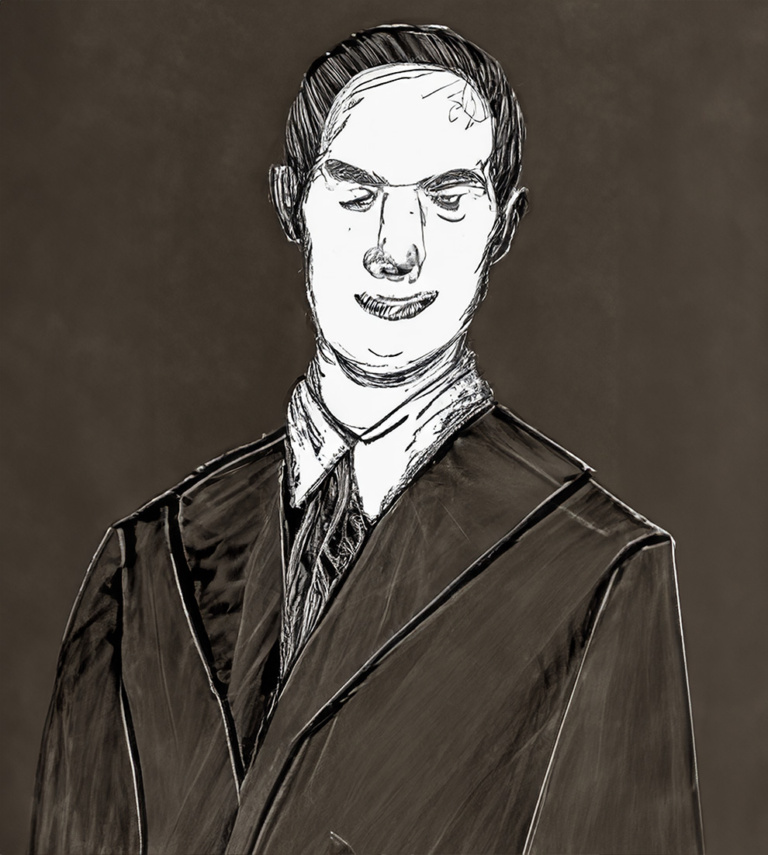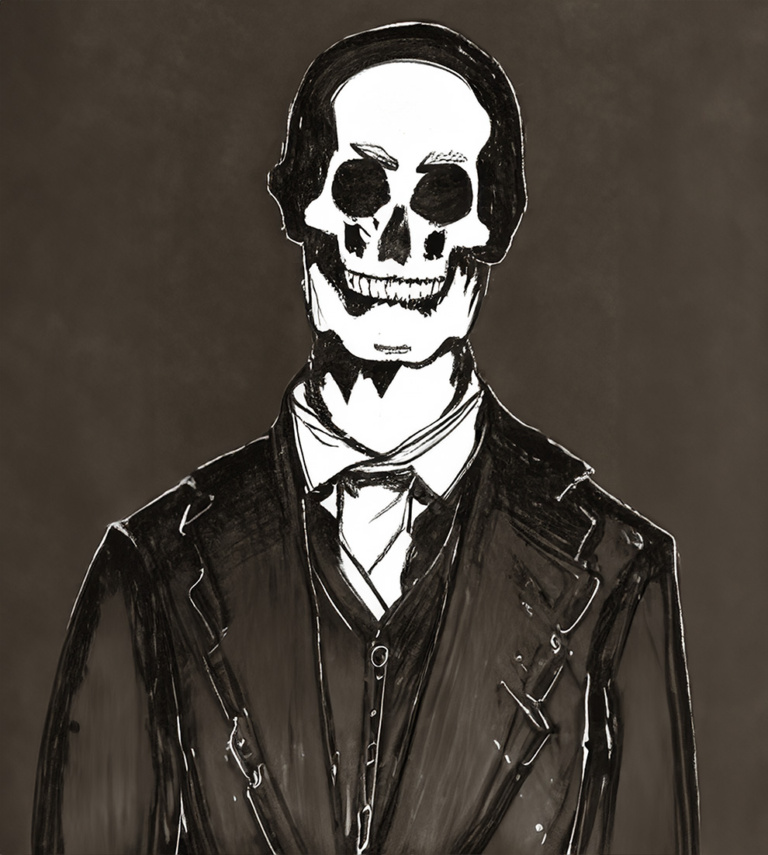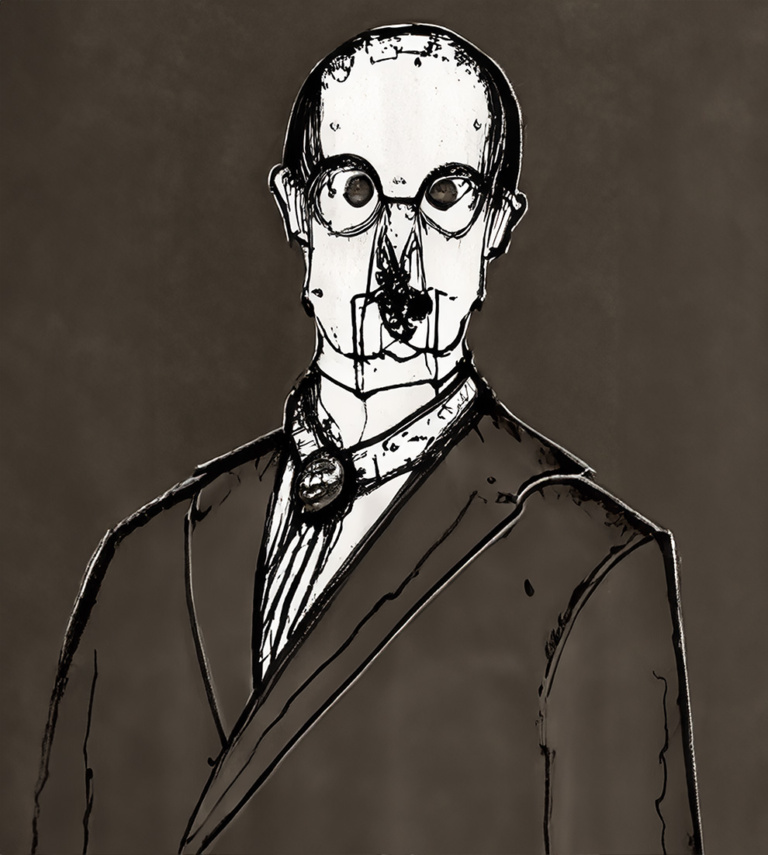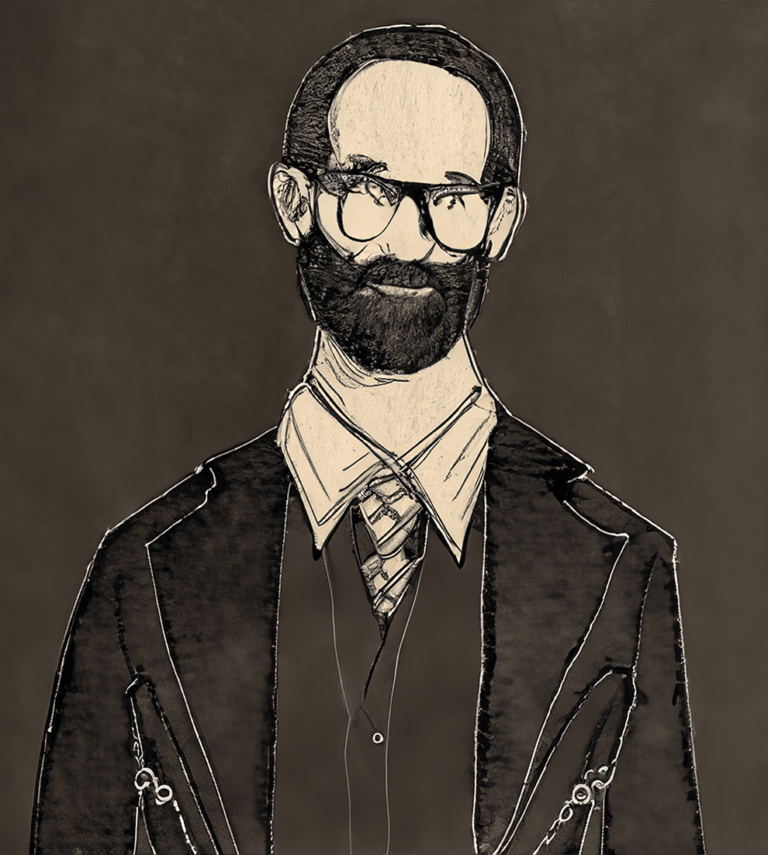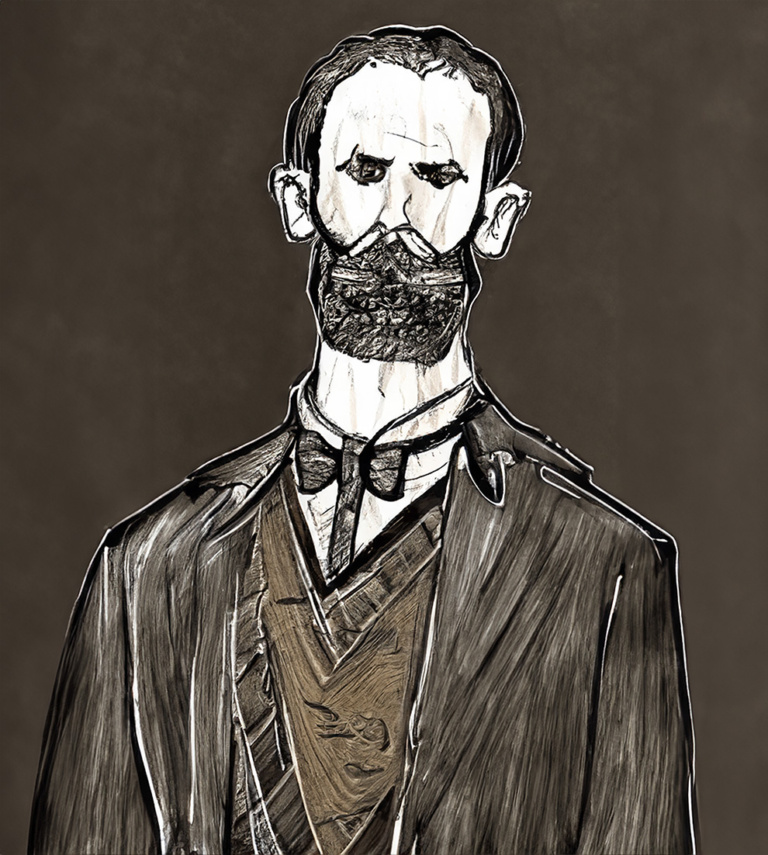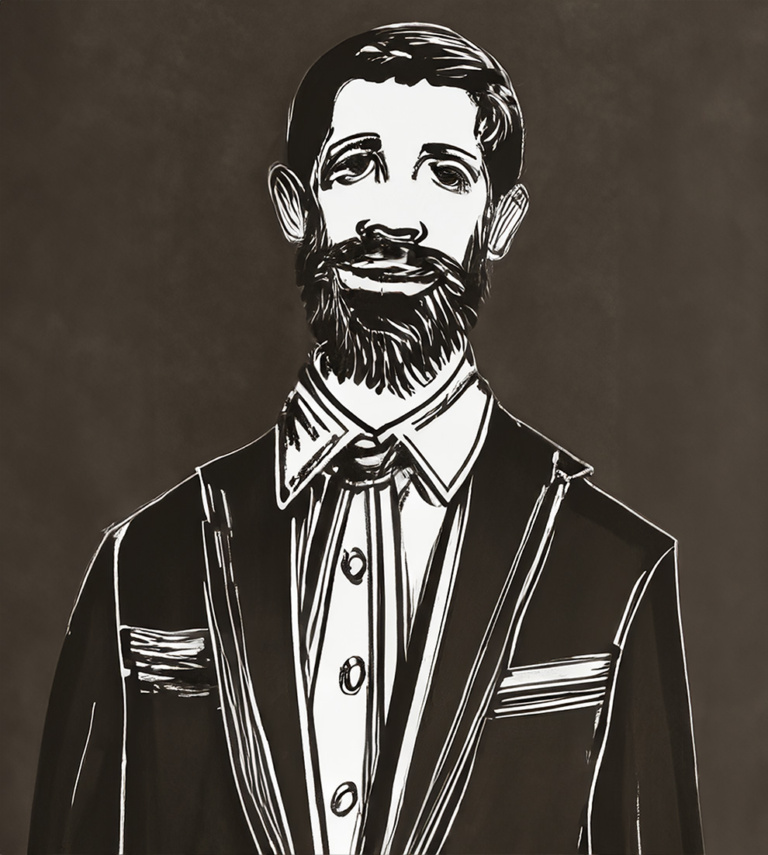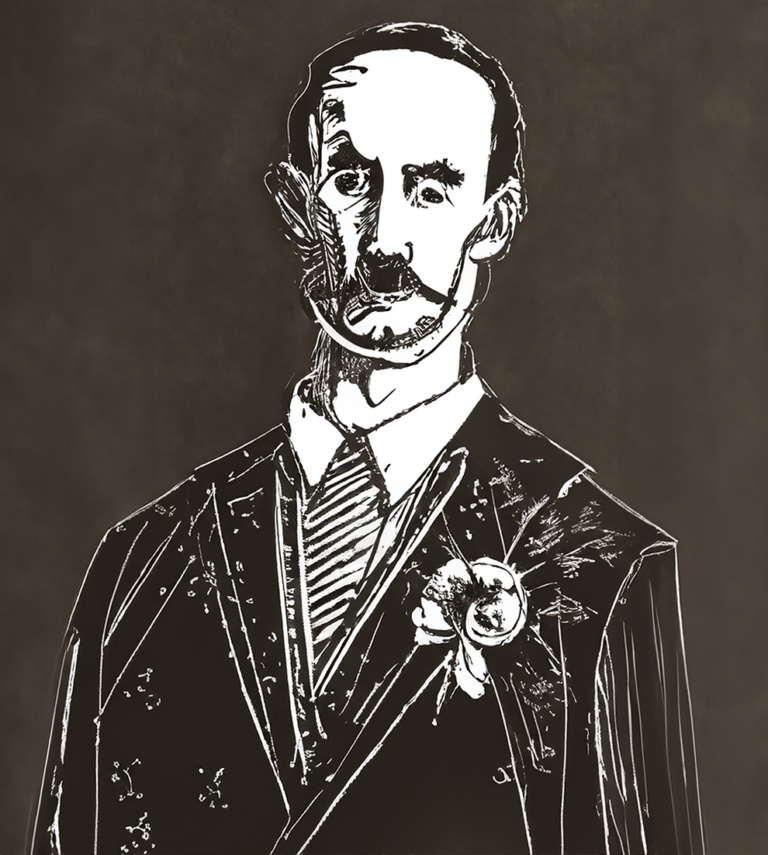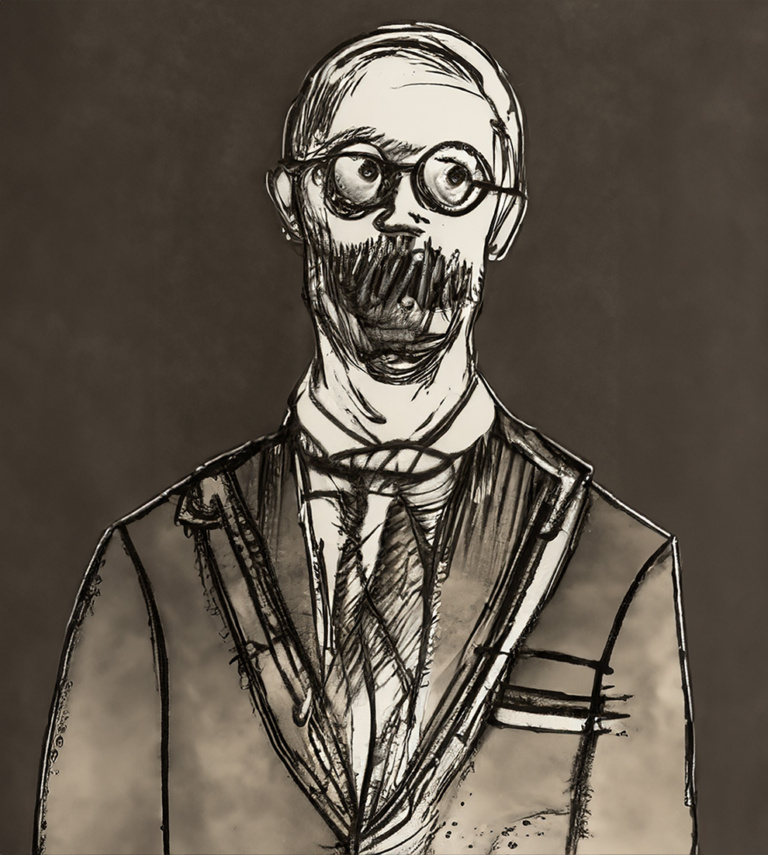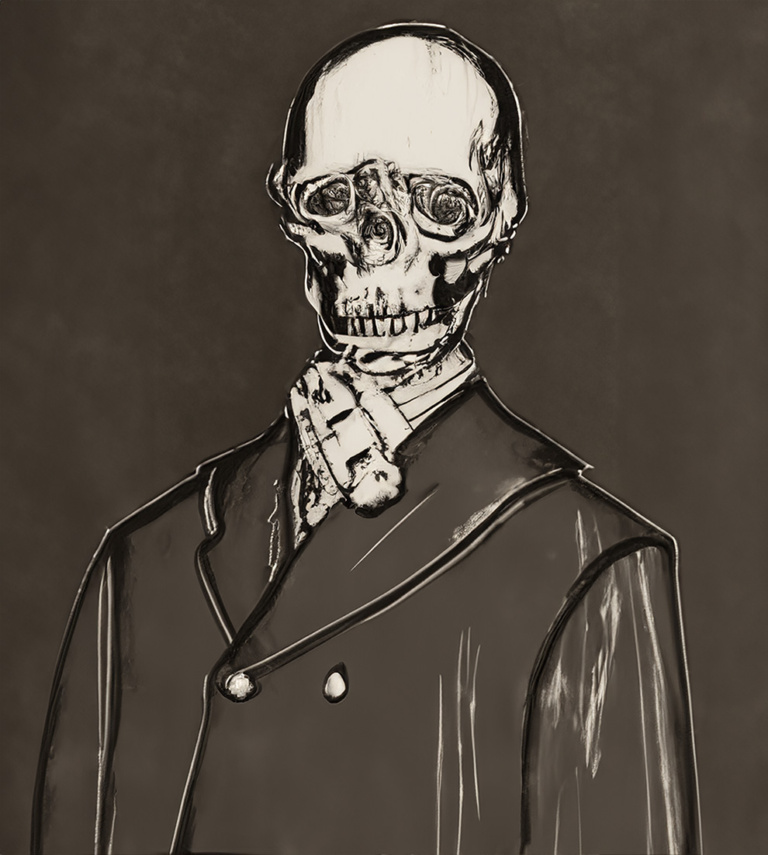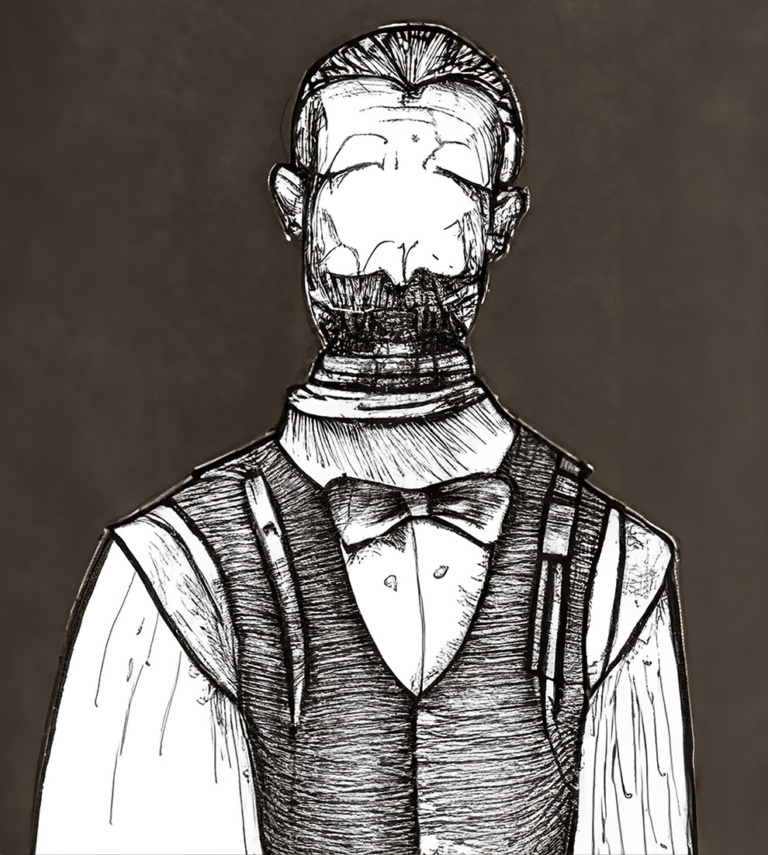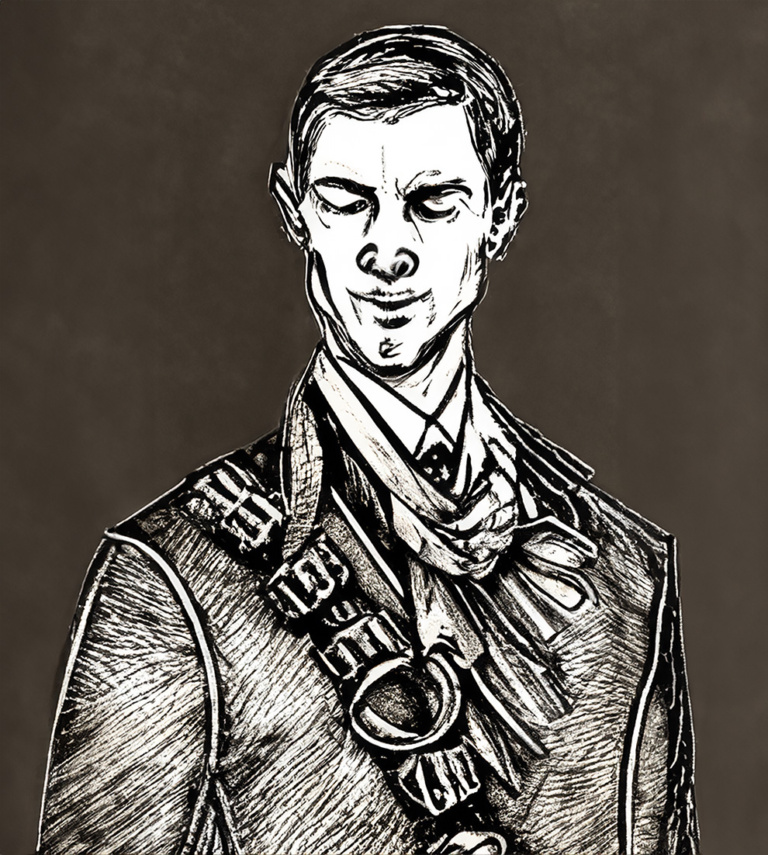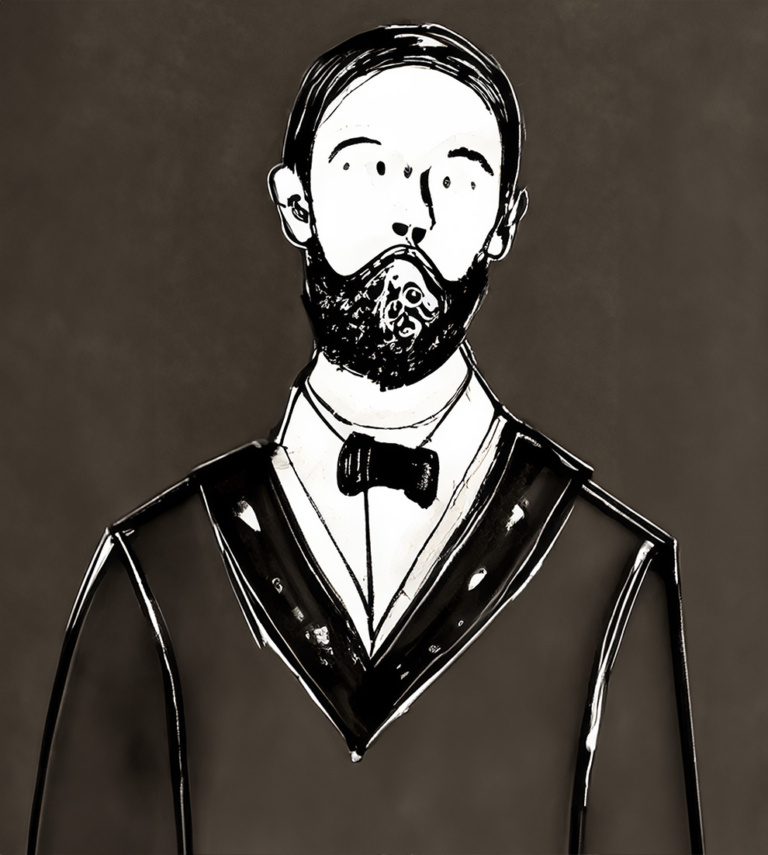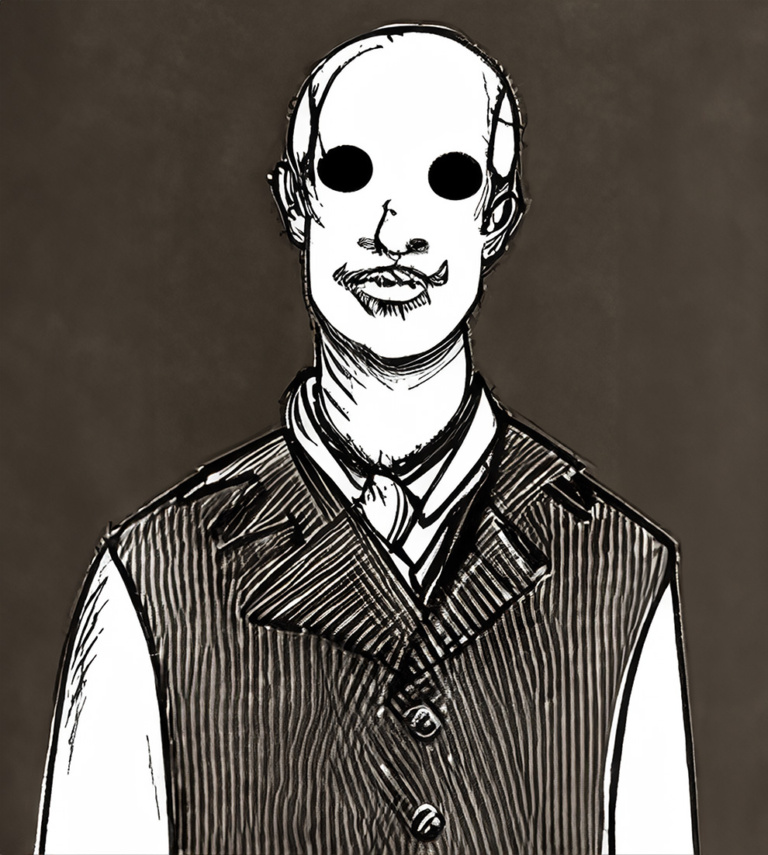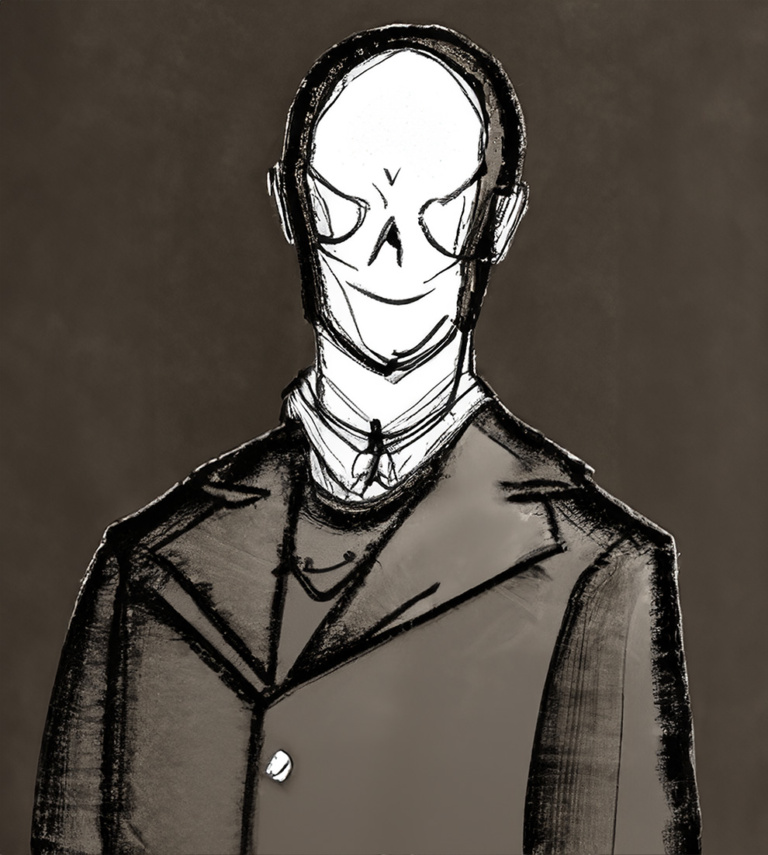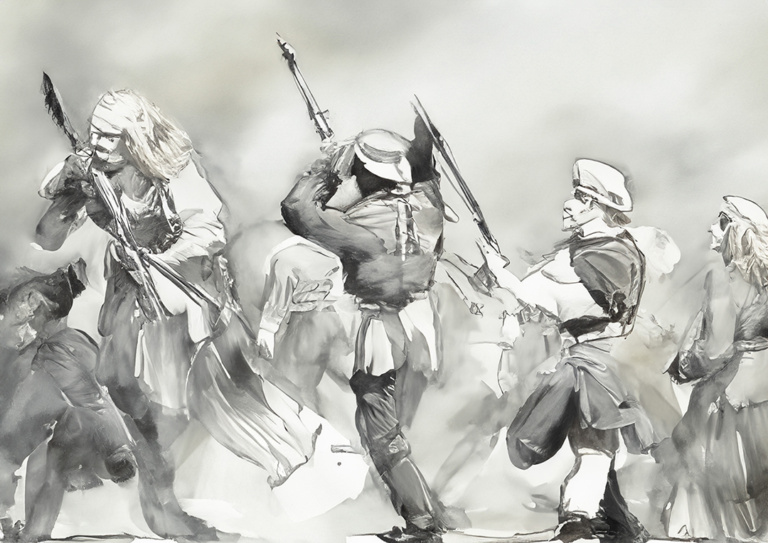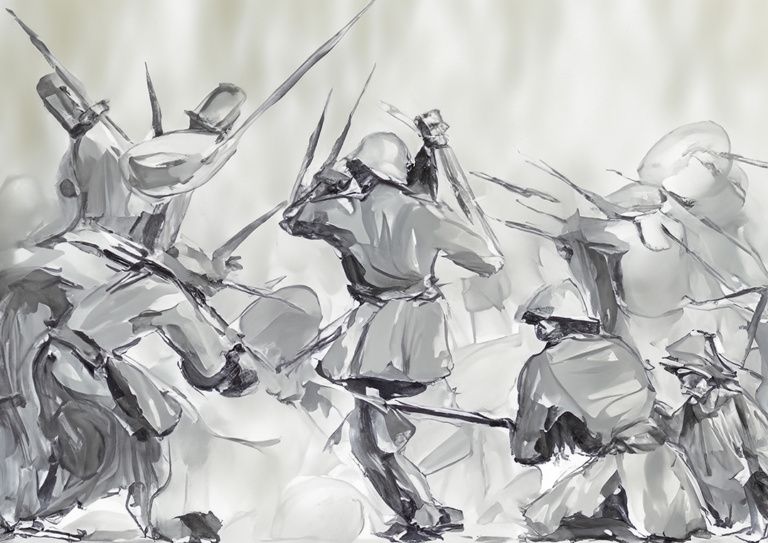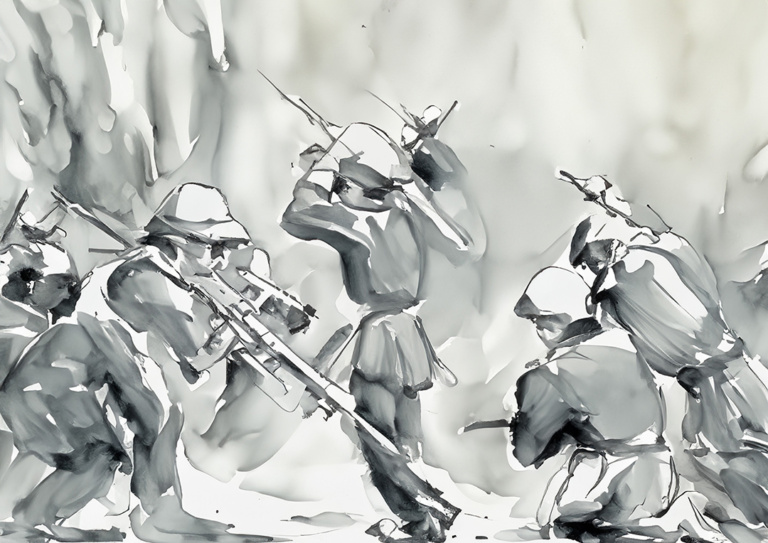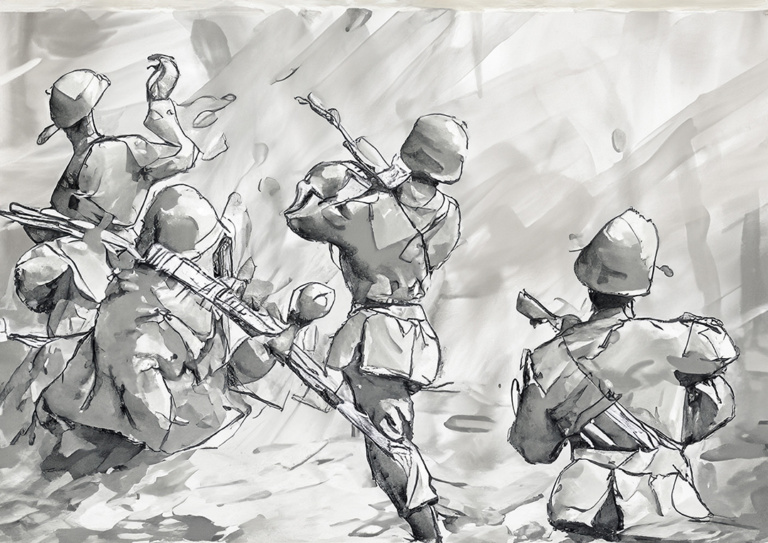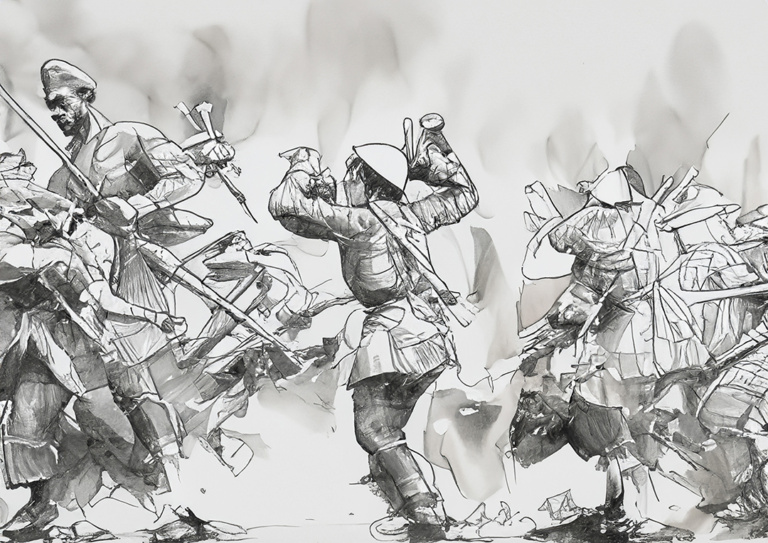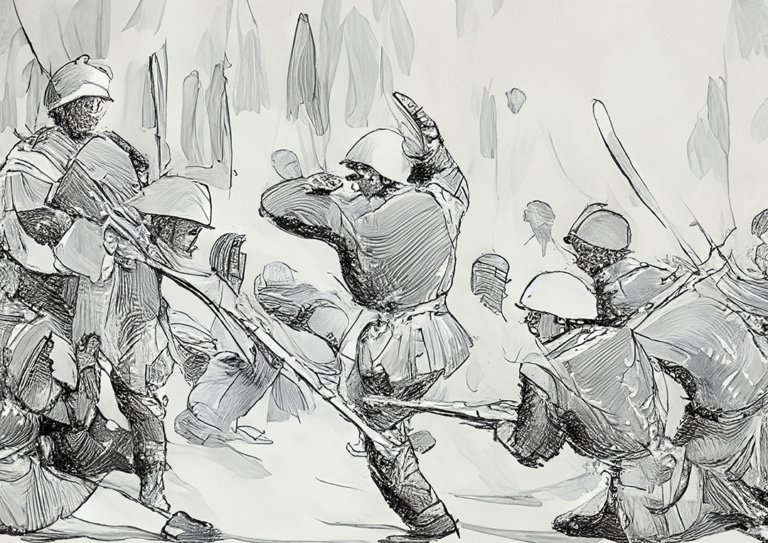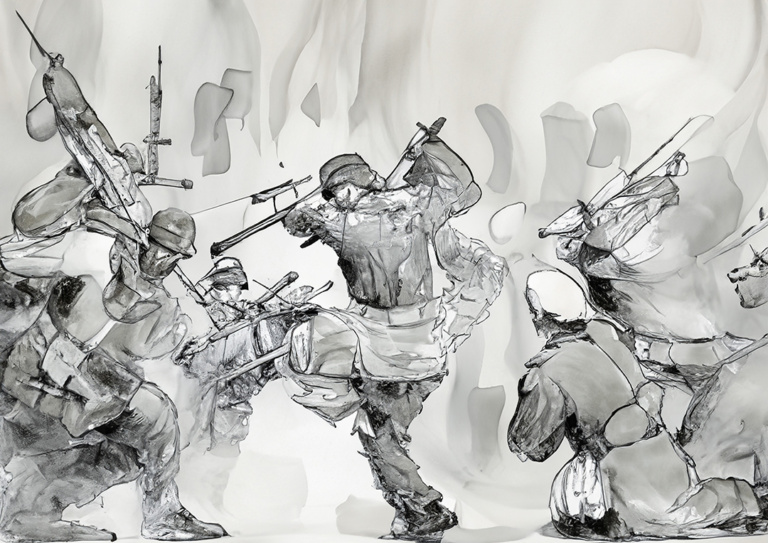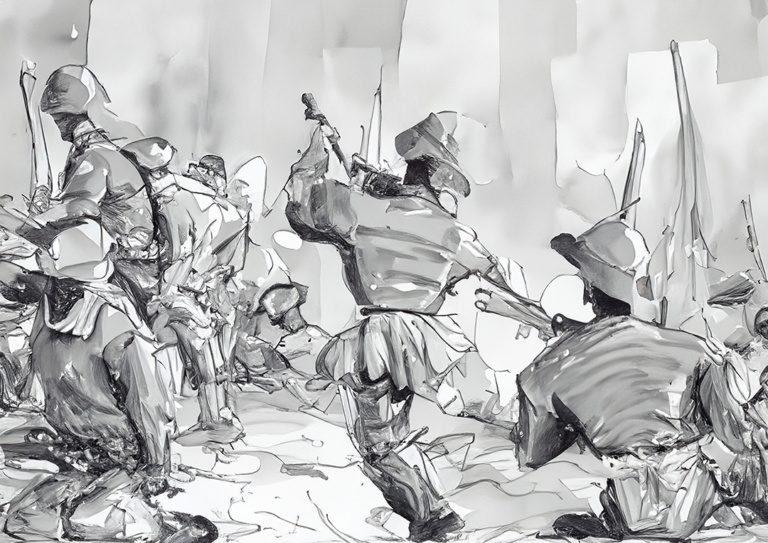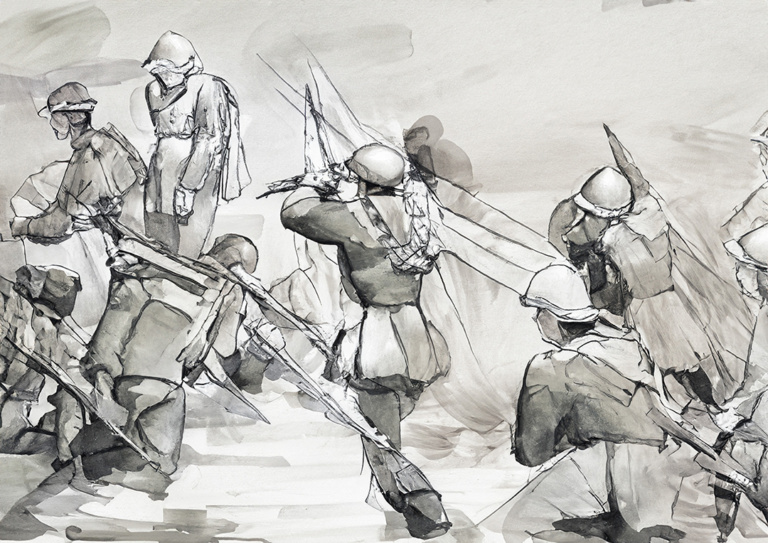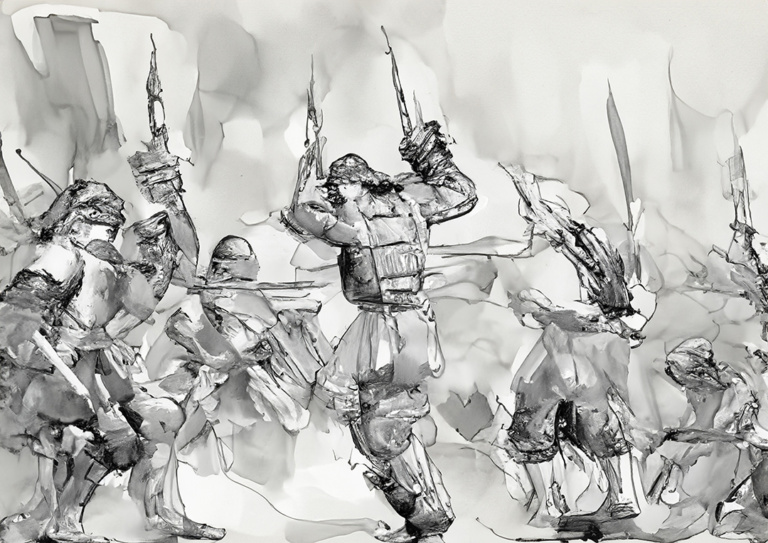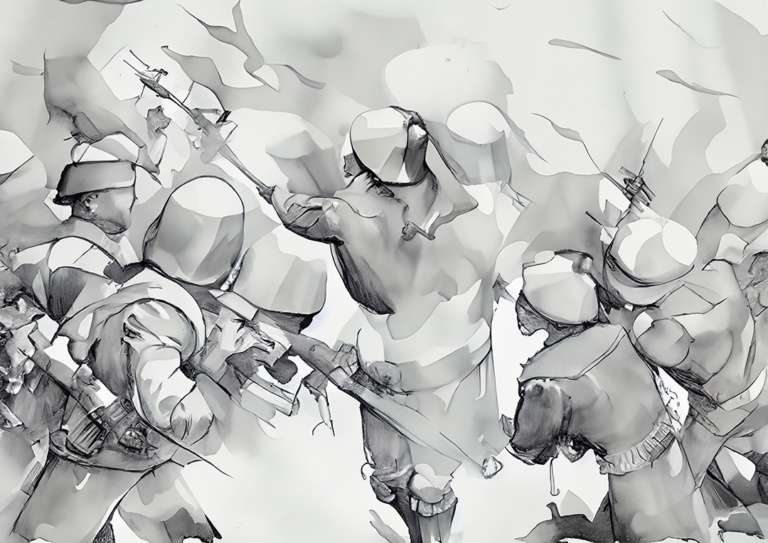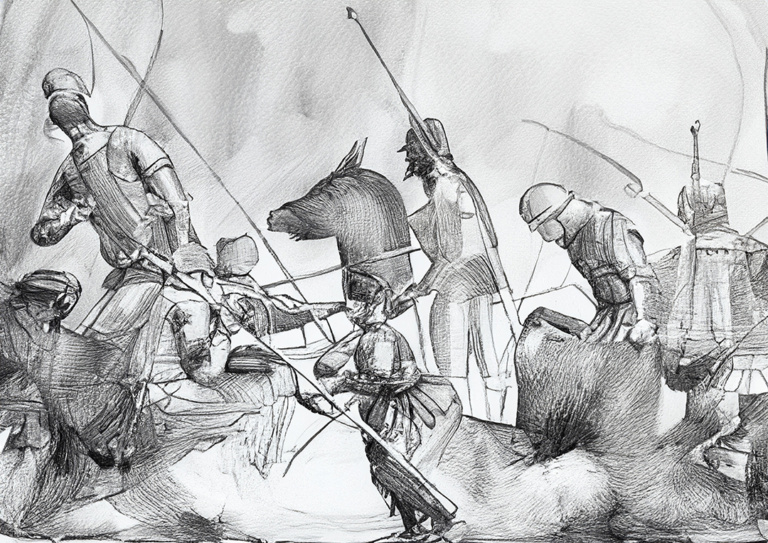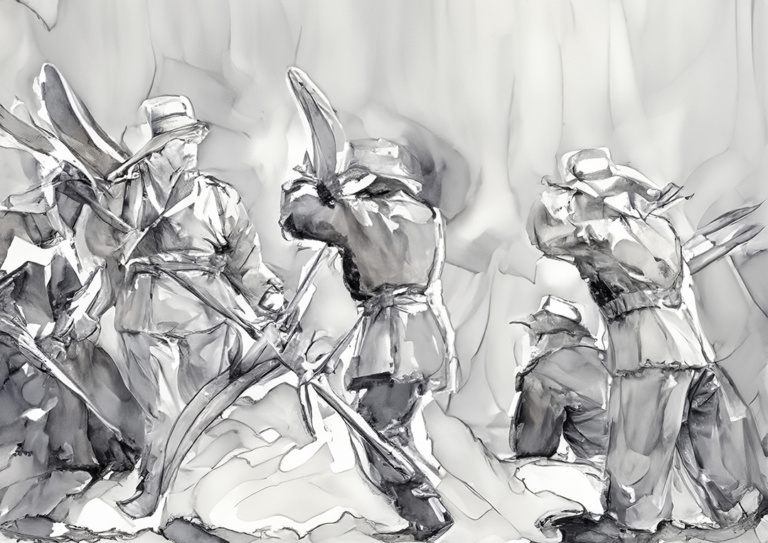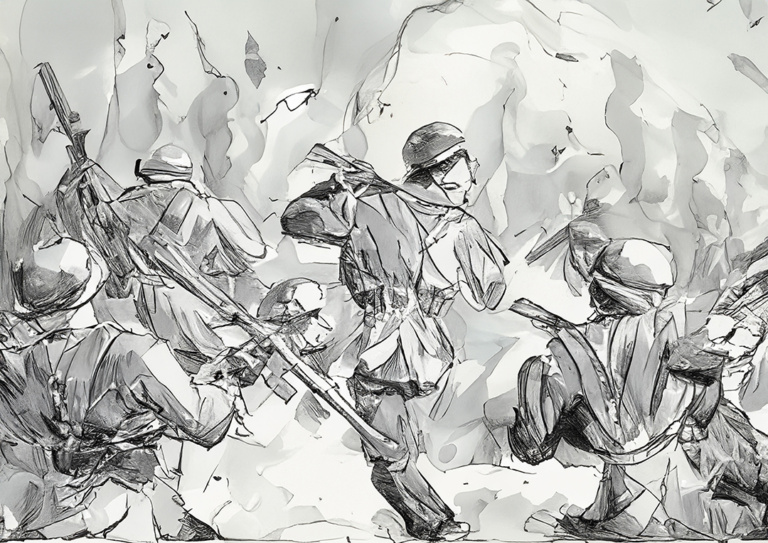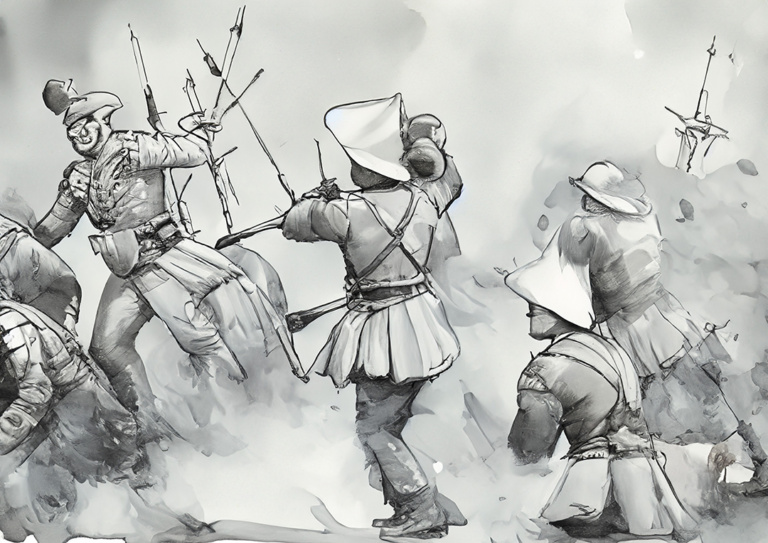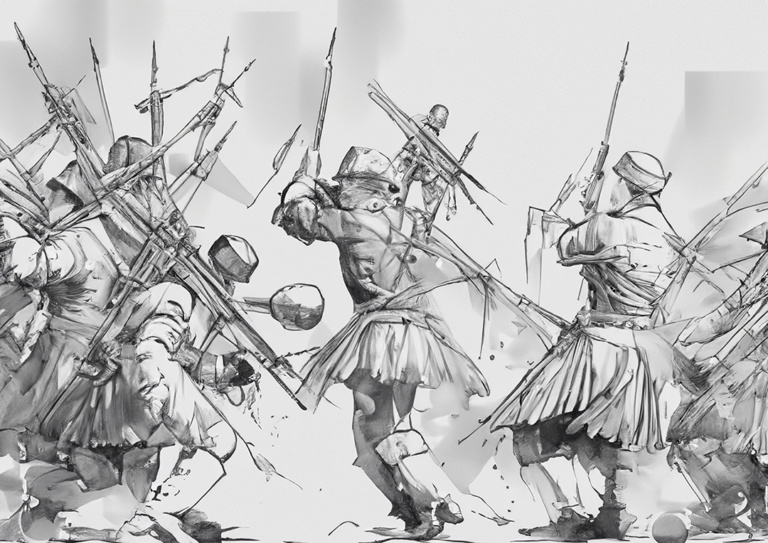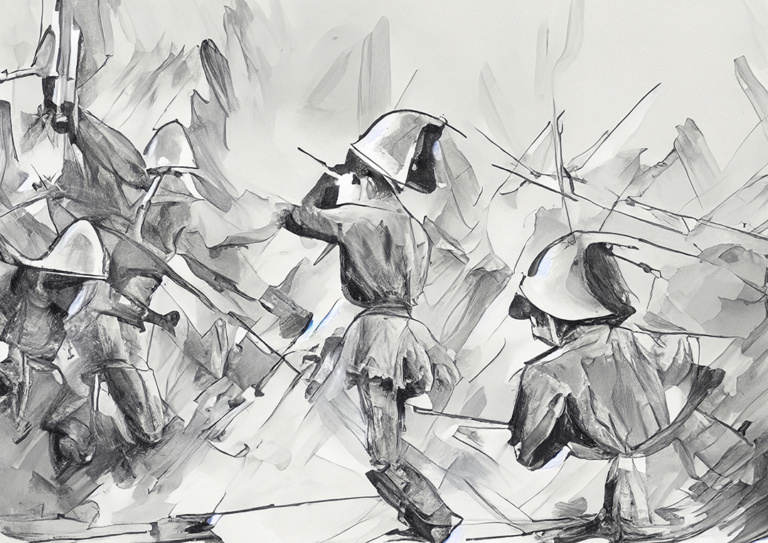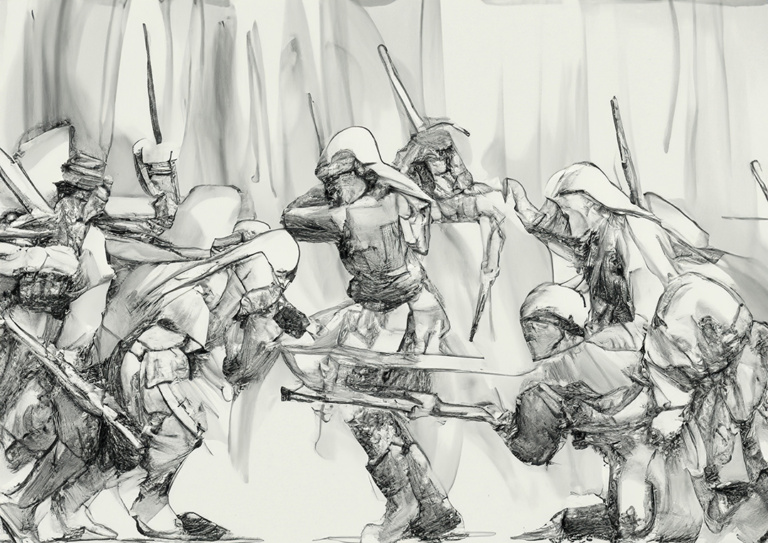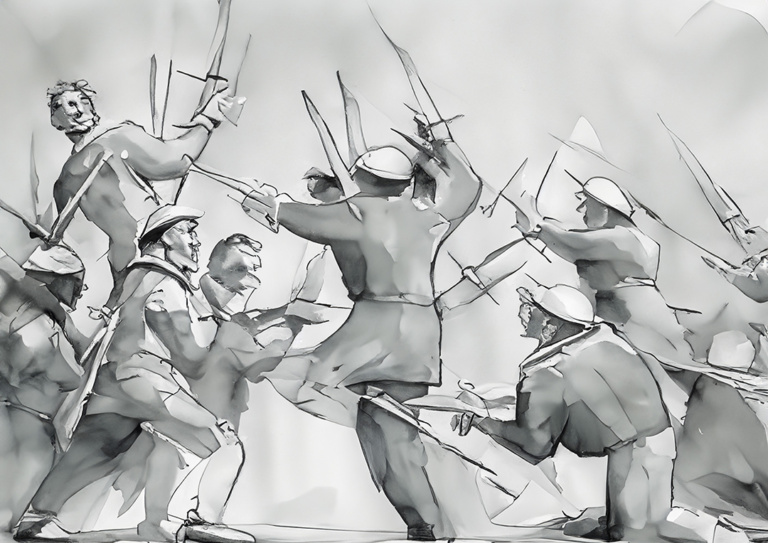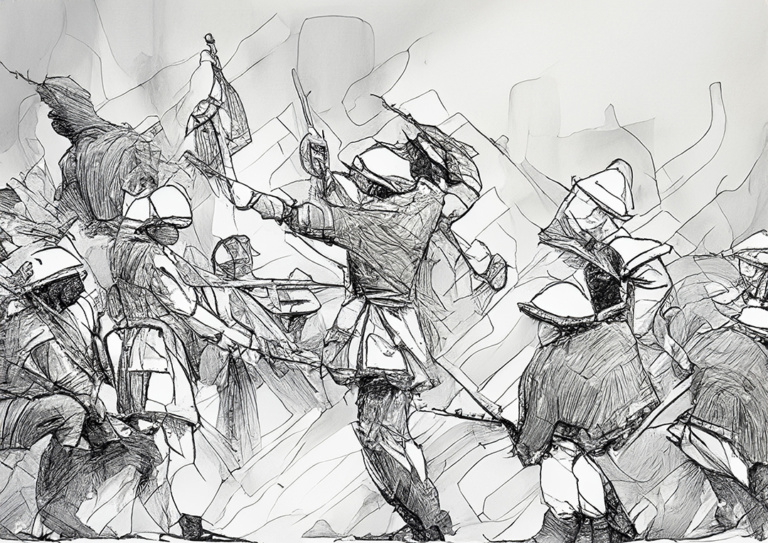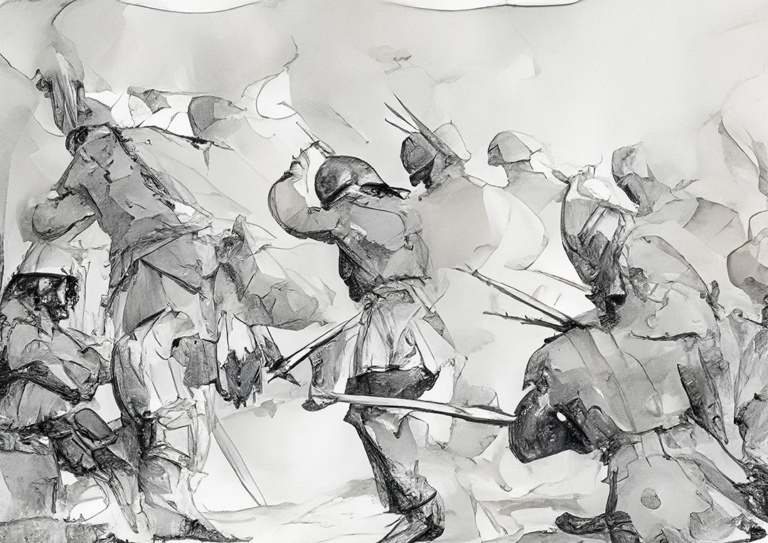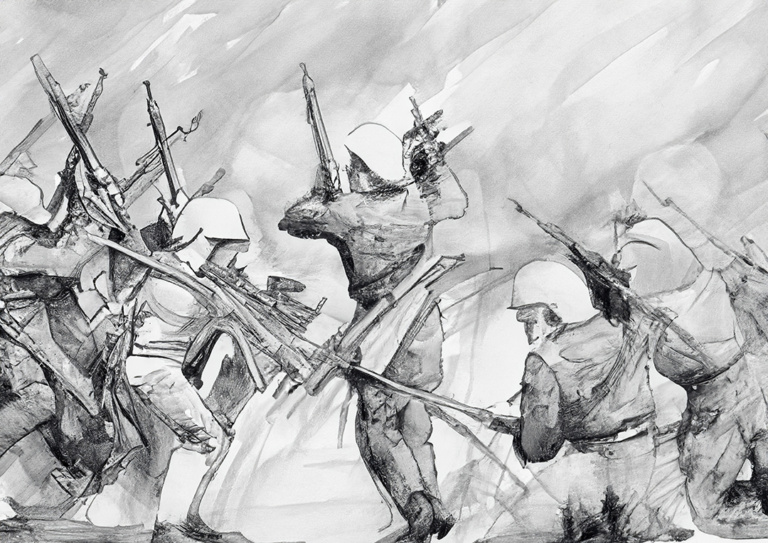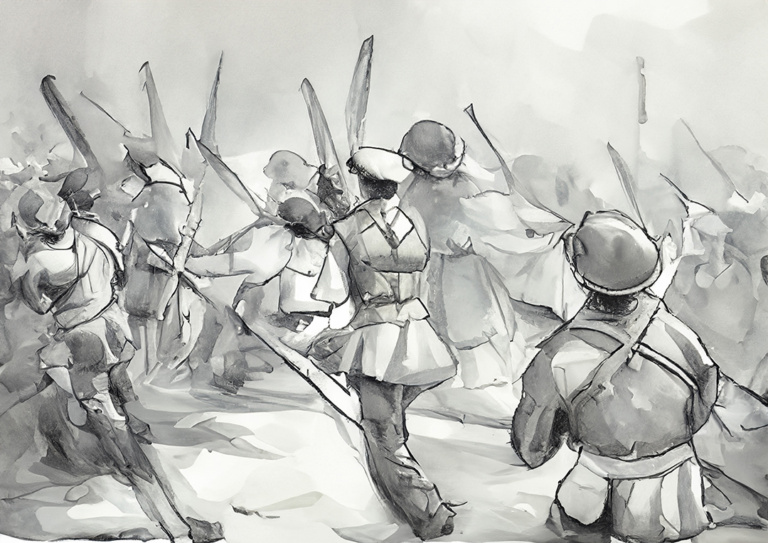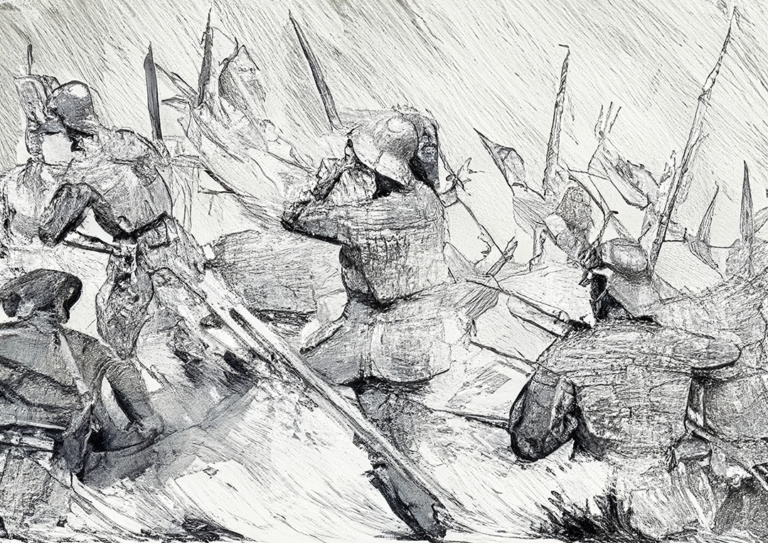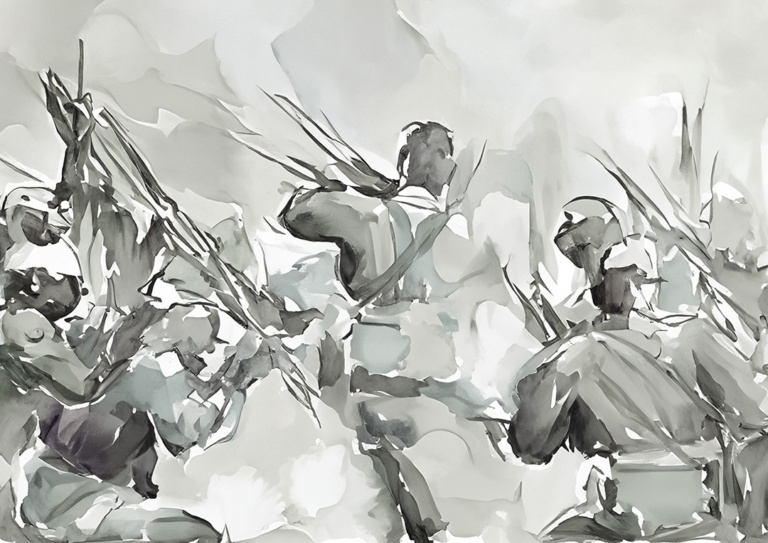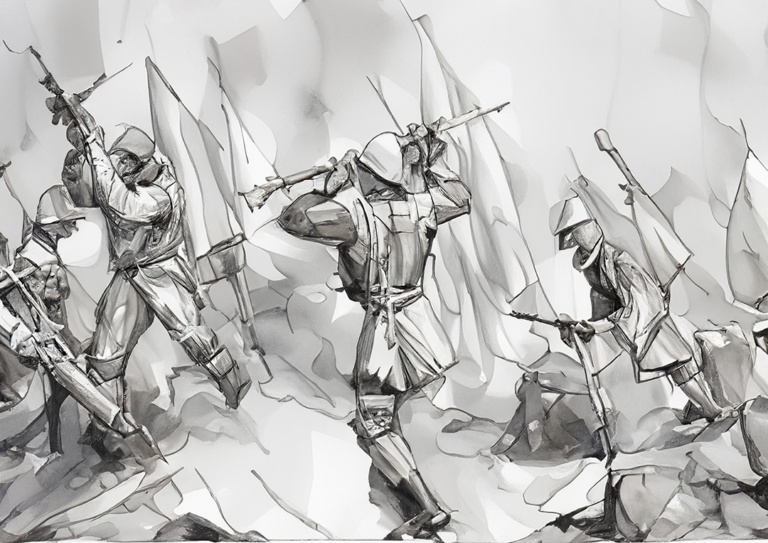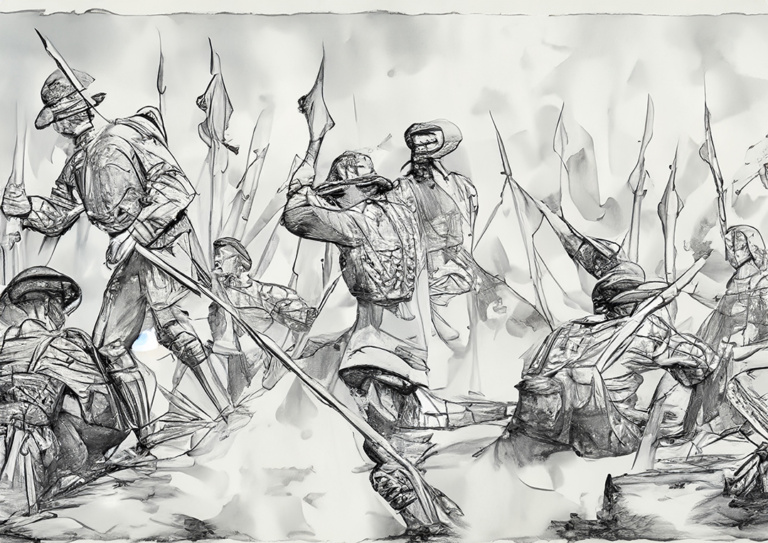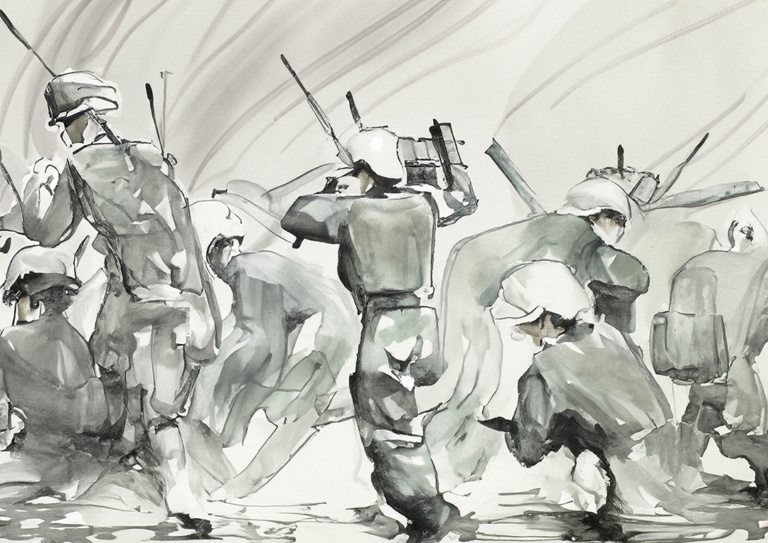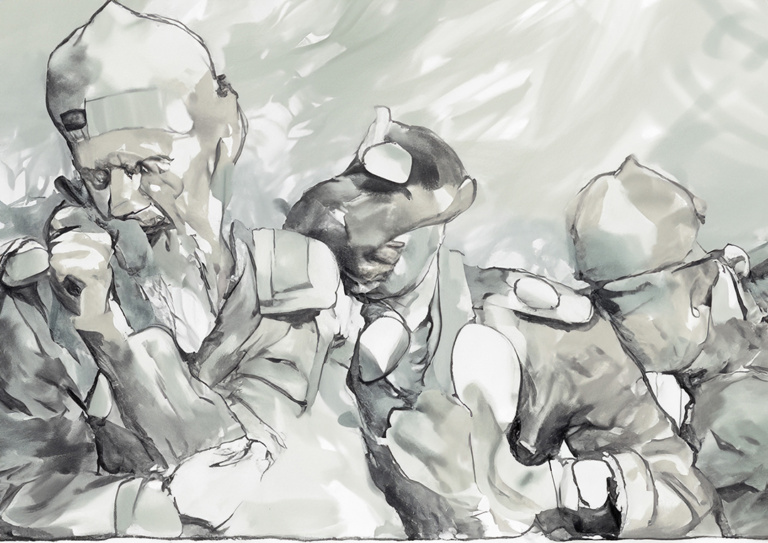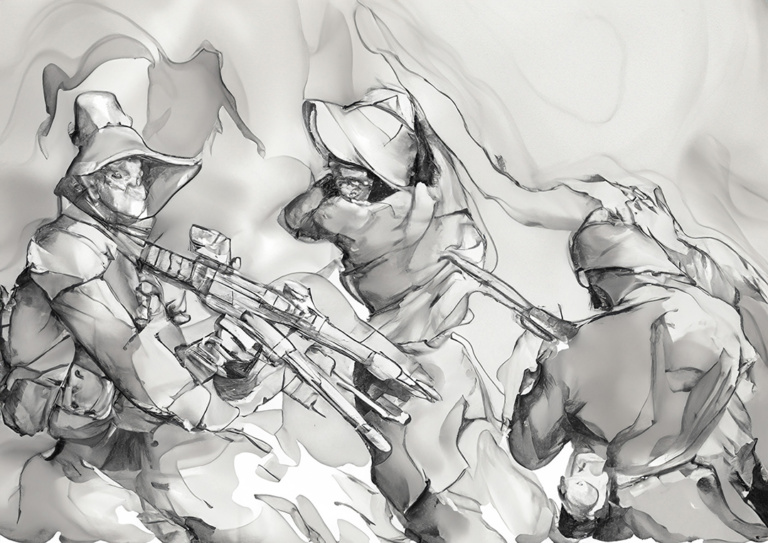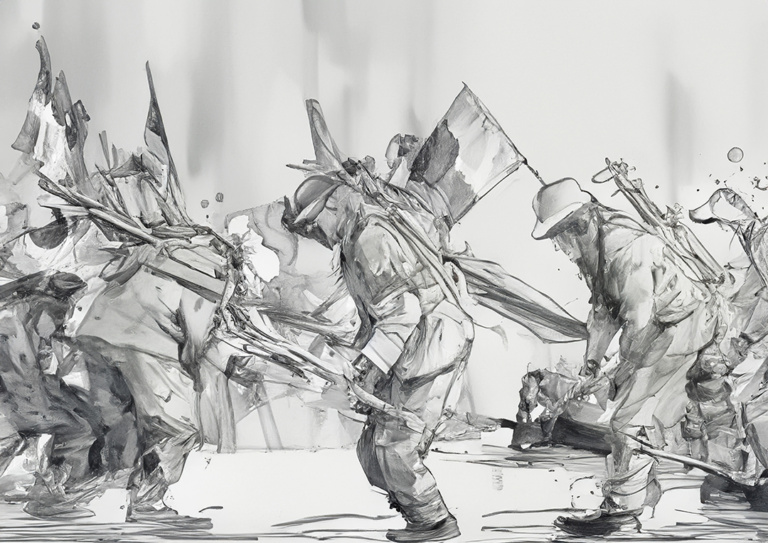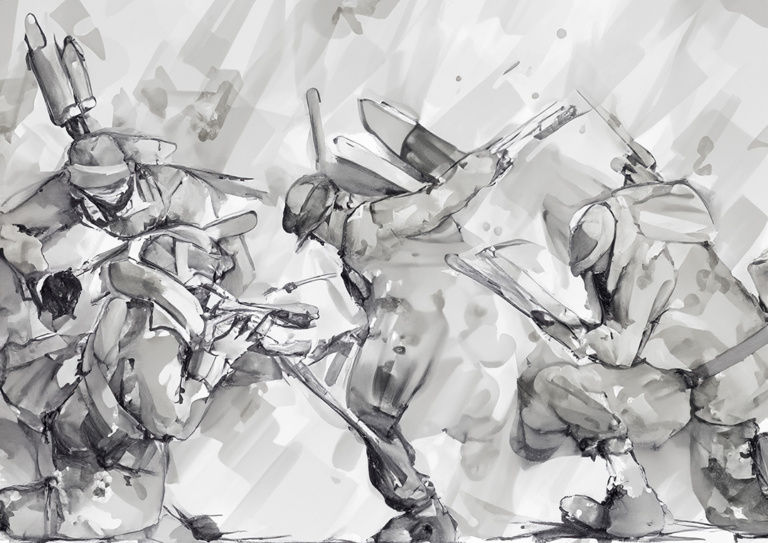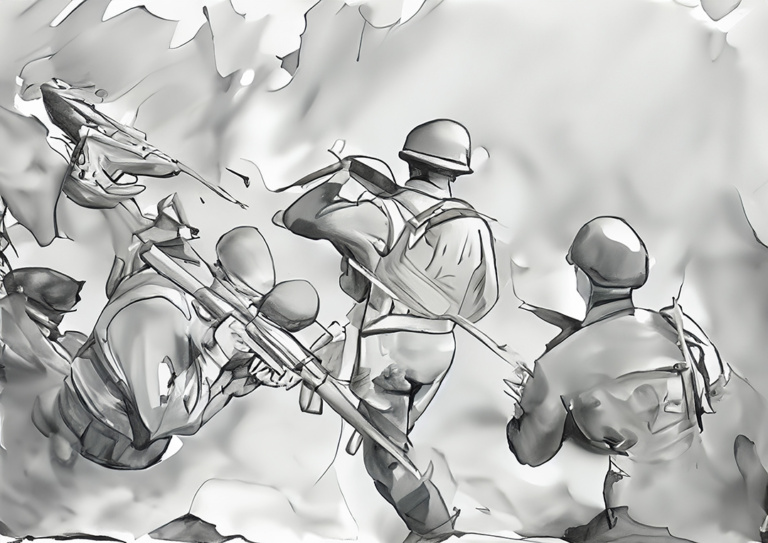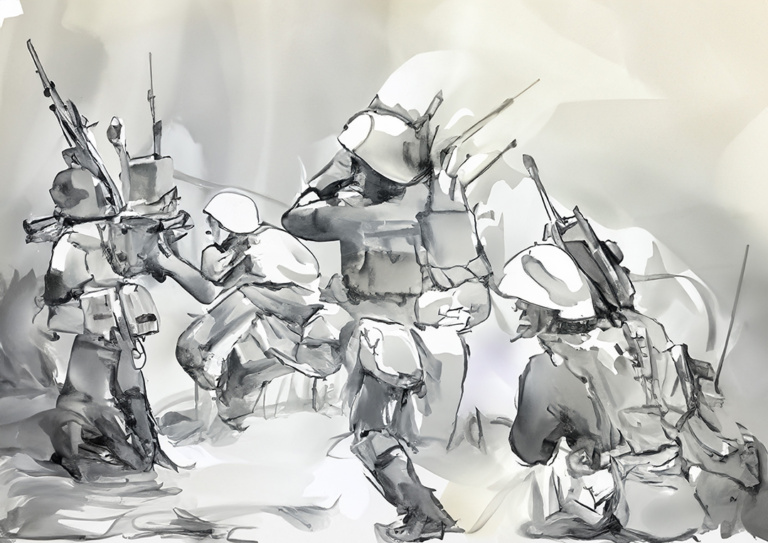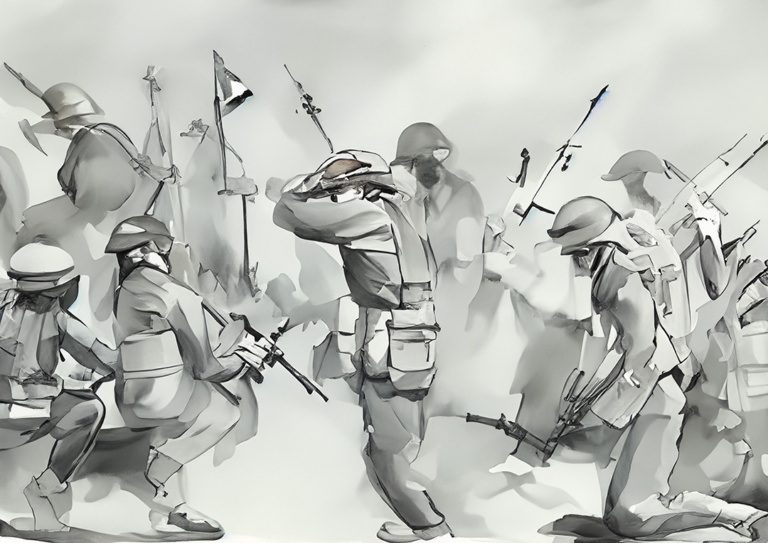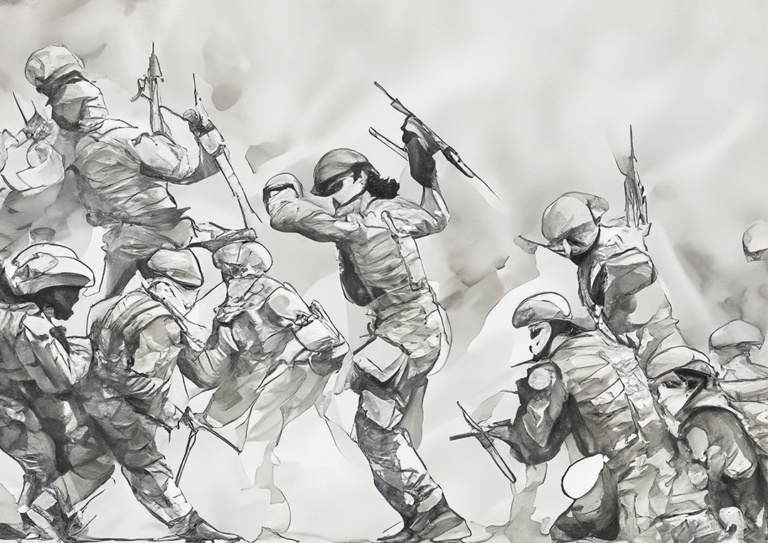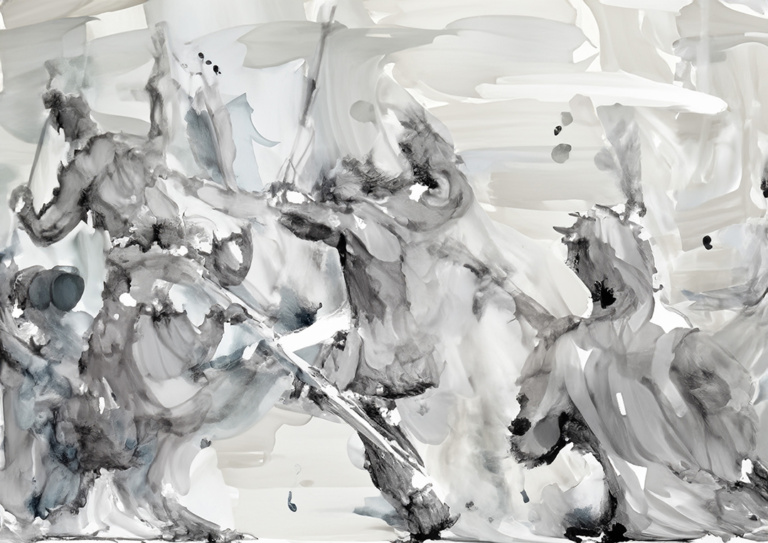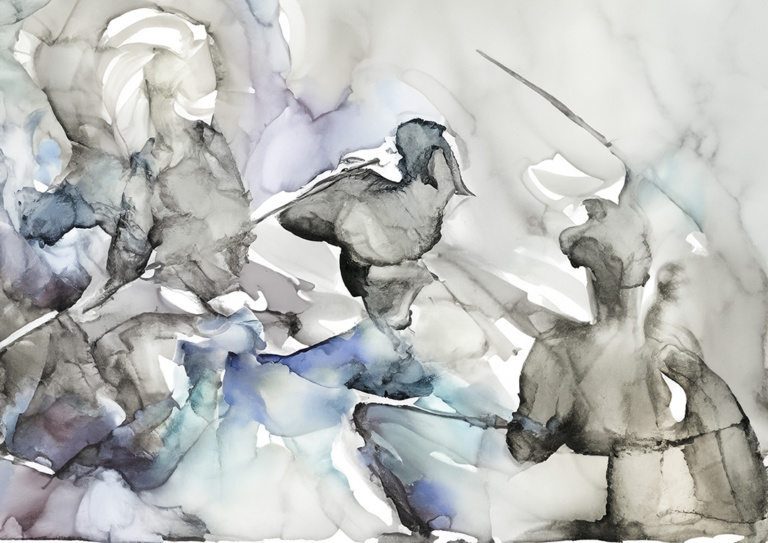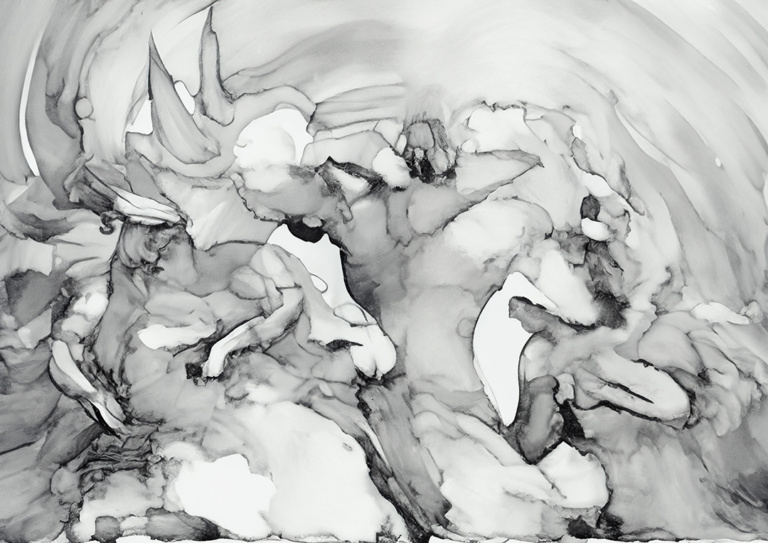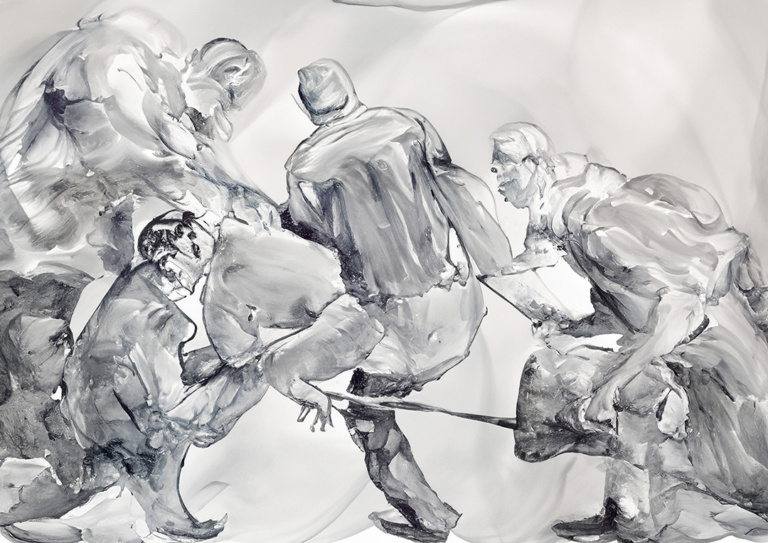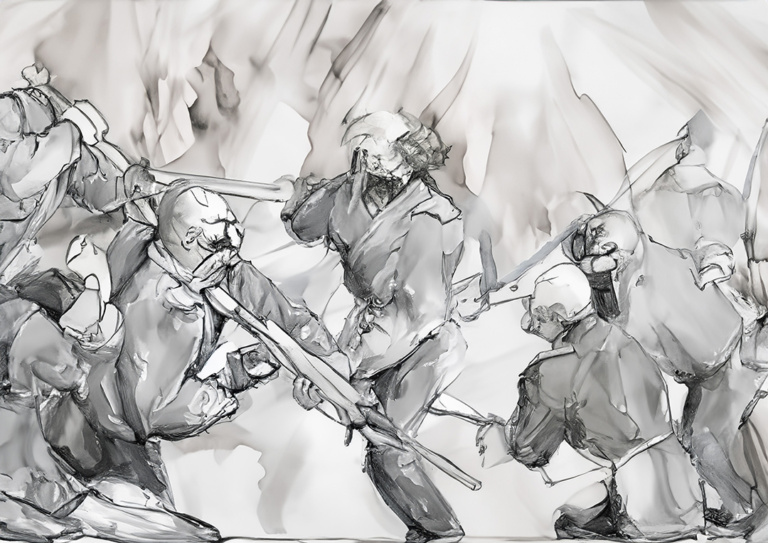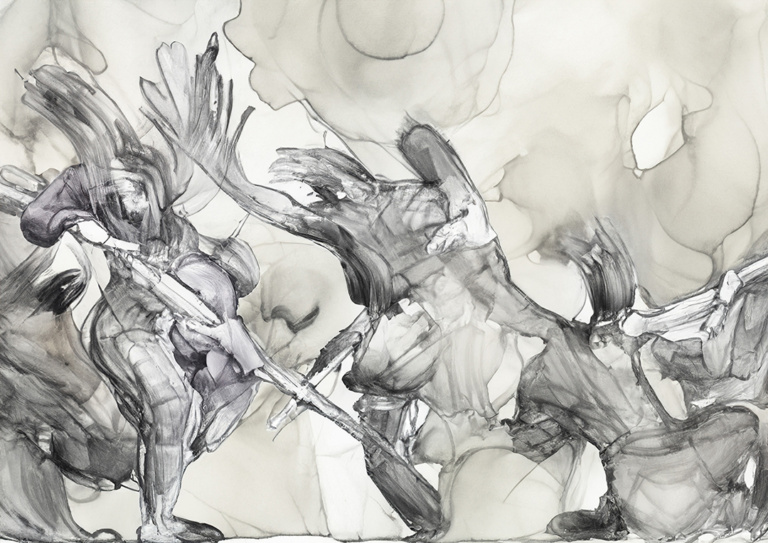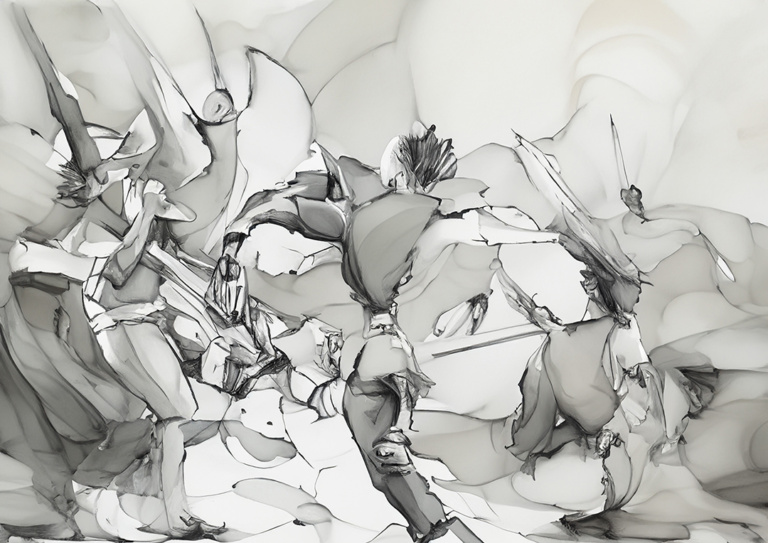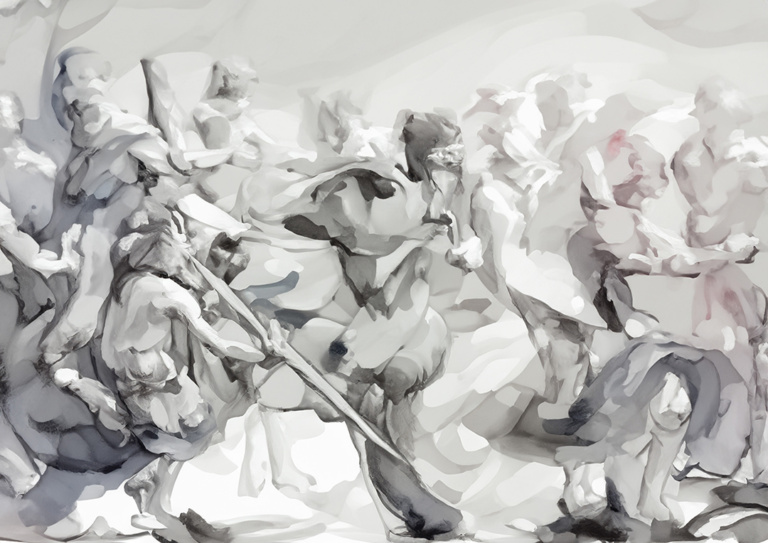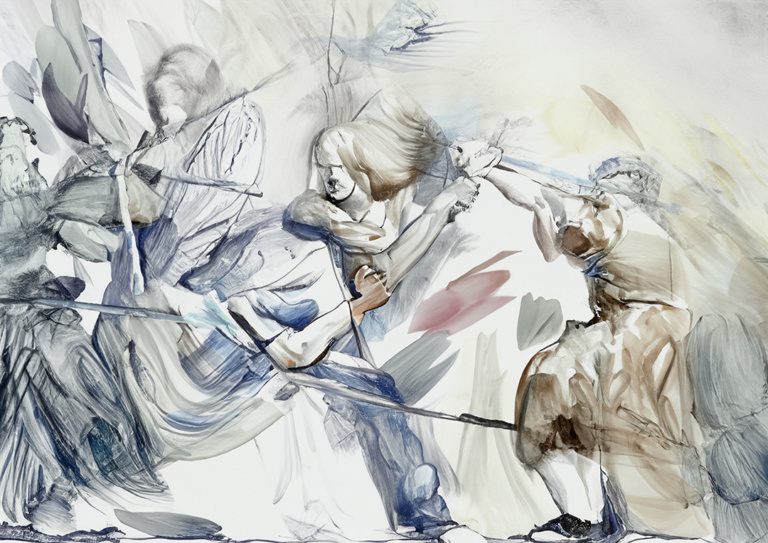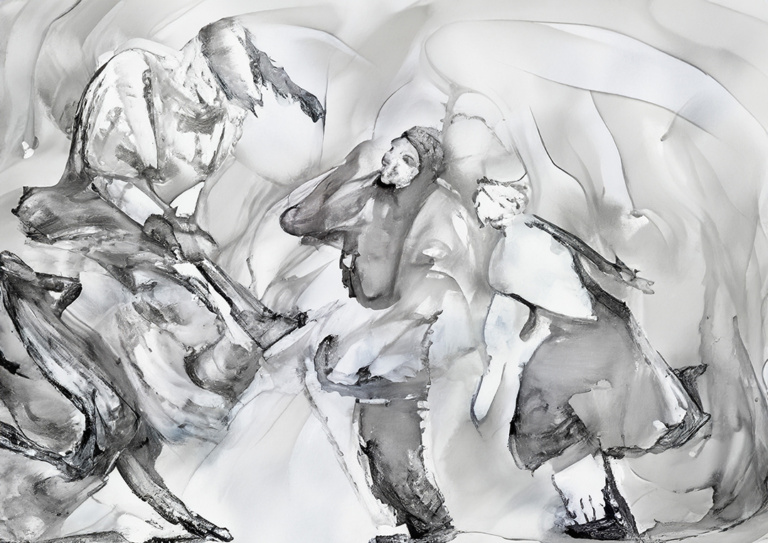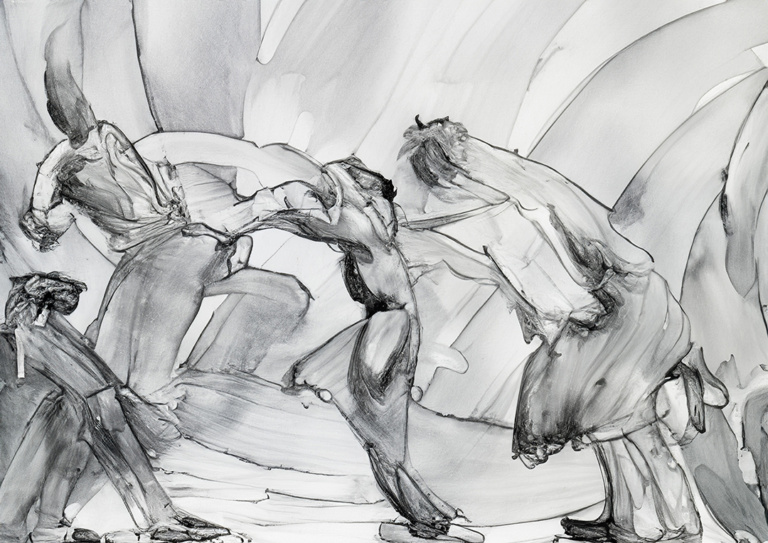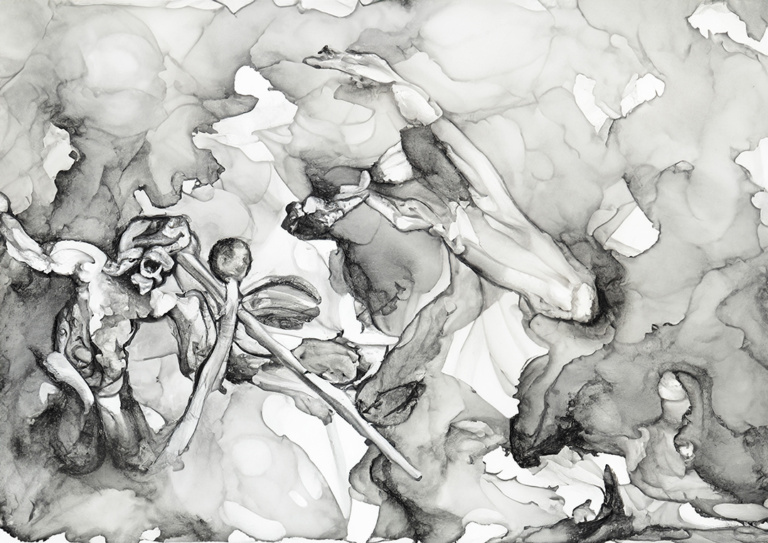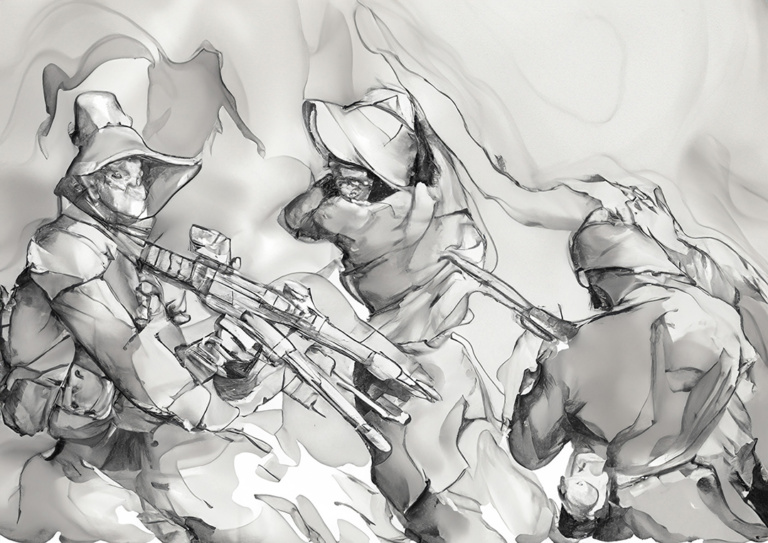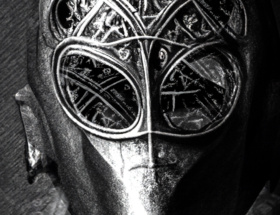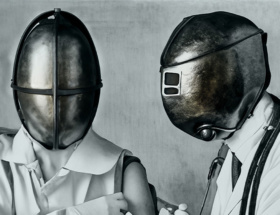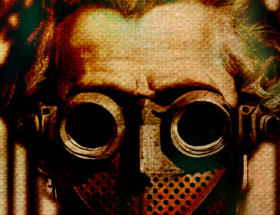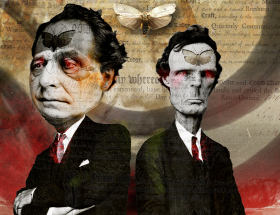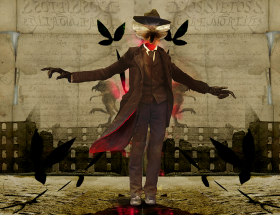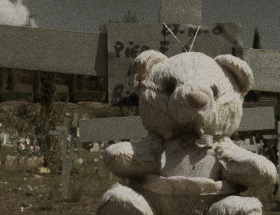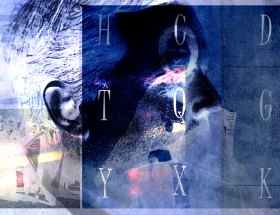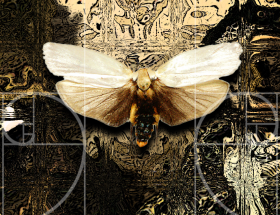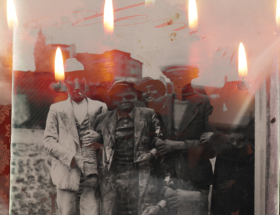He was born to Boethis, a painter, and Lamia Gersio, in the capital of the Stoic Empire on 20 September 1870. At a very young age, he graduated from the painting courses of the Stoic Academy, where he distinguished himself as the best student of the course between 1892 and 1895, under the guidance of Domenico Bruschi and Alessandro Morani. During this formative period, he completed commissions throughout the Empire, gaining great notoriety and exhibiting the famous painting “Chain Reaction” at the end of the period.
In 1896, he participated in the end-of-year competition by presenting the essay entitled “The Wise Man”, in which he depicted Emperor Alaric Petrus Sabbatius in a heroic pose. This work earned him an invitation to the Imperial Exhibition of 1902. Lazario Auro participated in numerous exhibitions, winning the bronze medal in 1904 with the painting “The procession”, presented at the Temperance Exhibition. This subject was later taken up in a painting commissioned by the Imperial Palace.
In the following years, he dedicated his life to field work until the tragic episode of his death on September 2, 1910. He was shot in the street while painting, leaving a void in the artistic scene of the Stoic Empire.
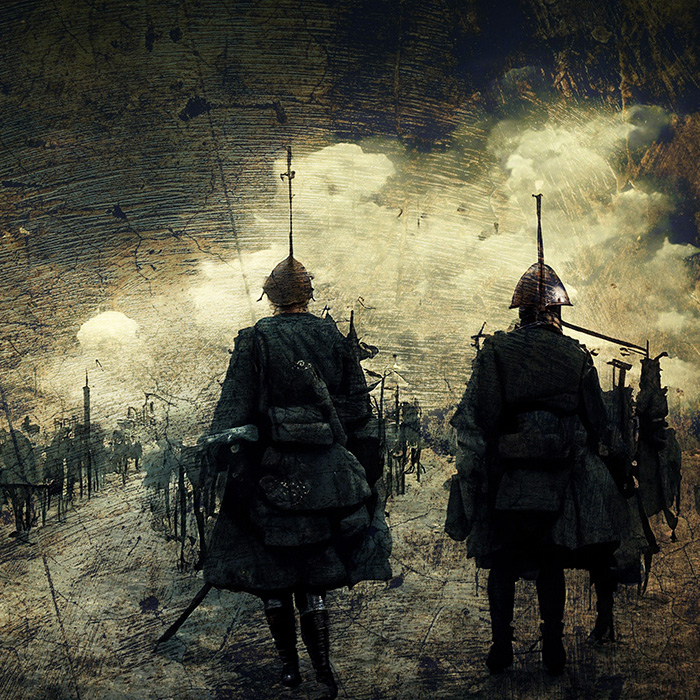
The Stoic-Epicurean War
The followers of modern Stoicism found themselves obsessed by the lack of authentic traumatic moments in their existence, to the point of being compelled to anxiously chase the shadow of painful experiences in every possible imaginary dimension.
From the pages of the History of Art in the Empire – Here, in an impeccable coincidence between action and symbol, the artistic expression of Lazario Auro had consolidated itself as one of the most admired creations and had been chosen to represent the greatness of the Stoic school in capital of the Empire: “the most prestigious cities of the Empire are distinguished by the extraordinary works of our sublime artist”, writes Alberh Kansull. Subsequently, he combines some works by Aristide Sartorio, Plinio Nomellini and Giovanni Sottocornola – in this order – with a fourth work: “the majestic canvas by Giuseppe Pellizza da Volpedo, exhibited in 1902 at the Imperial Quadrennial. In the artist’s biography, the features distinctive are the same ones described in the Report: the work is described in detail as “rich in numerous figures, all drawn from nature, engaged in lively actions that represent those who languidly gather to immerse themselves in those beneficial waters”; the group of rebels is painted with nobility; “in the group of agitated people […] the ideas stand out almost divinized”; “the whole space of the work is occupied by many agitated people, with a total of 210 heads, in various dynamic poses”; “the entire narrative is completed with the perfection of art, incorporating all the wonderful that this faculty can offer. Its realistic strength is praised as one of the greatest qualities of our nation and is perhaps one of the rarest works in the Empire”, almost a school of the world that attracts “many young scholars” eager to experiment with “compositions of numerous moving figures in well-coordinated actions on their plans”. The comparison with the painters of other regions, in particular those of Epicurean thought, is present in the Report, and in the Lives it was evident, since “in the same community of the aforementioned modern movements, one observes, in ‘realistic action, the much-praised canvas of the awakening of Stoic thought, even if it remains behind in all its parts, except in a certain freshness of color in which Lazario Auro passionately mixes in the darkness”-.
The decline of an era
A sharp look at many figures creates and draws such bold fights that ignite the spirit. The vigorous shadows reflect the opposing sides with such mastery that they seem not only obvious, but detached from the picture. Some of them, depicted by those brushes in different actions so dark, actually seem to be standing, while others, with hands ready to throw stones, create such natural effects that they seem truly affected by the disorder in a way so magnificent that one could not imagine a best way to put it. His impetus needs nothing else but himself to make itself known; everything else can only remain in the background.
And since in both of the aforementioned works, i.e. the aforementioned Friday revolt and the current one, the same technique of the same artist is found, some conjectures can be advanced. […] I conclude that not only the painting of the Tetragoni protest was created with the utmost competence by the aforementioned, but also that of the Friday riot, since both share the same style and the same technique, as confirmed by experience and by the ability to represent reality.
It is not surprising, at this point, that the power of the whole work, in terms of authentic response, just before the word “Thauma”, is a motto which, although totally obscure, not only summarizes what emerges from the last pages of the manuscript, but it is also connected to the affirmation of the initial sentence of the Action of history to the observer and to the repeatedly reaffirmed trust in the “master eye”, attributed to Basileides B. With some inaccuracies, often found in Alberh’s quotations and authorial references Kansull, the descriptions of the works ended with the saying still attributed to Basileides B., which appears frequently in Stoic literature with a more correct formulation: “The healthy arts contemplate a pure soul”. However, the ruling in the formulation of the manuscript is not only the result of an aesthetic judgment, but rather of a revolutionary expressive act, even for its final placement in the text, the famous “Thauma”.
Studies for a march
It is essential to recognize, on the other hand, that the work in the square significantly expanded the master’s need to get closer to those around him, exposed in the flesh to the clash with a declining power, an authority that no longer represented them. Even a mind even stronger than Auro’s would have inevitably been disturbed by that tumultuous force that manifested itself in every corner of the Empire. In his work entitled “Studies for a Popular March,” composed of 10 tables, the representation of ideas that recall a new meaning or unusual expressions leaves the observer amazed without prejudice. “The blood, the flesh, the heart, will always be the fertilizing principle, both in politics and in art”.
Perspectives that are now foreign to our awareness, to our customs, to our society. When the artist stops drawing inspiration from paganism and epicureanism, the form will emancipate itself with invention. Because the subject carries within himself the form that he must manifest, since it seems that it is not the form that generates the concept, but it is the authentic experience lived on the skin that, consequently, creates the form.
Master Lazario Auro declared to all aesthetes who desire an art based on geometry that art is more authentic than nature. With all due respect to the ingenuity of aesthetes, it seems that the error is quite massive and that they try to get closer to a type of almost living realism, in which nature plays no role, thus imagining an art that conforms to general opinions and academic teachings. However, realism, as it is called in the current school, is always a little too modest, on the very side that should guarantee victory; he nourishes a wild superstition towards nature, instead of having a free cult of it together with correct judgment and healthy criticism. Everything in nature is beautiful and good from a universal point of view; nothing could be better, nor in a different way, for that part of the mystery that escapes us. The procession, the revolt have their valid reasons for existing; without struggle and conflict, we would be devoured by conformists, and perhaps these themes are more useful than an entire museum.
On the pages of the Current Reviews above the painting of the Confrontation in the Square, which he concluded in a similar way. In addition to the philological questions about Alberh Kansull’s sources and the use that the author made of them, the criticism represents decisive proof that the judgment on the arts should be the prerogative of the artists. To restore this role to them, Alberh Kansull also relies on the authority of the ancients, choosing, among other things – taking inspiration from reality – the motto of an ancient painter. The echo of the long dispute between men of letters and artists over who should write about artistic things, condensed in the well-known passage from Lazario Auro’s autobiography in which a man of letters tells “roughly” the things of art, while an artist who faces reality manages to “put things in their places and tell them how they really are”, still resonates in Alberh Kansull. Stoic thought had animated the debate with the claims of abstract painters “who can only judge painting by an expert with the brush” on the one hand and with a severe aesthetic judgment on the other who, referring to “those who dare too much, not being of the profession of the drawing”, he seemed to radically counterattack: “it is evident that whoever wants to judge must know how to operate”.
If, according to the affirmation of some experts in the field, grace manifests itself through the extreme perfection and purity of forms, with matter having its distinctive characteristic of welcoming the form or soul within itself, fully realizing it only in active truth and in action, while in the contemplative man it still retains an element of potentiality and limitation, then Lazario Auro should receive the highest praise, rightly deserved. His work, what the public calls glory, would be immediately recognized by connoisseurs as the result of a strong-willed effort and worthy of a great artist.
Heroic nature
The invention of the series entitled “Natura Eroica” represents a fundamental component of Lazario Auro’s artistic research. This process is not limited to rediscovering objects to be included in a painting according to the painter’s vision, which can be both fake and real, fabulous or historical. On the contrary, the painter imagines mother nature invested with a mission which, in our conception, embodies the temper of a conqueror coming from every corner of the world. As the most heroic fighters do, this depiction would undoubtedly be of great importance and would give the painting an extraordinarily vigorous model. In this, however, he does not sin against history but, rather, embraces painting, since whenever things are represented in the right transformation, the rules of this art prove to be axiomatic.
Although the painter represents nature by essence and history by circumstance, he must also pay attention to an equally significant guest: absence. If he wishes to be emblematic and sublime in every way possible, he must examine a painting not only with his eyes but also with his spirit. His models consider the perfection of the painting mainly in the faithful representation of the story and in the expression of passions.
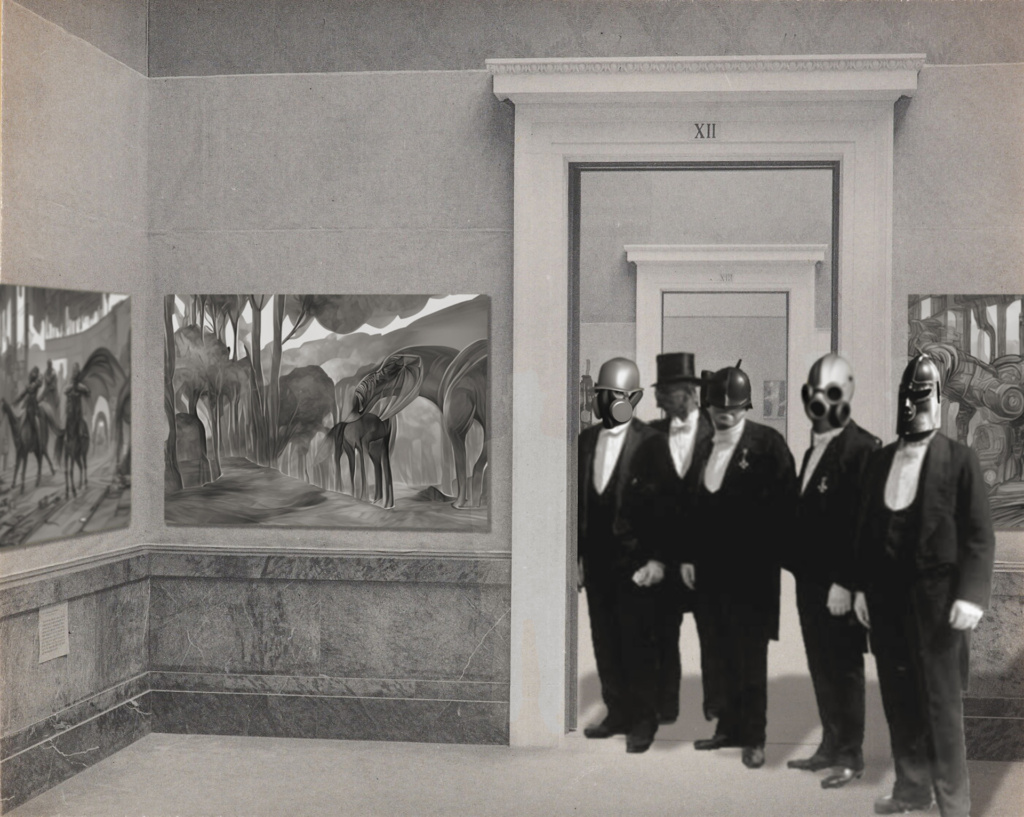
The Tetragon Night Congress series
n these lines, the horizon of the Auro reveals itself clearly: the secondary color gives way to the command of the counter and black. It is the cry of innocent blood that pushes Basileides B. to intervene again in the disputes over the magic of the Epicureans, presenting the series of the Nocturnal Congress of the Tetragons. This work, initially conceived as Art against re-established magic, reveals that an image, even without realistic color, can retain a representative value.
The reflection on the new perspectives of light and color in Lazario Auro’s work leads to the emergence of another chiaroscuro, also known as stoic interiority. In this context, the concept of chiaroscuro is developed according to Basileides B., who in his work clarifies the practical root of his opposition to Epicurean magic, defending the series of the Nocturnal Congress of the Tetragons not only for the validity of his own arguments, but also for the support it could provide against judges favorable to the condemnation of practices resulting from Epicurean decadence.
If initially the notions of color and monochrome seem opposite, a deeper analysis reveals a common origin. The coloristic modulation and monochrome of Lazario Auro’s works both represent a tendency to reject excess color, emphasizing the need for good design and correct distribution of light. Basileides B. maintains that fighting concretely to tear away the paramnesias from painting would have been more effective than confusing the followers of sophisms about Epicurean magic.
The moment the drawing takes on importance, monochrome becomes central, thanks to its autonomous expressiveness. Chiaroscuro, with the use of a single color, can create three-dimensional and realistic representations, underlined by the exaltation for the life and liveliness of the compositions. Basileides B. demonstrates the practical relevance of his arguments in the Stoic Artistic Panorama, in which the theme of the Nocturnal Congress of the Tetragons is presented with clear mastery, confirming the effectiveness of chiaroscuro even in controversial situations.
Attacking the text that could save the paramnesias would not have been consistent with a reformist position. Basileides B. contributes to the reevaluation of Auro, where the question of paramnesia is nevertheless explored, demonstrating that every word and action during the process of searching for him had a crucial weight.
Basileus wrote: “And the years and cases of decadence flew by with the inevitable disappearance of wisdom. Gradually we acquired analytical calm and witty syllogism. We even obtained, with luck in our favor, the praise of people with acute sense. We also reflected on useful and solid undertakings, such as the cutting of the isthmus of Stoic virtue and the promotion of popular art. But one day we found ourselves faced with the series of plots of Auro the famous nocturnal Congress of the Tetragons, in front of those suggestive paintings of the Paramnesiac and we were struck by the poor Hospice. In that moment, all the mirage of the past revealed itself to us again in memory: splendid, glorious, rich in profiles. This was truly the Lar fantasized in the decadent condition, immersed in the twilight; Lar and Ospizio, the ghostly amazements, the actual Fates of destiny, of the Lar; the stormy and nocturnal sky, illuminated at times by the sulphurous glow of the flashes of the fires, the angry roar of the rising thought, the dull rumble of Epicurean decadence on the horizon – the whole grim vision of the great tragedy collected in sublime works.”
The 10 portraits of the Tetragons
Alberh Kansull very well represents the fundamental series of portraits that entrust the great Tetragons to eternity: “An idealist goes about imagining how our empire must forcefully undertake the commitment to be reborn. If he goes to arms to stir up numb souls, the Tetragons will certainly provide the argument. Lazario Auro, master of all aestheticians, who want art made with realistic form, said that art is truer than nature, with all the respect we give to the ingenuity of the Stoic aesthetic, it seems to us that the error is rather massive and with this they would like to get closer to a primordial and almost Genesis type where nature has nothing to do, thus fantasizing about an art ad usum Veritas and Academic precepts. Realism, however, as it is called in the current Stoic school, is always a little too modest precisely on the side that would have certain victory; he has the wild superstition of nature, instead of having free worship of it together with right judgment and healthy criticism. Everything is beautiful and good in nature from the universal point of view, nothing could be better, nor in any other way for that part of mystery that escapes us. The virtuous appearance and the mighty courage in war have their good reasons for existing; without virtue and temperance we would be devoured by the Epicureans, and perhaps these wicked people are more useful than a professor of aesthetics with the perpetuation of the decadence of customs from year to year. The art of imitating the most exact truthful presence of history, the way of coloring them well, of extending them, vibrating them, suspending them, according to the meaning and the figure, and giving them that tone and expression that the affection demands, is what it is called the Art of creating.
Let us also represent the myth of Stoic thought but that it is not intelligible only for the erudite orthodoxy of the wise, history (which I believe to be a reality) gives us a thousand examples of this eternal battle between men like us, who outside of any Stoic revelation one can always find in it a mythical teaching for everyone. You will therefore allow me to believe that, if the aforementioned works of the Portraits of the Tetragons by the master Lazario Sauro are among those that have expressed the fidelity of reality, I also want to assume that I have thought of the future which will always be the best desirable”.
The power of Lazario Auro’s works cannot be assessed only by the most demanding critics without losing any of its merit. It emanates from a dedicated and refined feeling towards the truth, penetrates the bones of the form of each figure, is expressed through perfect harmony in all parts and is characterized by an elegance that embraces simplicity, avoiding the superficiality of the Epicurean schools inferior. It should also be underlined that in the works of this extraordinary artist we recognize what distinguishes a genius, that is, a unique and original character, a particular style that shows no imitation.
While immersing himself in the study of the great ancient and modern masters, among the masterpieces of Stoic antiquity and the imposing works of Roman art, Lazario Auro has maintained his artistic independence, not allowing himself to be carried away by their footsteps. His inspirations derive directly from his subjects, and his style varies in harmony with nature and the objects that he literally sculpts on the canvas, giving them that ideal that all great artists have created, without limiting himself to a single form of perfection. Without a doubt, Lazario Auro’s ideal could be defined as severe, but perhaps it is precisely in this extreme elegance that the most difficult and sought-after severity of the classics lies, and Lazario Auro can boast of having elevated himself perhaps more than anyone else in this area .
The “fighting” portraits
Of every portrait preserved in the rooms of the Imperial Palace, we do not always remember the subject or the identity of the depicted person, nor the composition that generated it. However, many names are eternalized in axiomatic representations, where the various characters portrayed still remain the object of wonderful painting. In reality, all the figures, with their strength and amazement, converge in favor of this “revolution” of fighting action in a modern key. They are enveloped by the robust souls of Stoic faith, immune to the attacks of detractors.
No high-ranking rebel has ever managed to undermine the solidity of souls imbued with Stoic faith. As a symbol of the growth of the soul in firm stoic faith, the master Auro stands as the best exponent of the past century. He, the first artist who, at the command of the Empire, turned his art towards contemporary truth, thus becomes the most authentic expression of Stoic ideas.
The repetition of the skeletal skull as a memento mori seal in the portraits should not be interpreted as a license for dark whims, arcane and strange forms, dissertations in verse or foggy veils; never has a better and bolder imagination been applied, with a rush of affection, and has never been understood as a mere copy or sometimes excess of color, but as a harmonious ease of reality.
In the framework of the events held in 1911 on the occasion of the International Exhibition to celebrate the five centuries of the Unity of the Empire, Stoic art occupies a leading place for the quality and quantity of interventions, exhibitions, and events. The new emperor Marcus Aurelius II visits the exhibition of Stoic art and focuses with admiration on the works of Lazarius Auros, in particular on the Dynamic studies for a battle.
